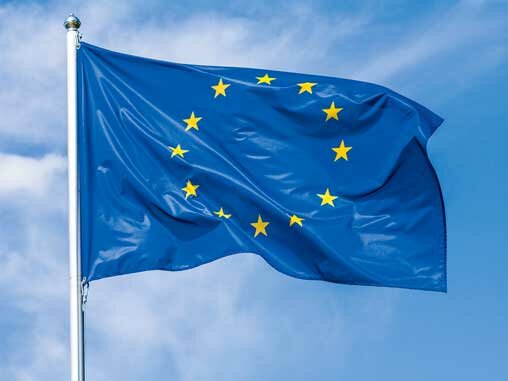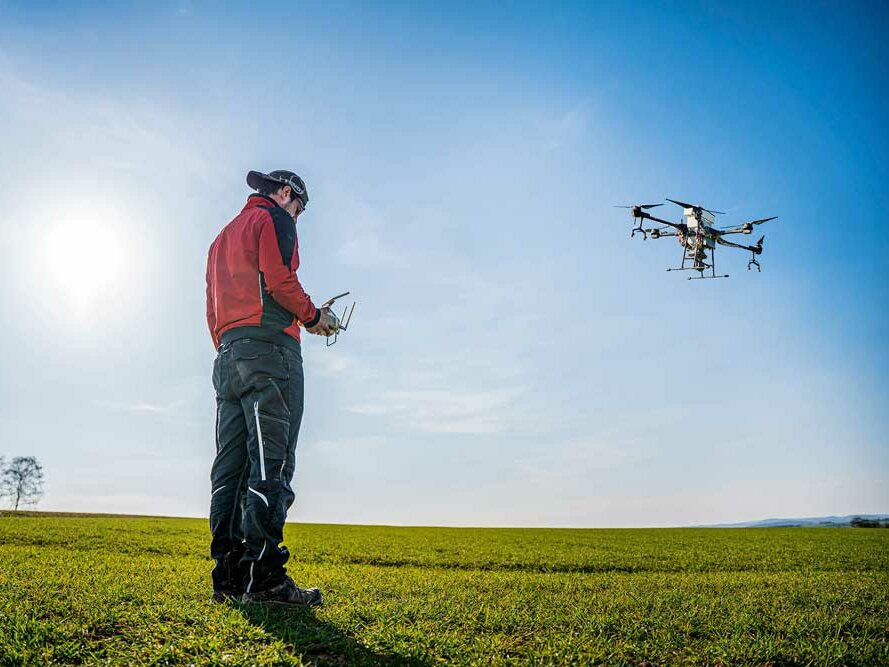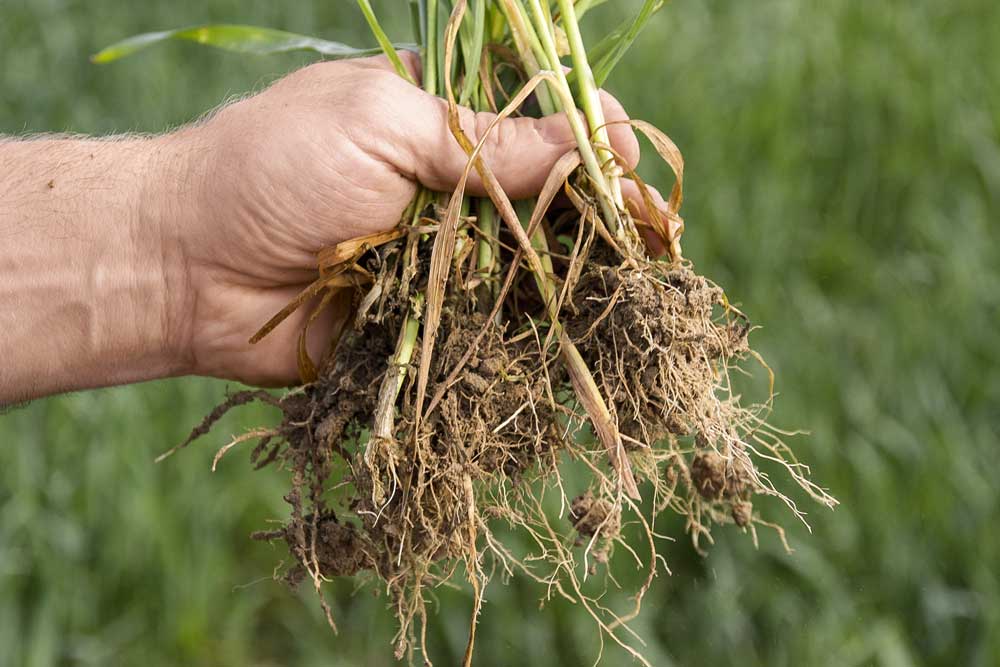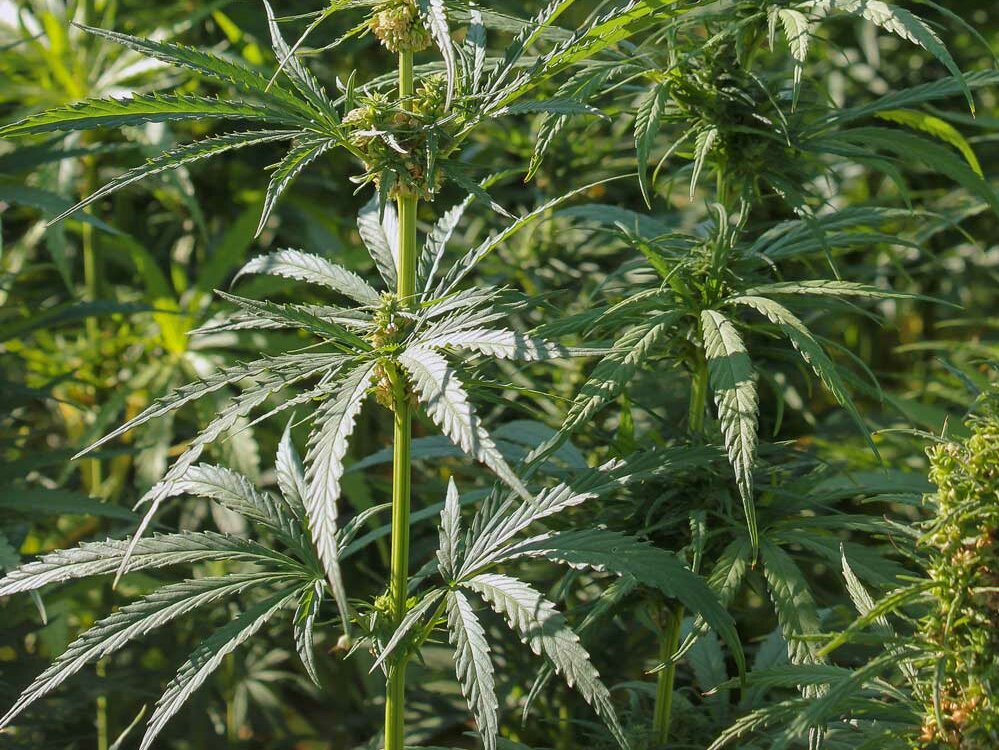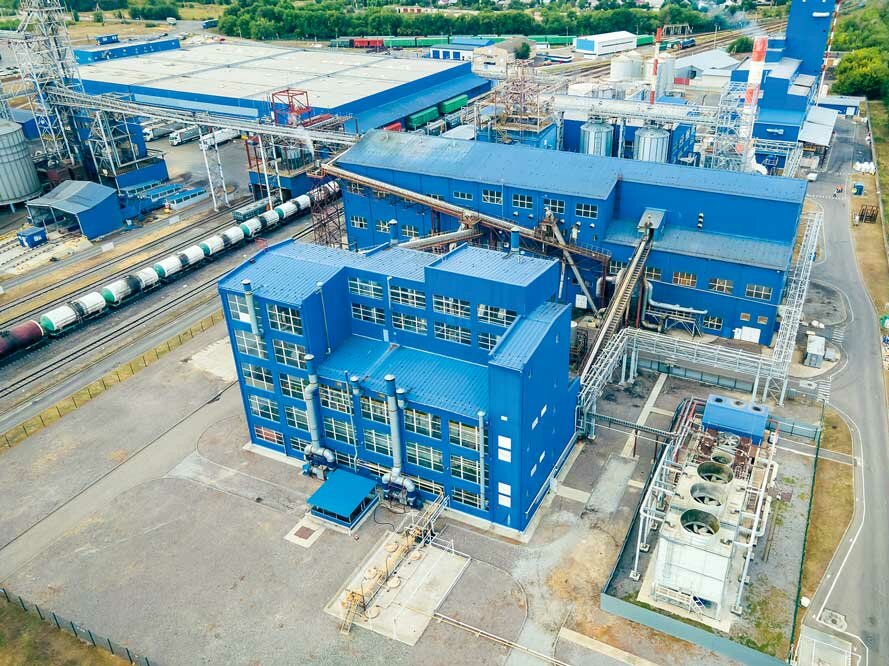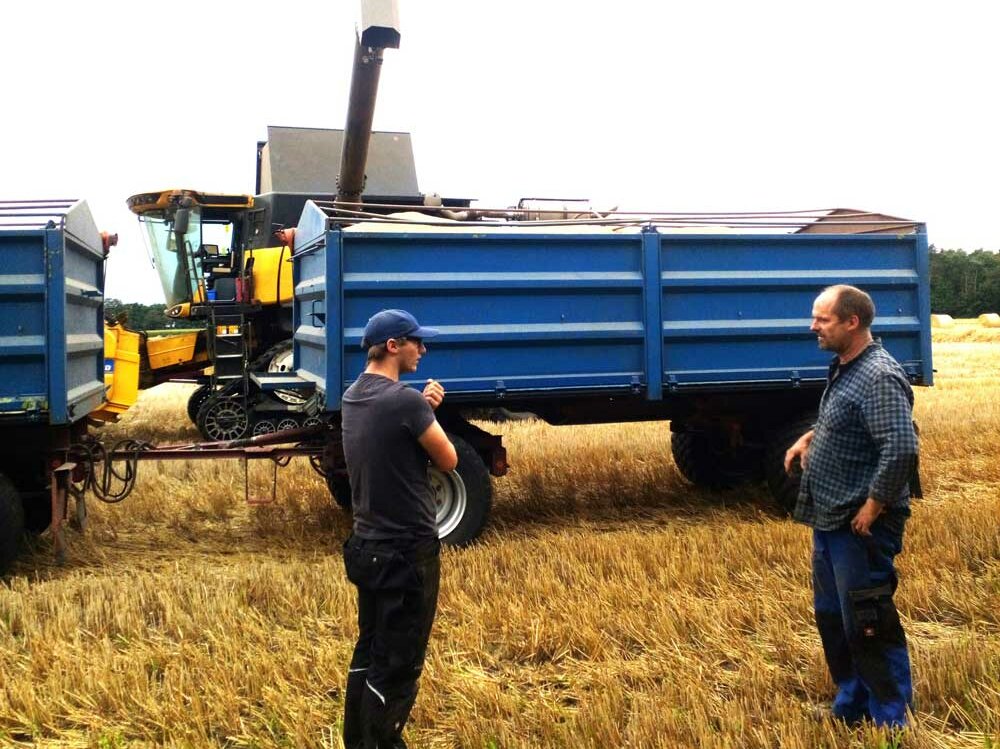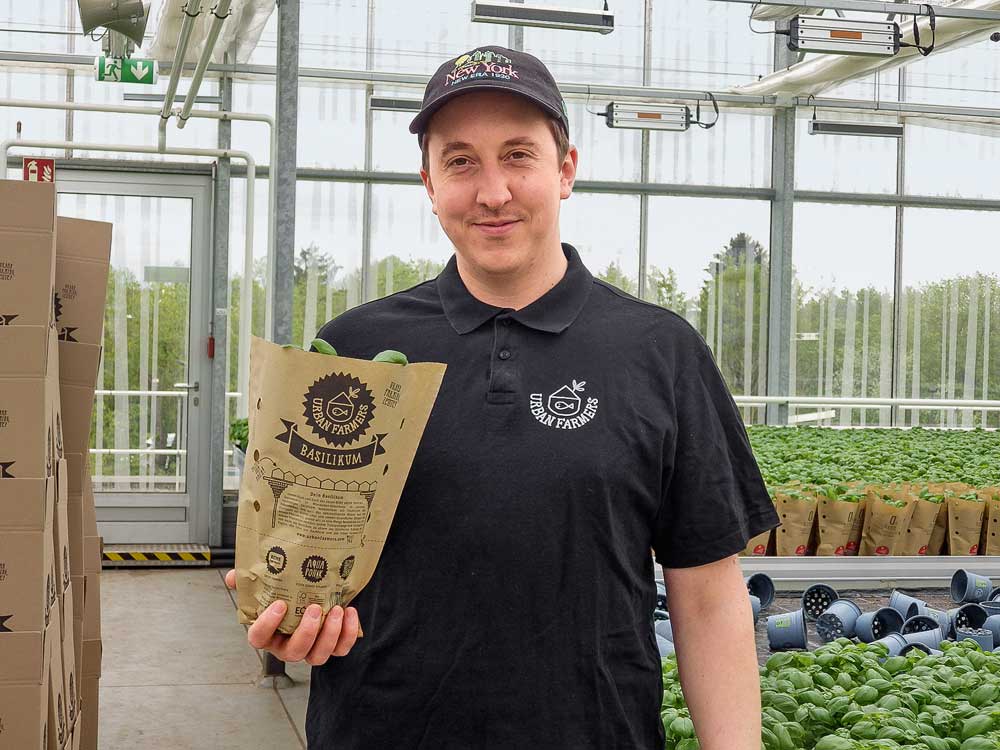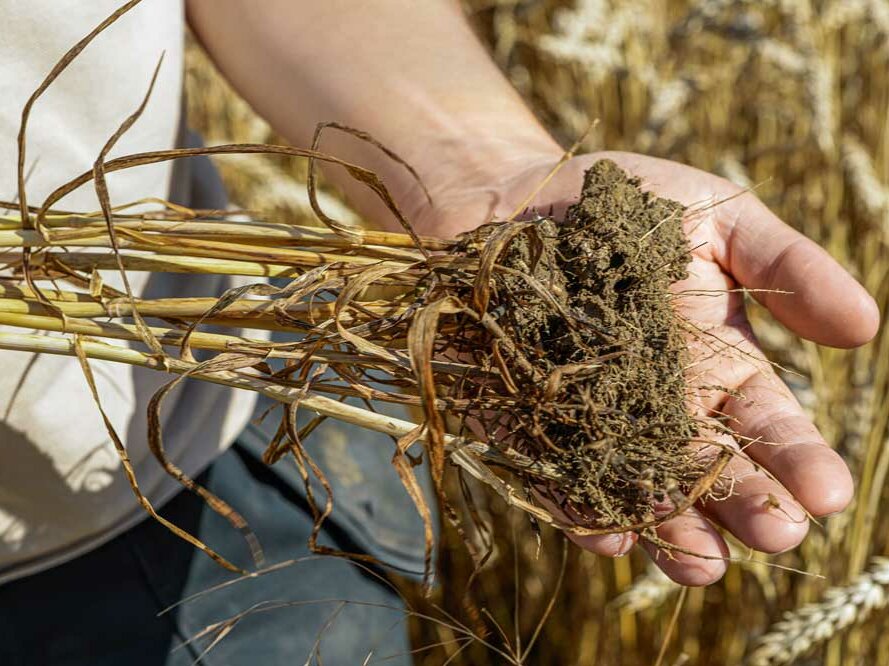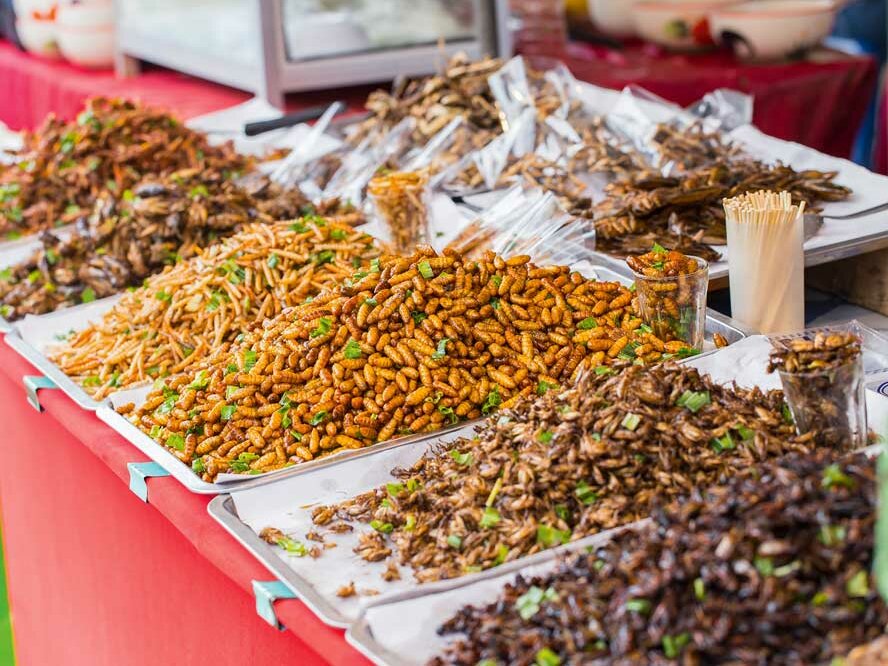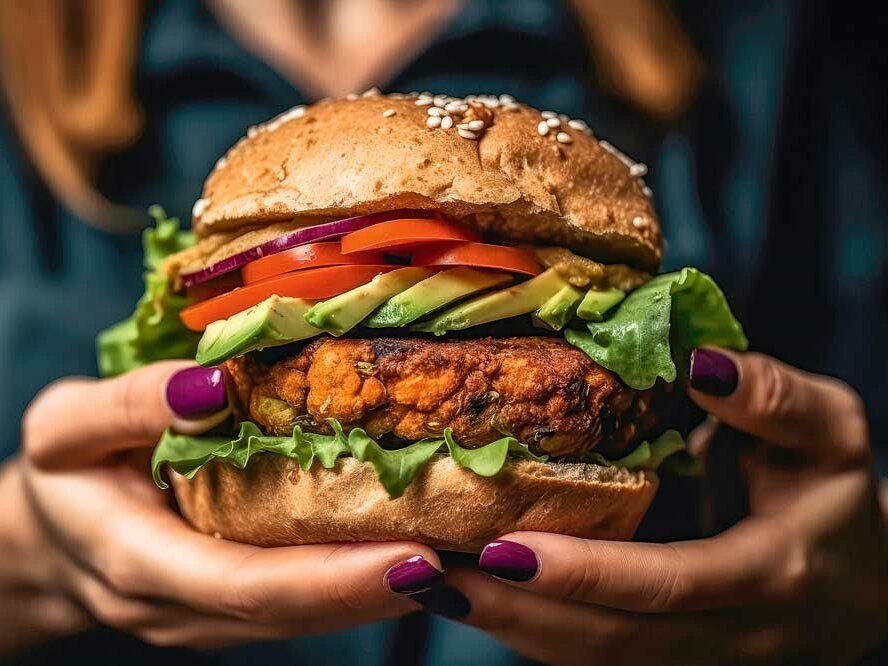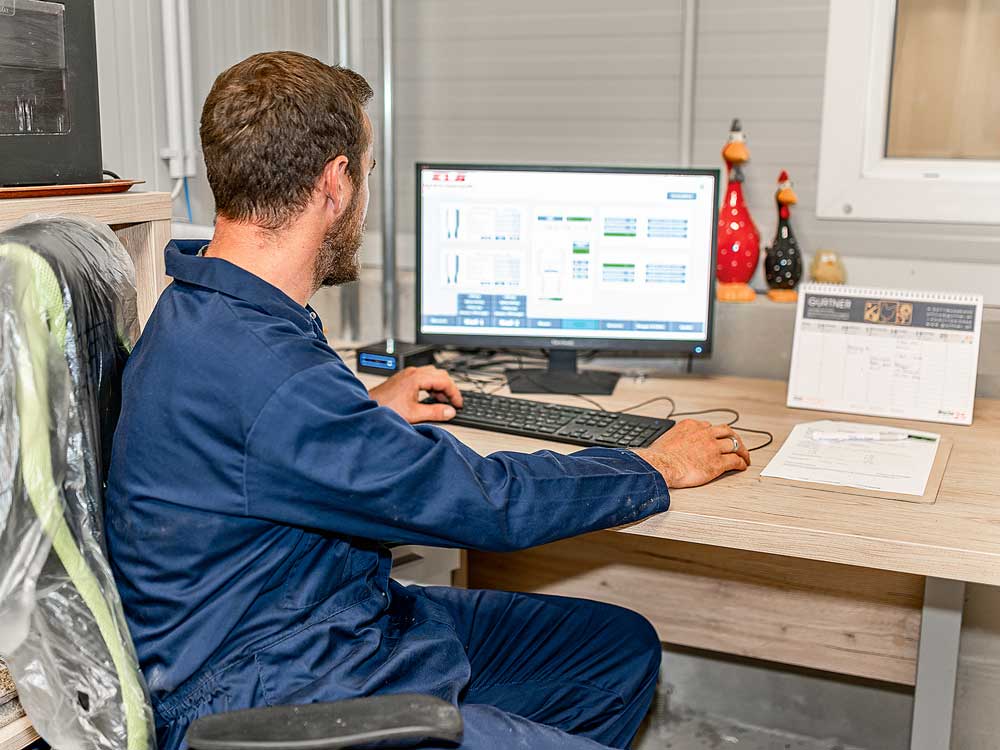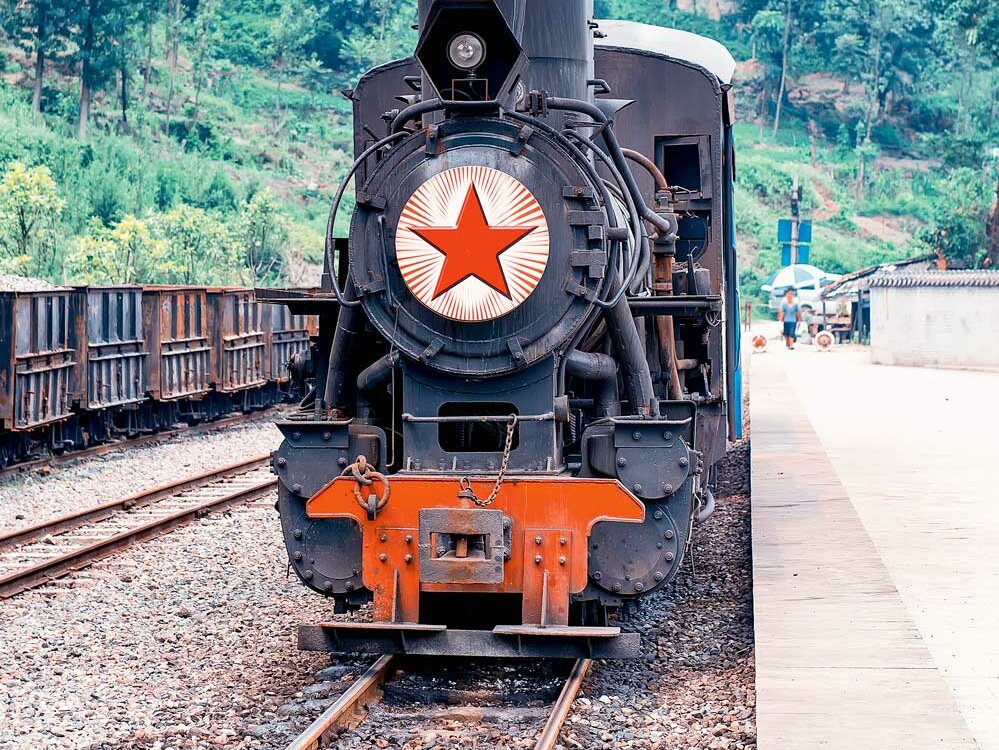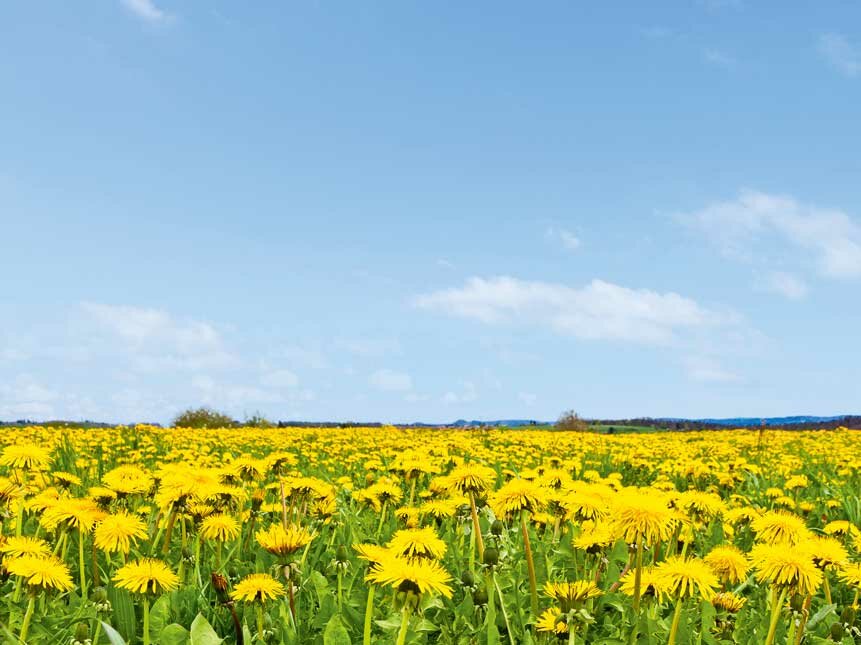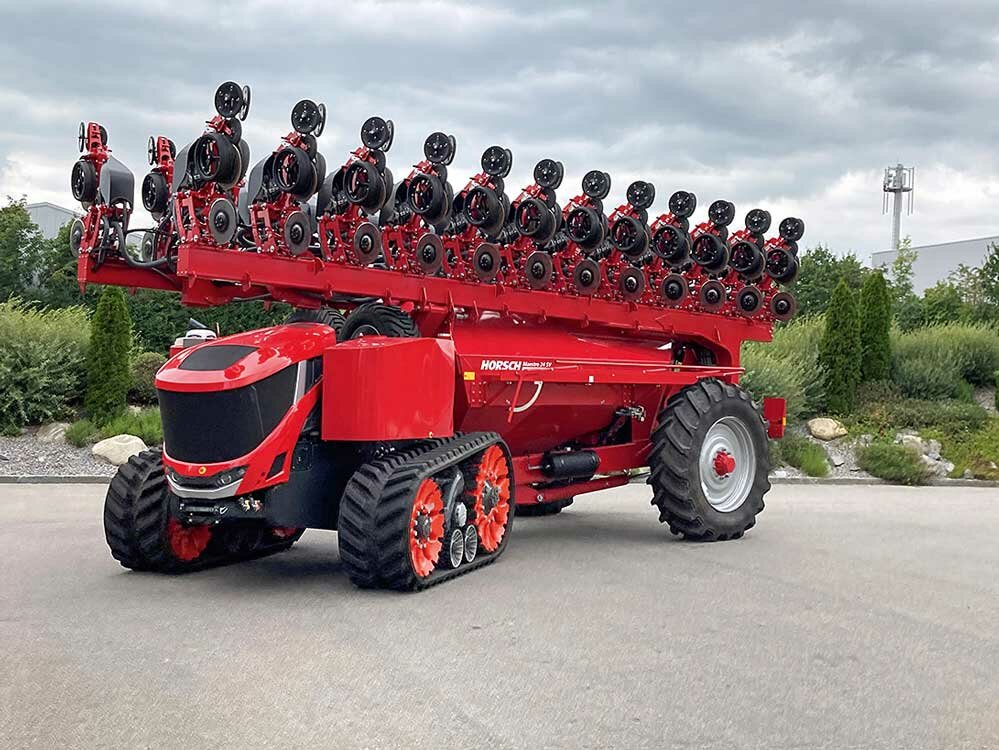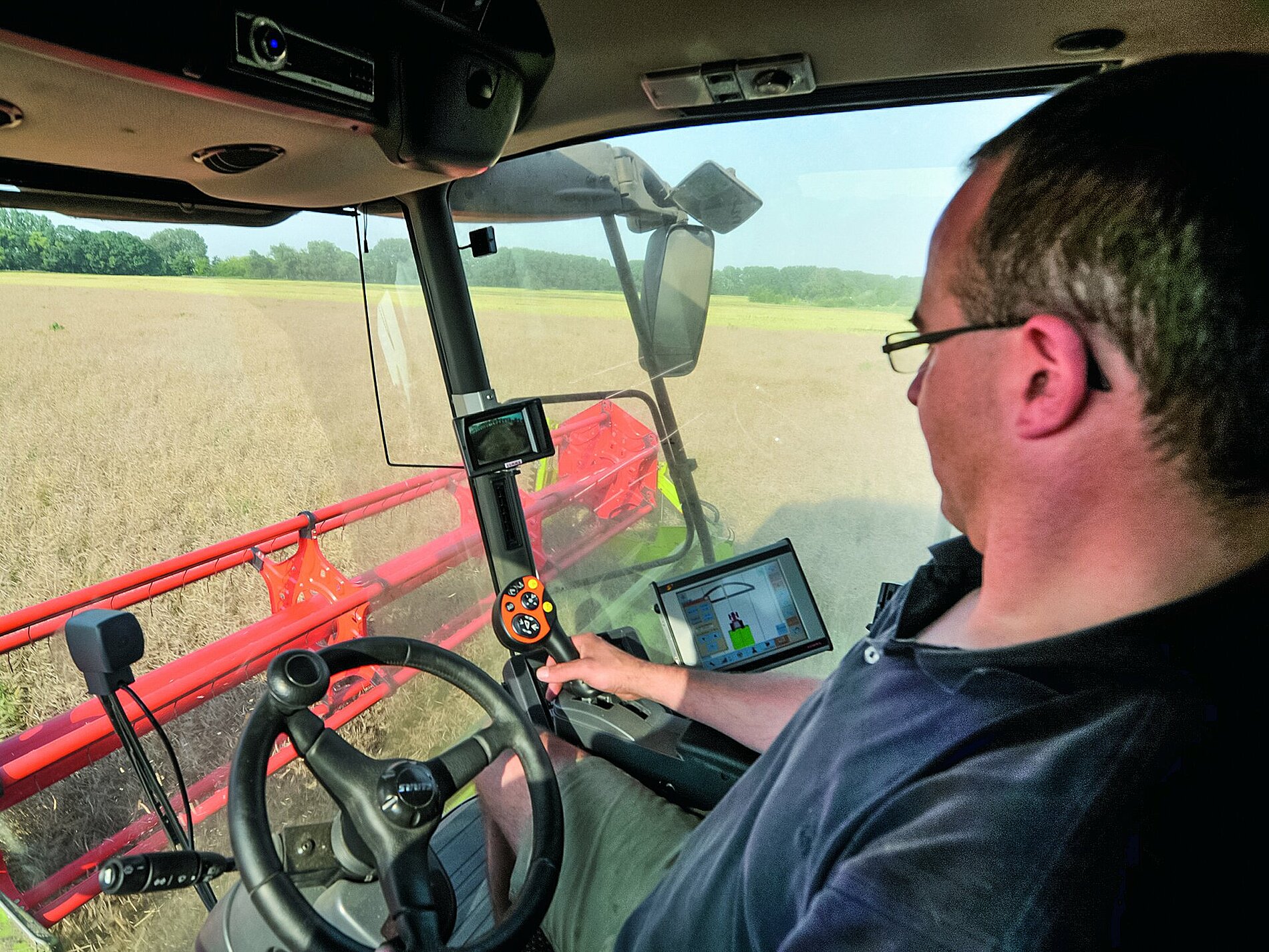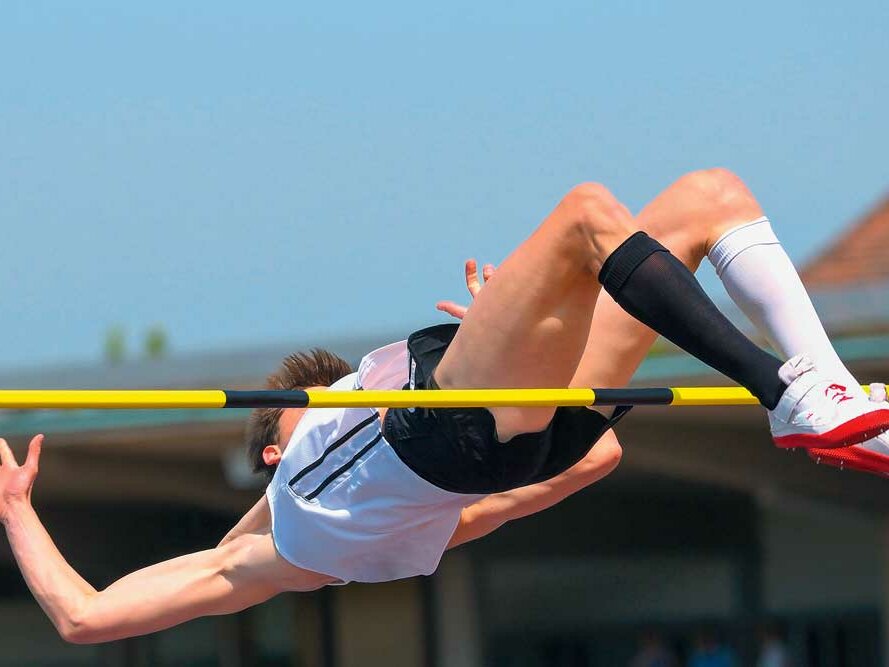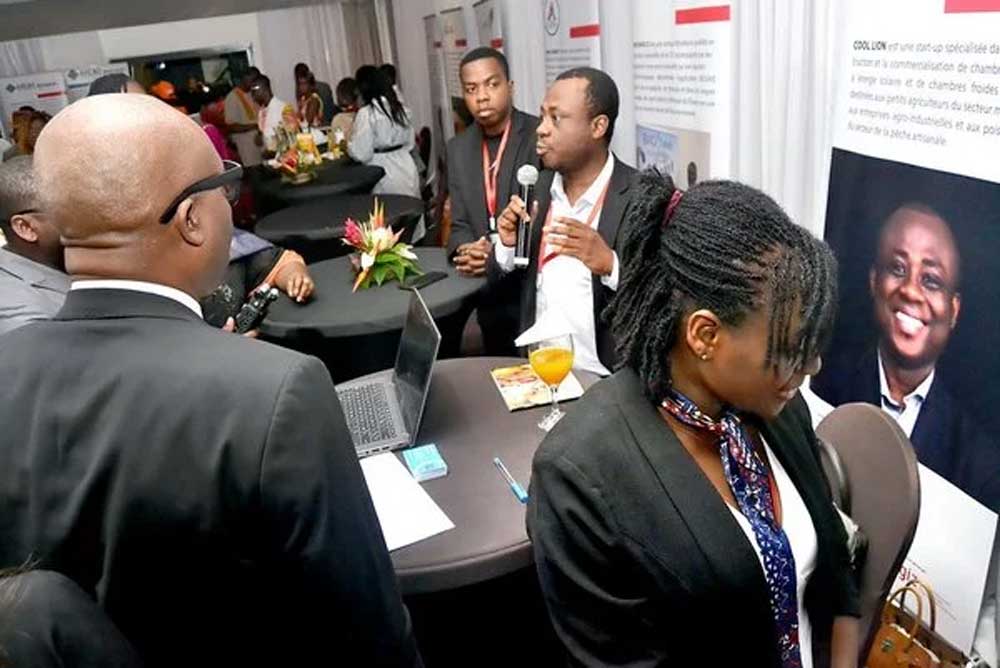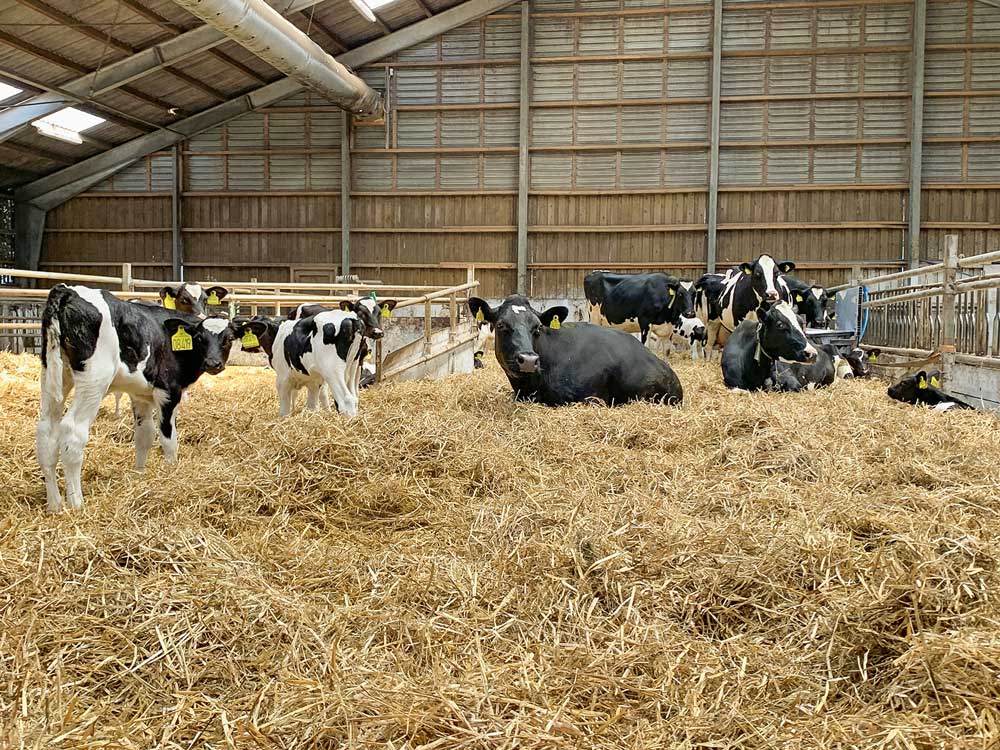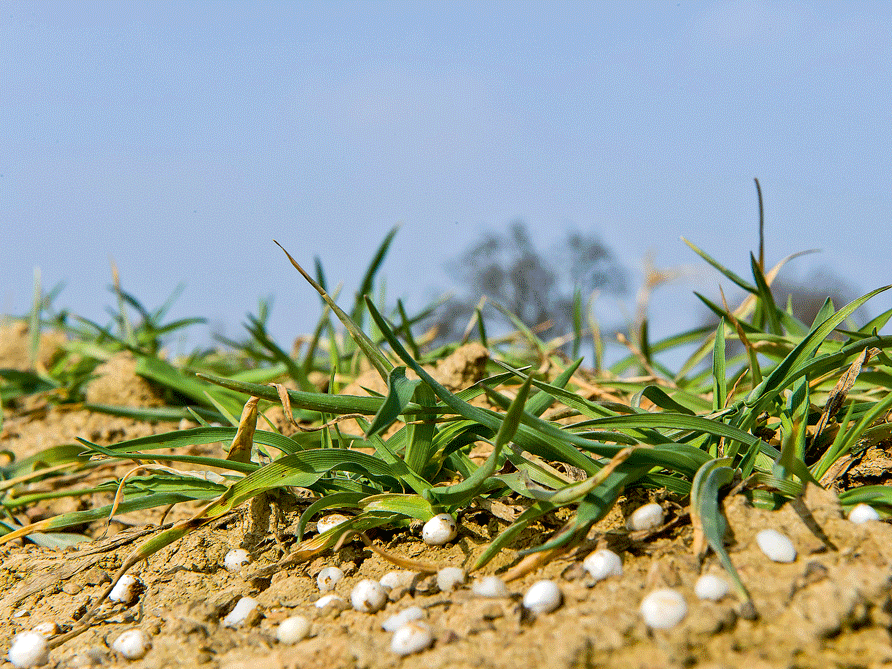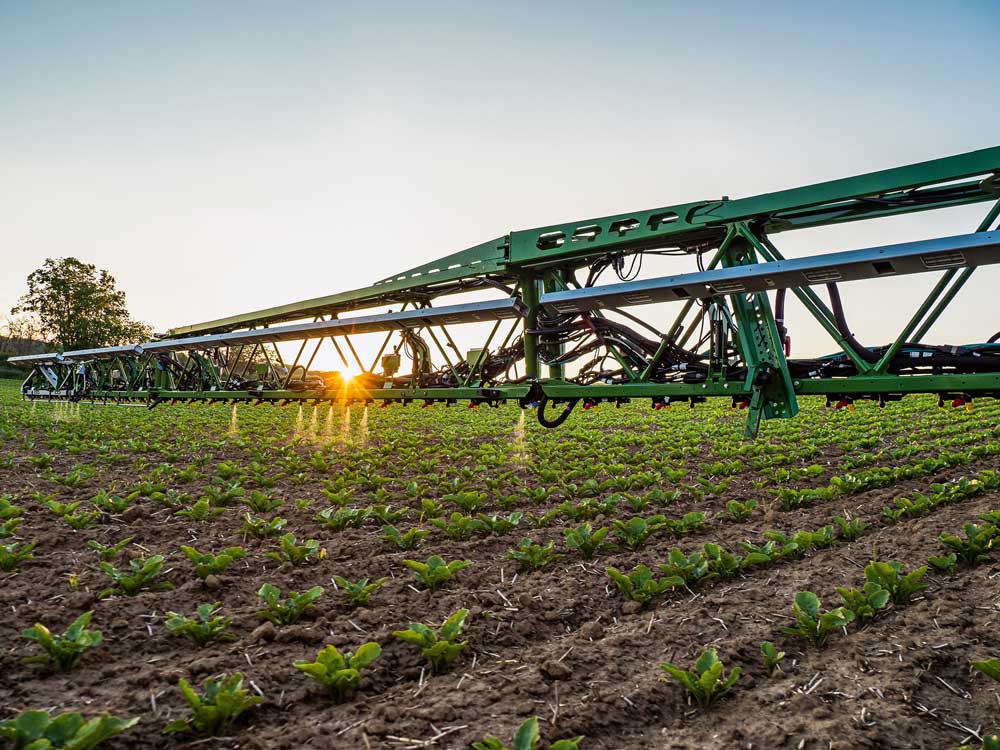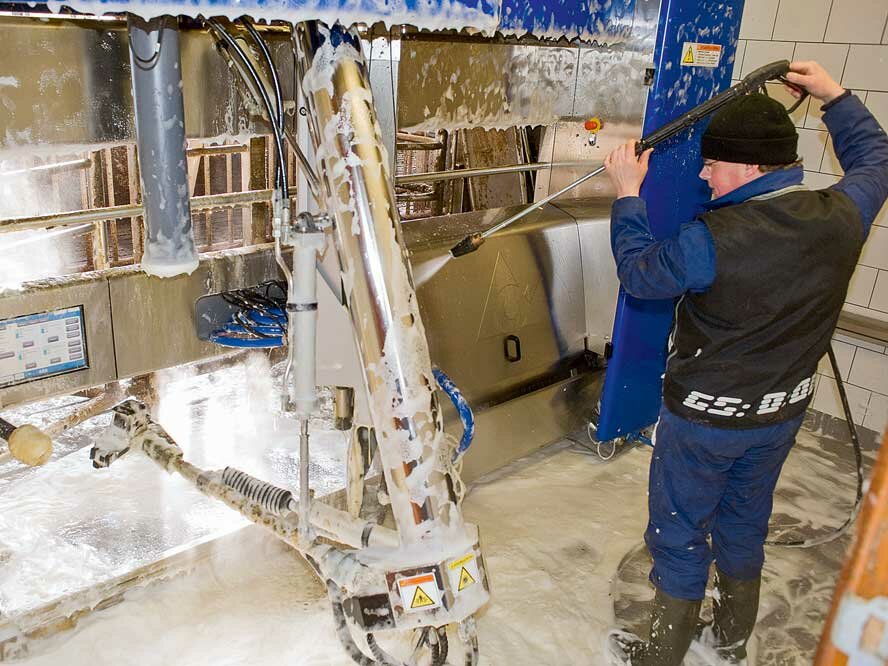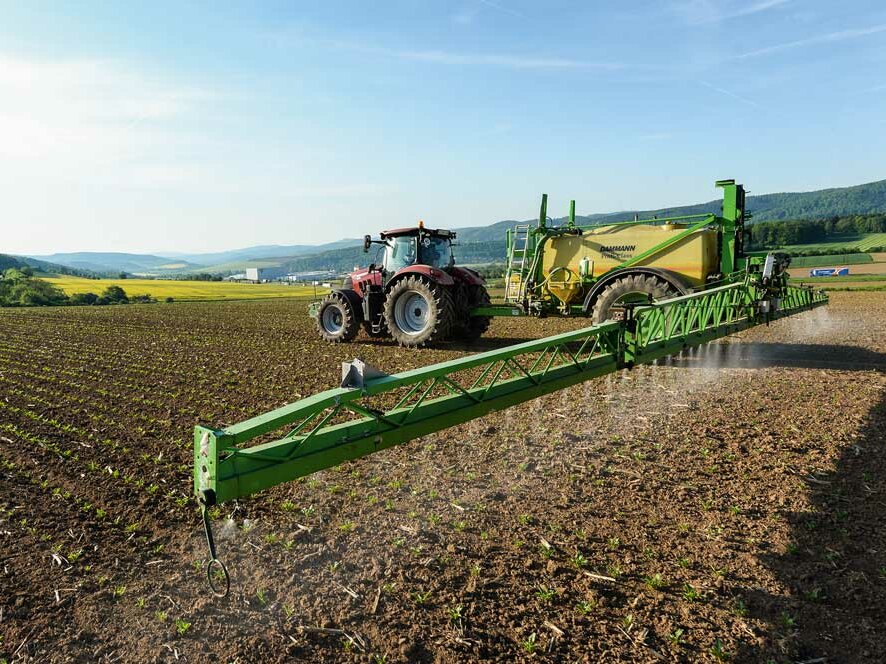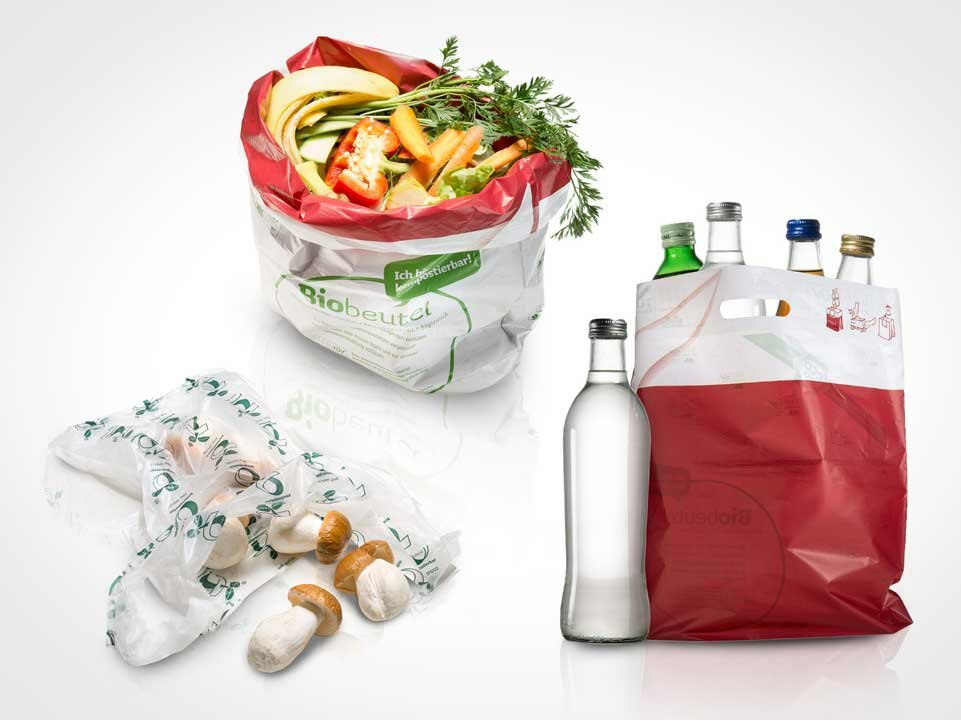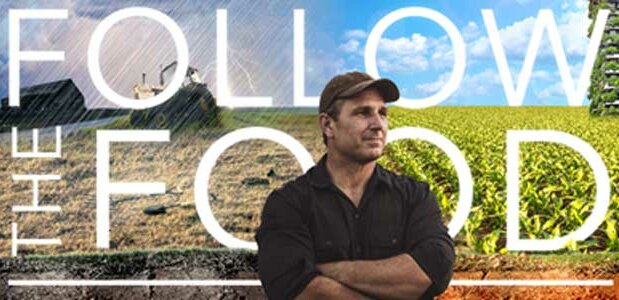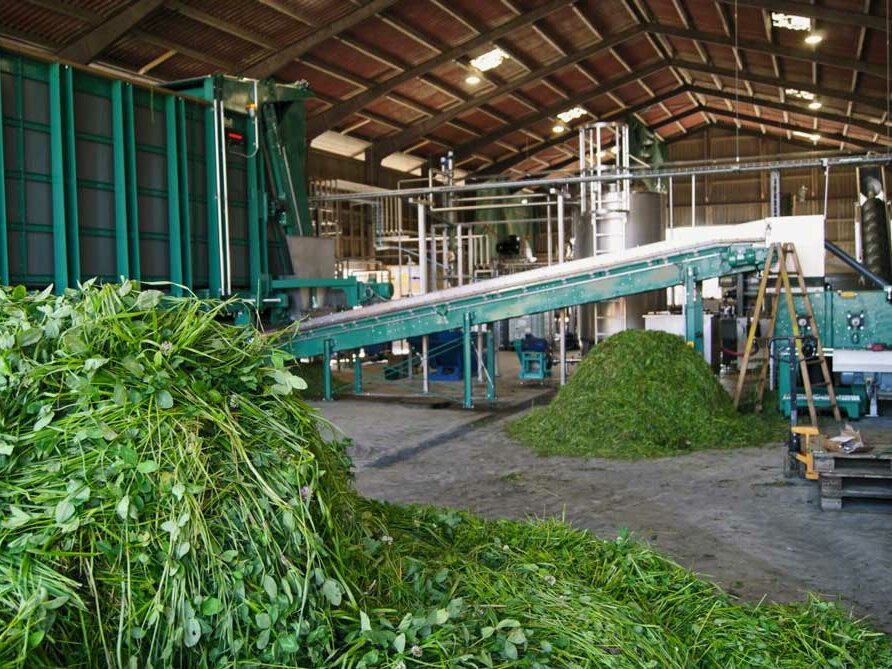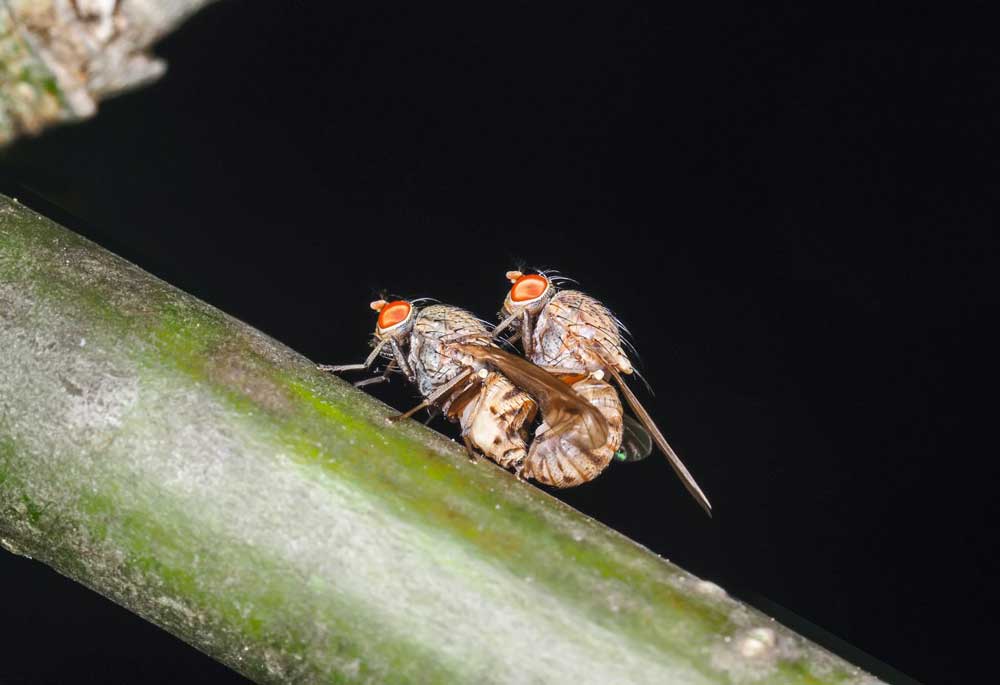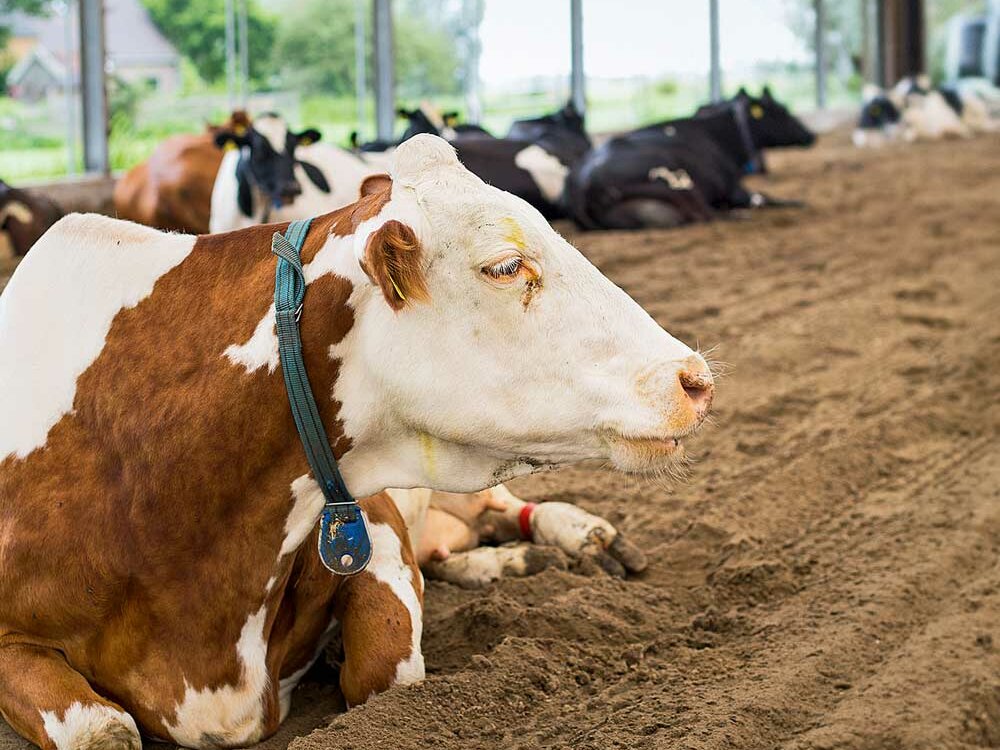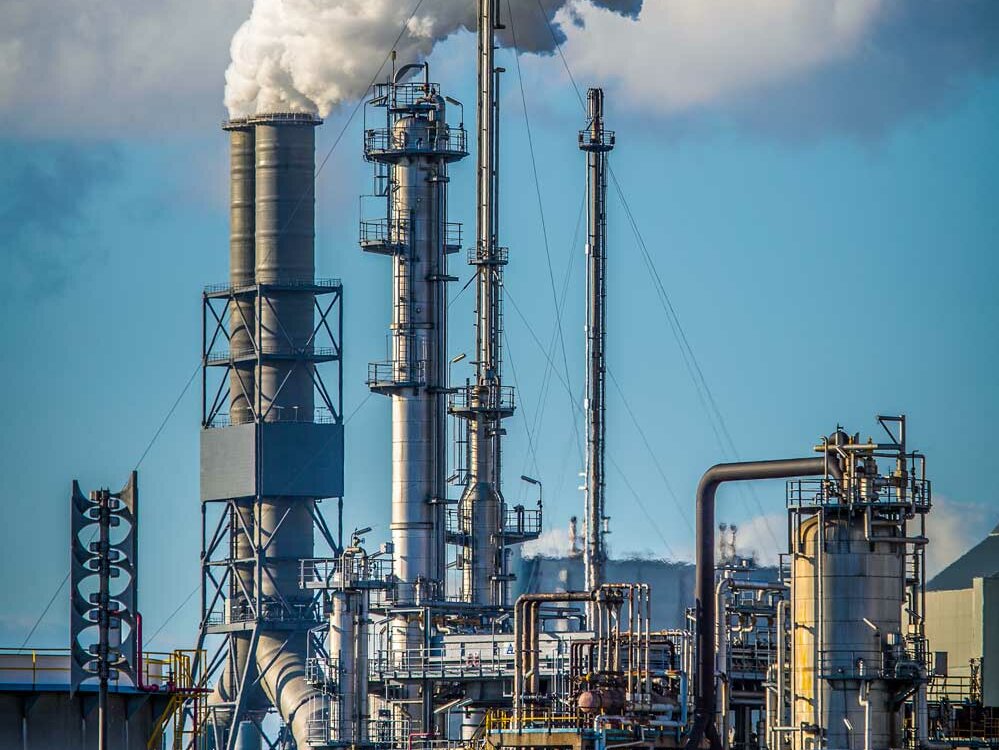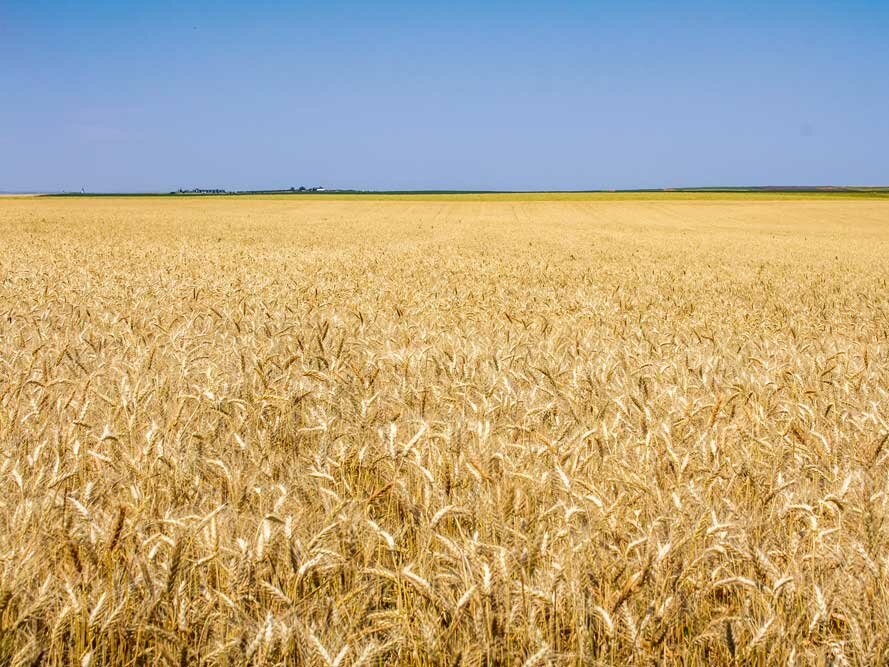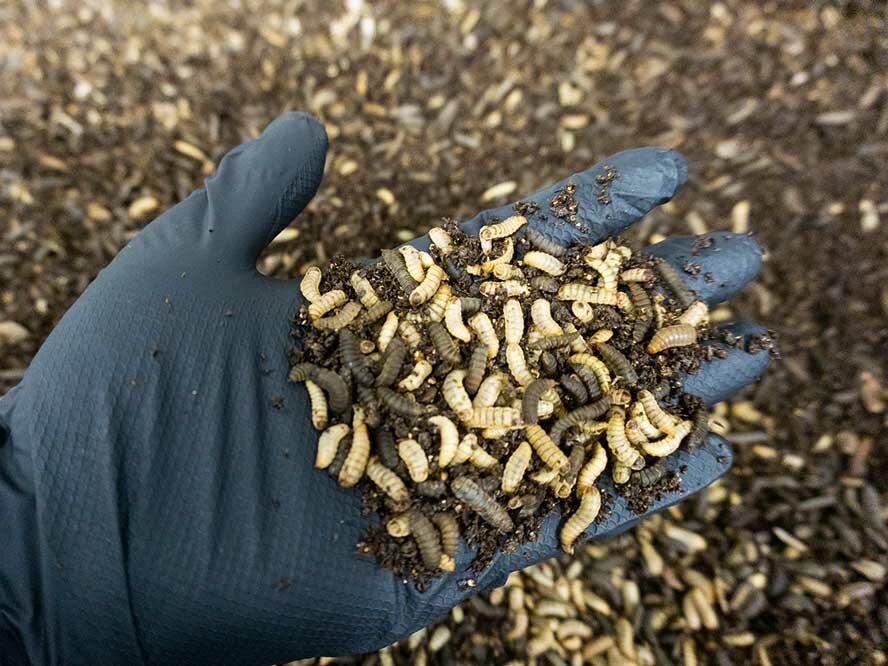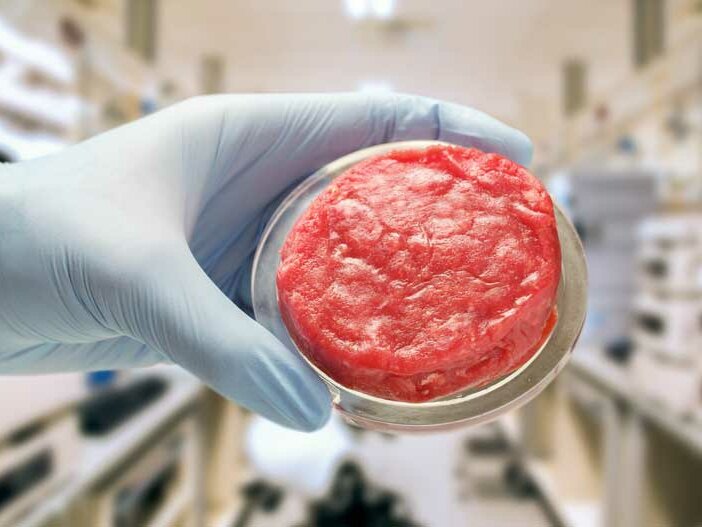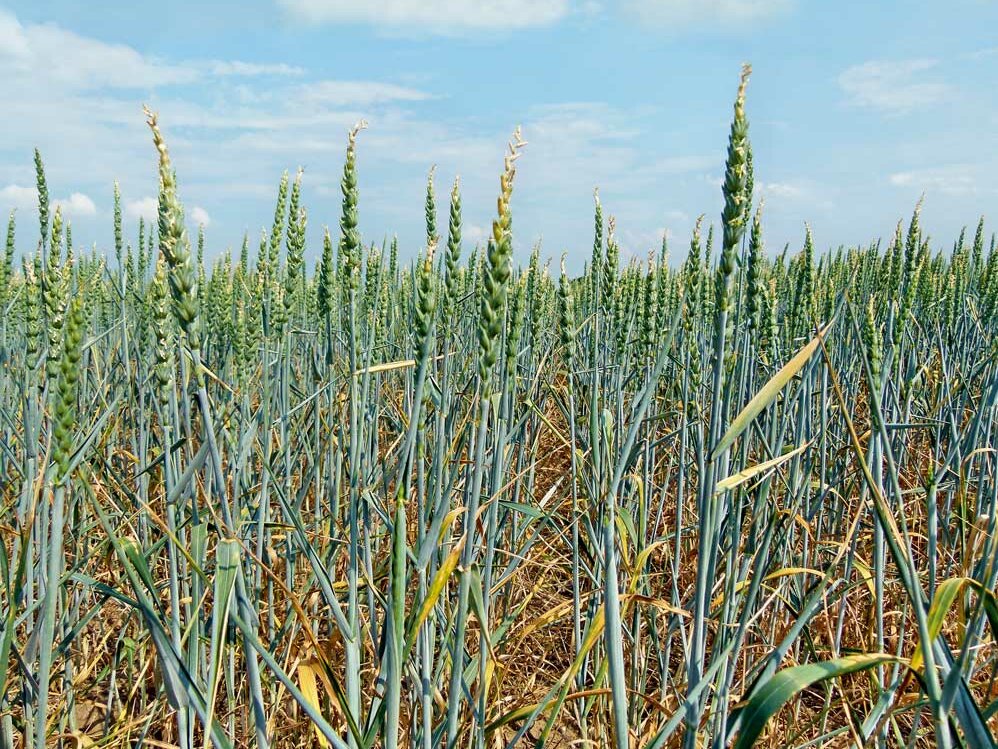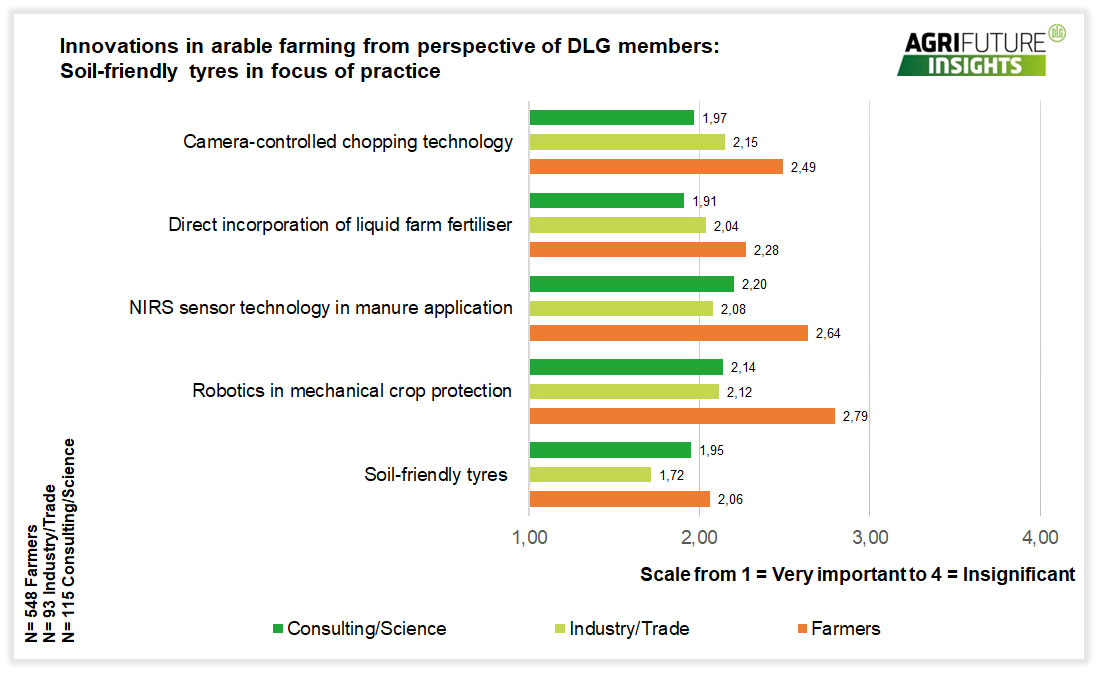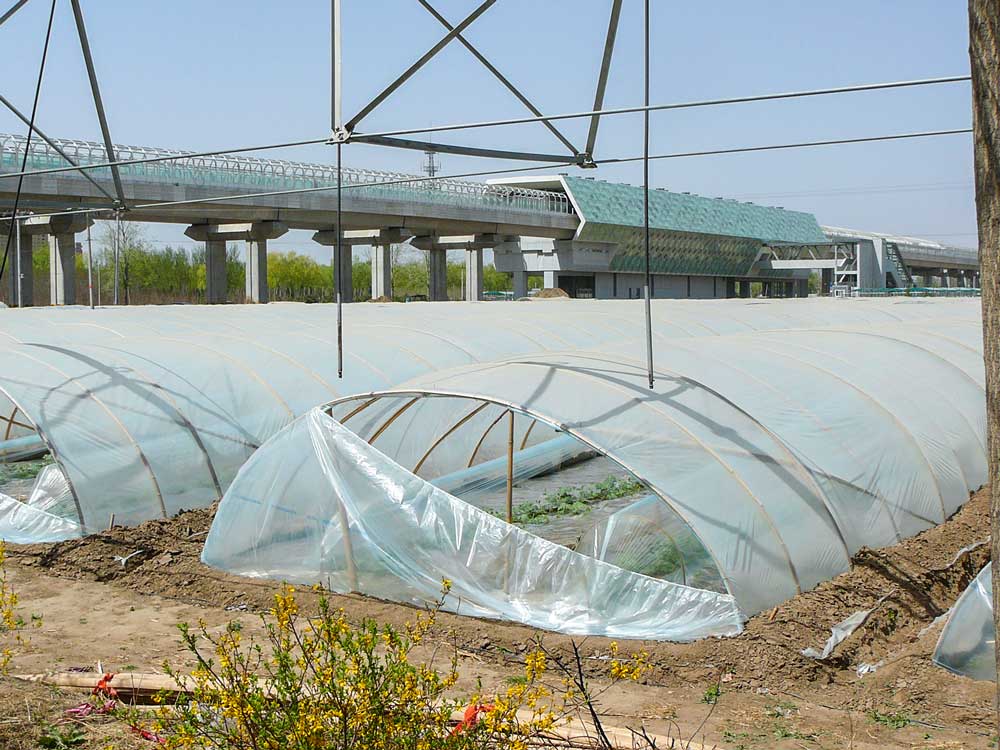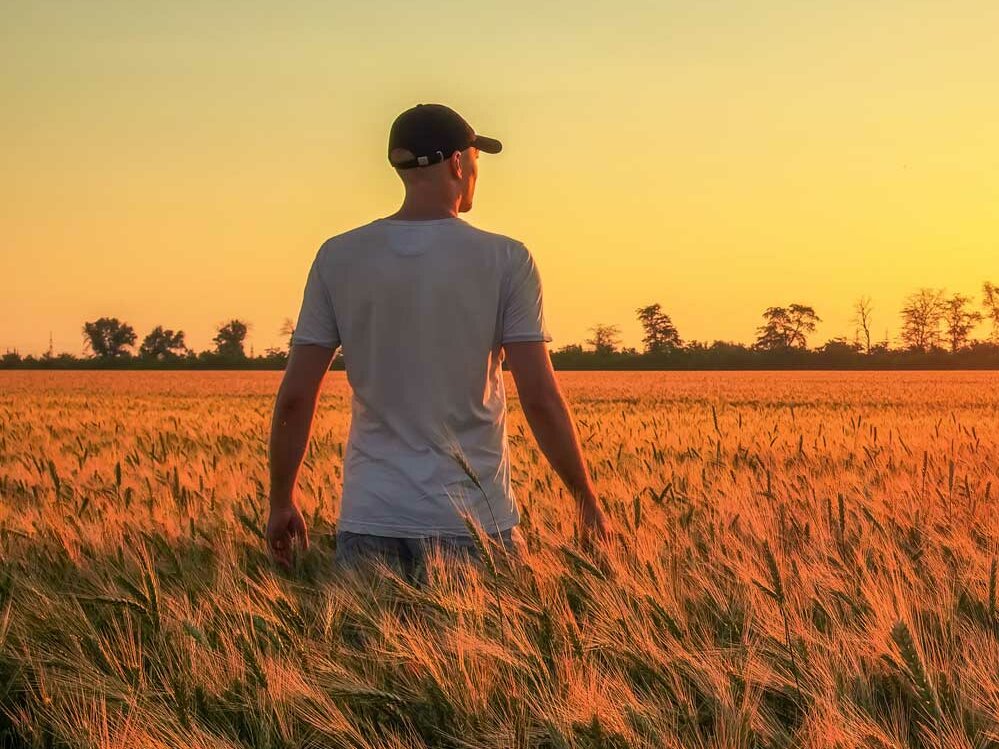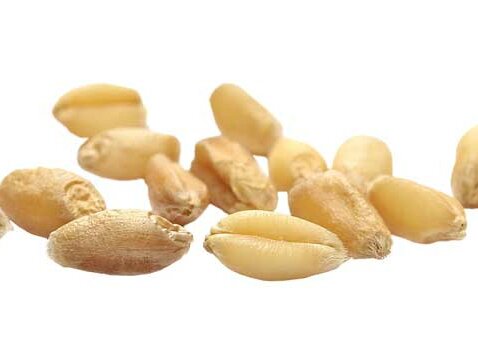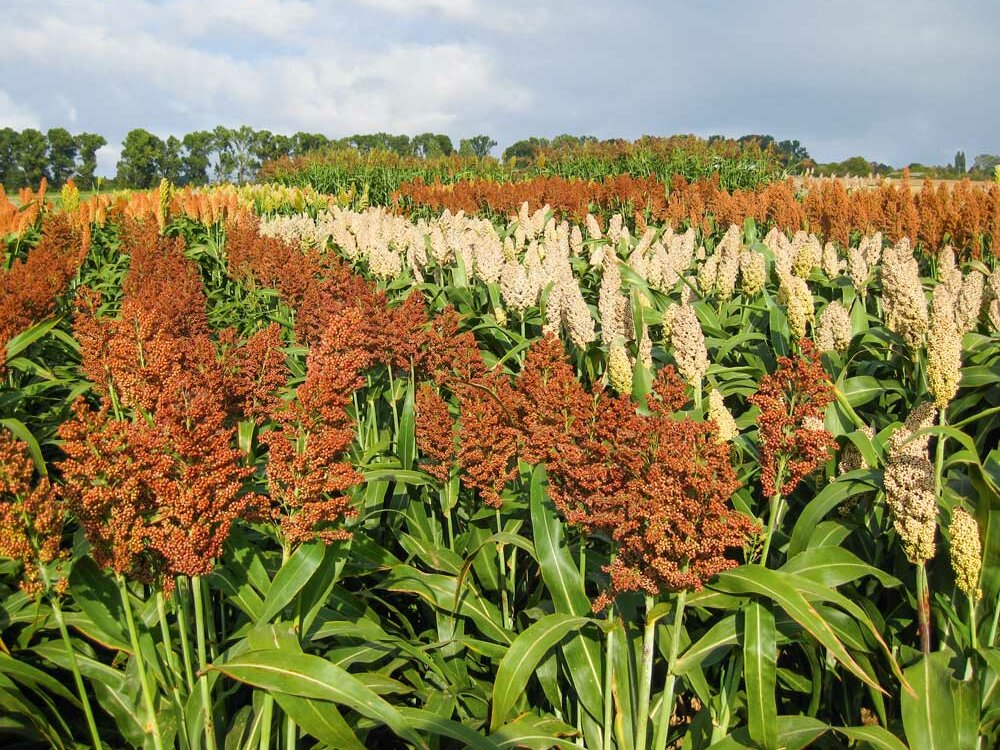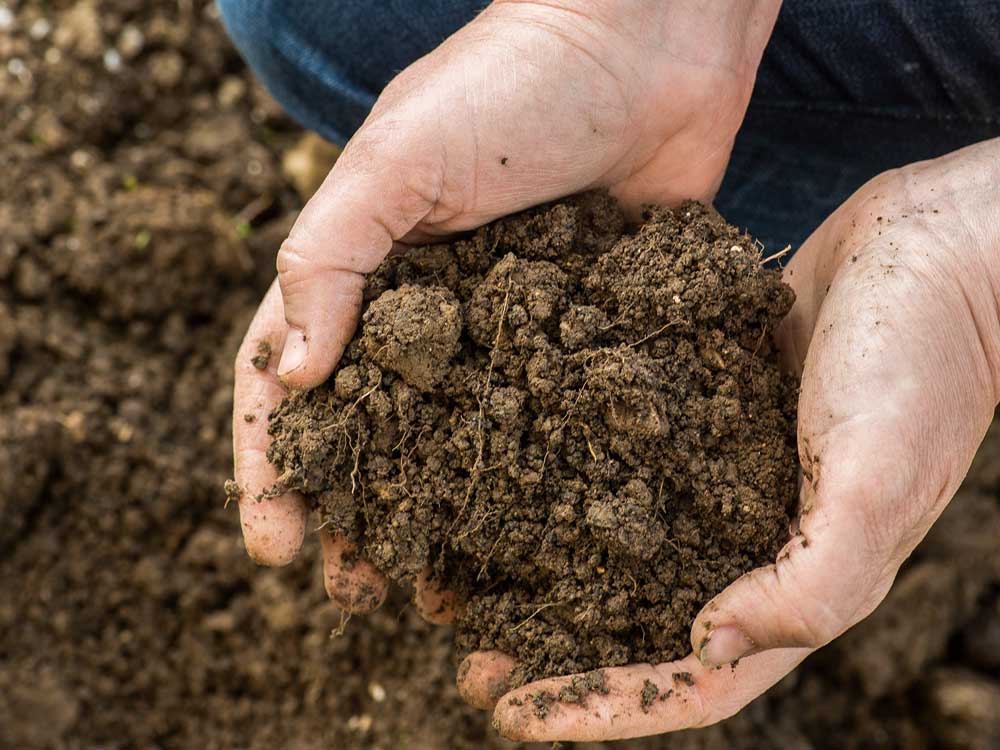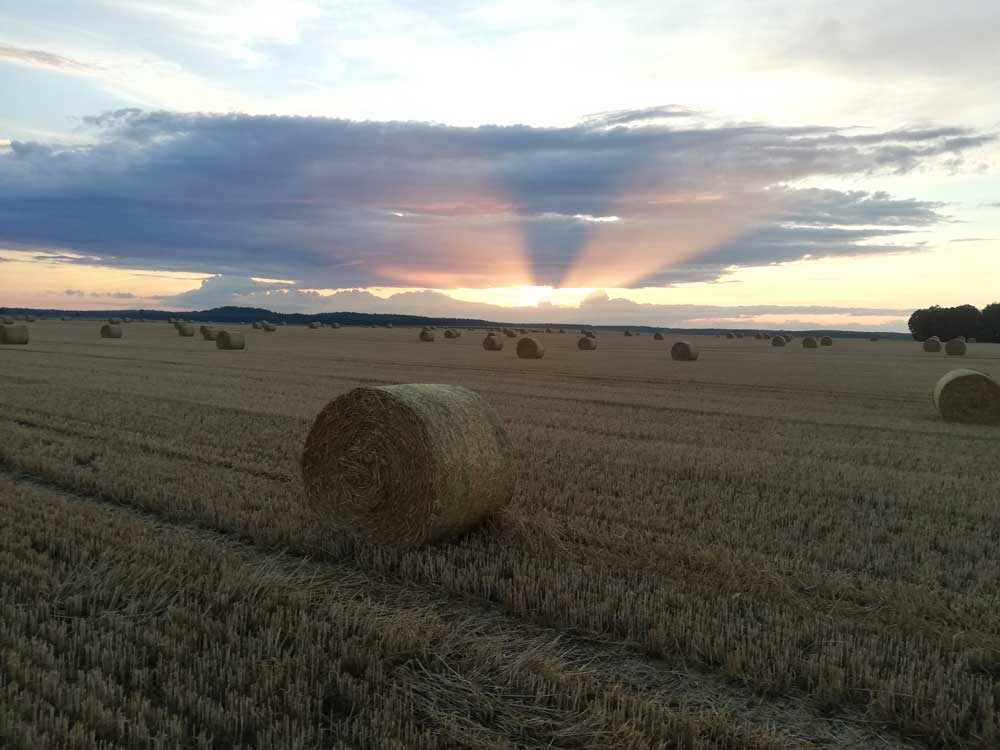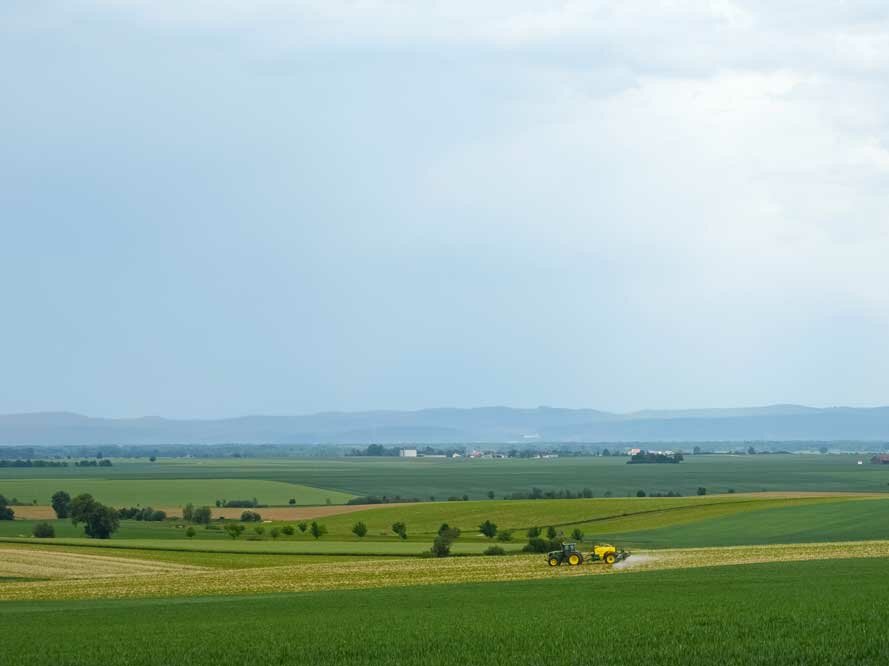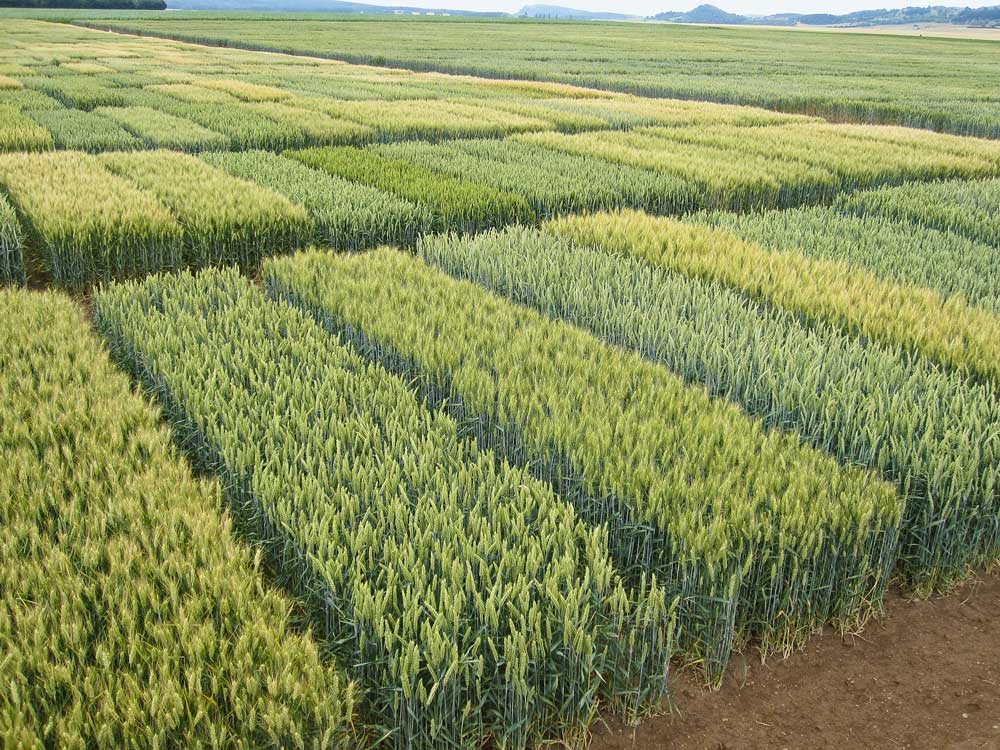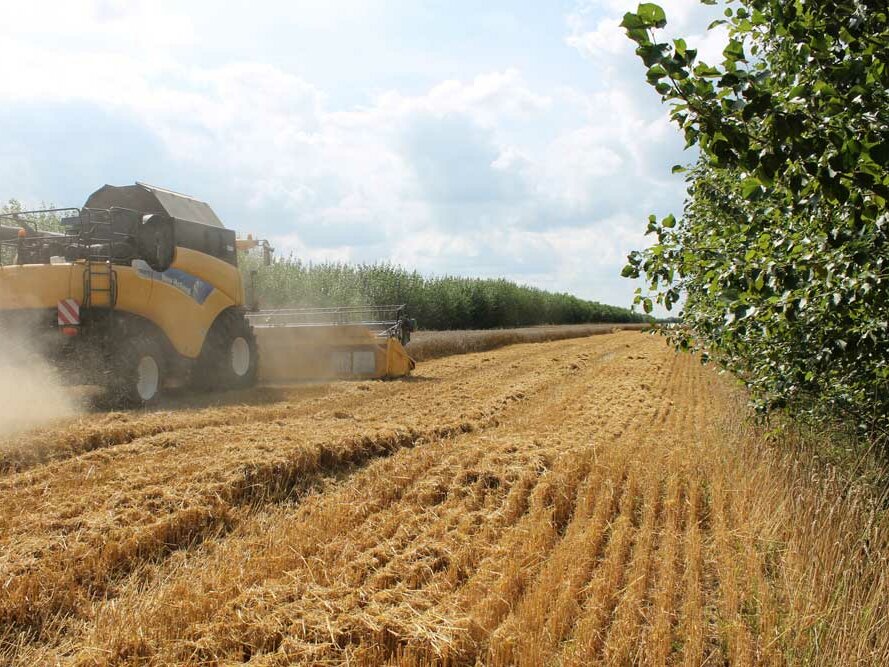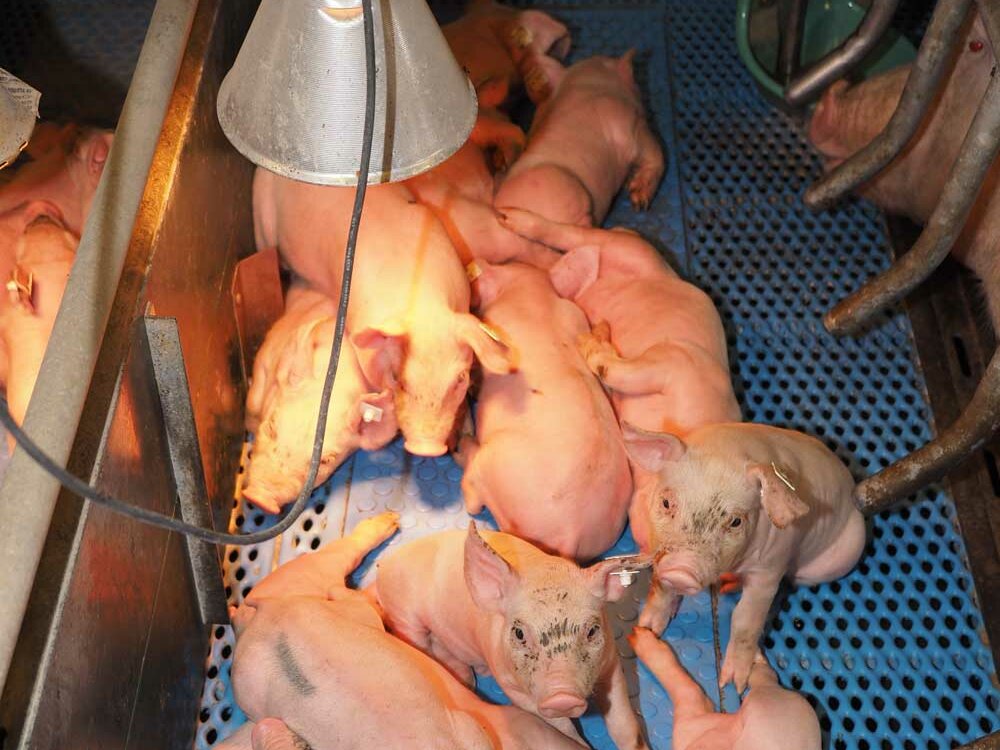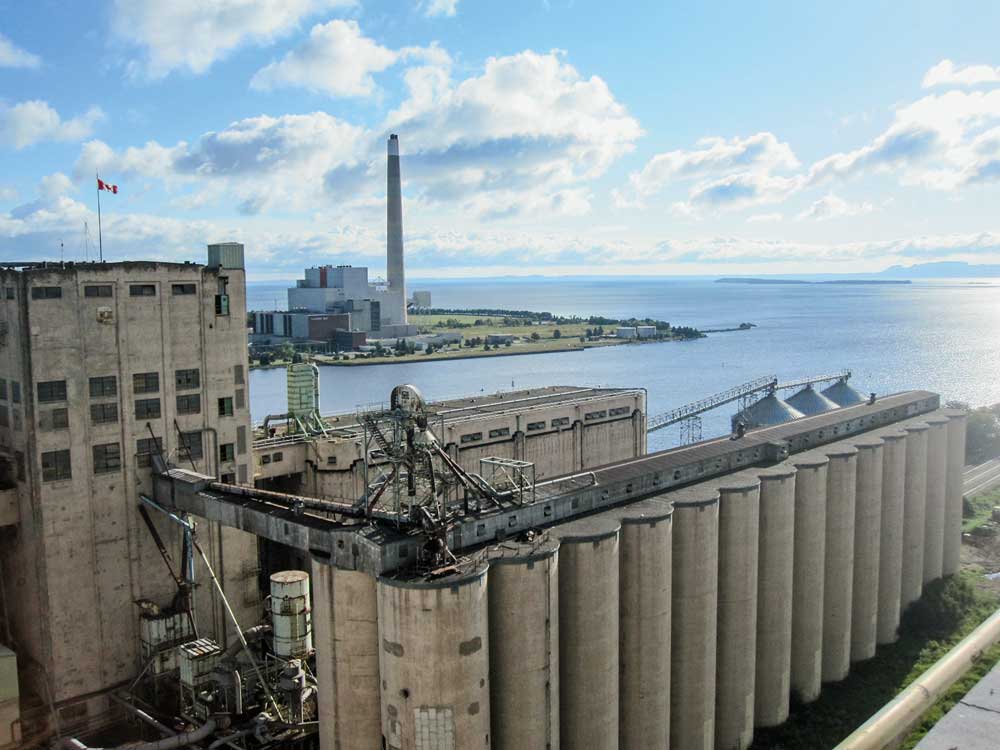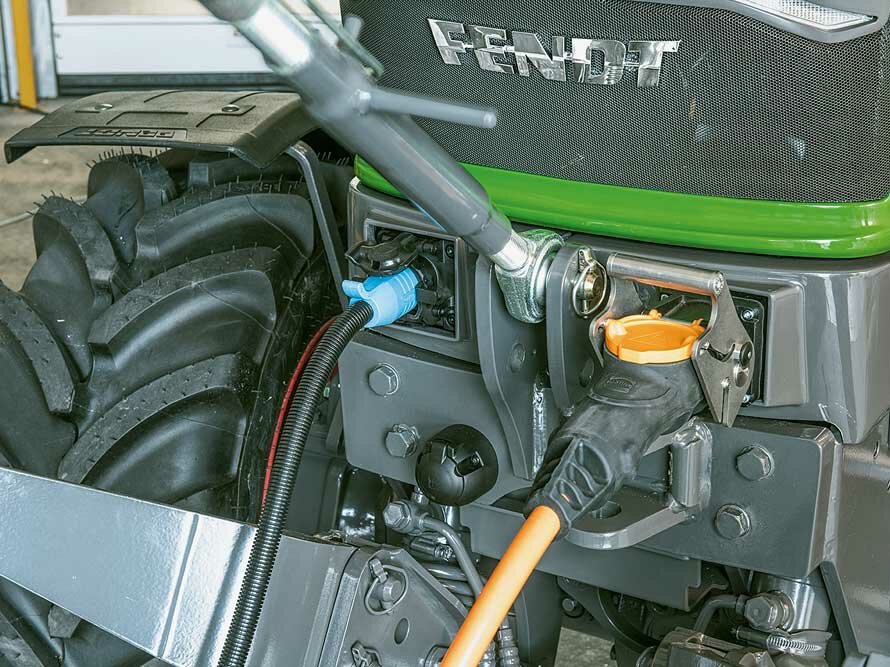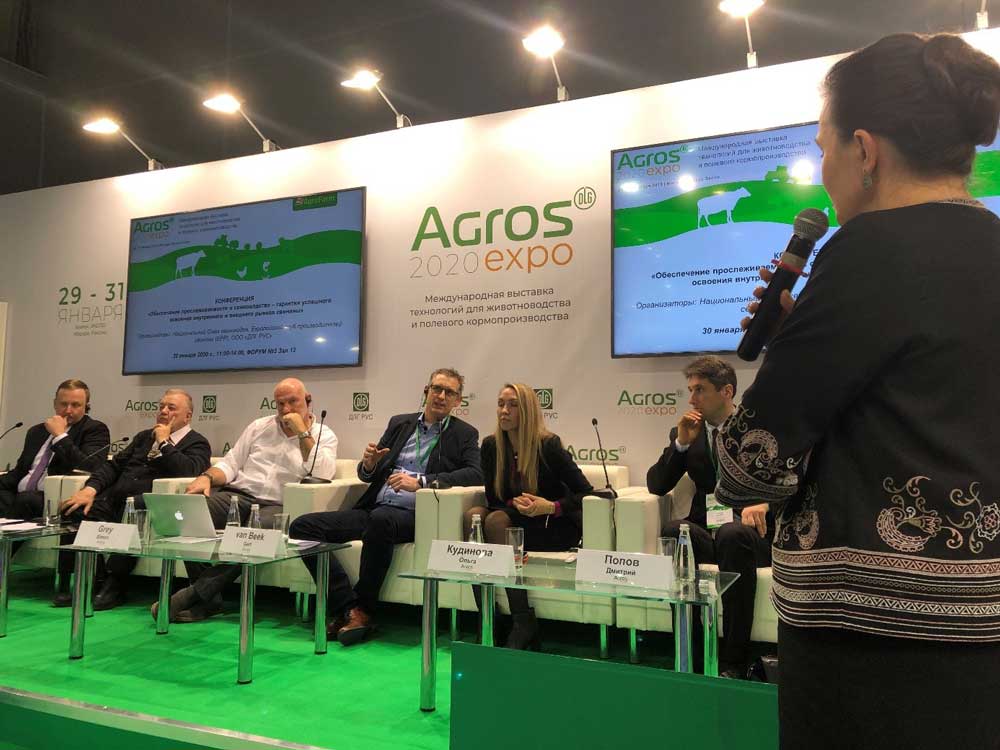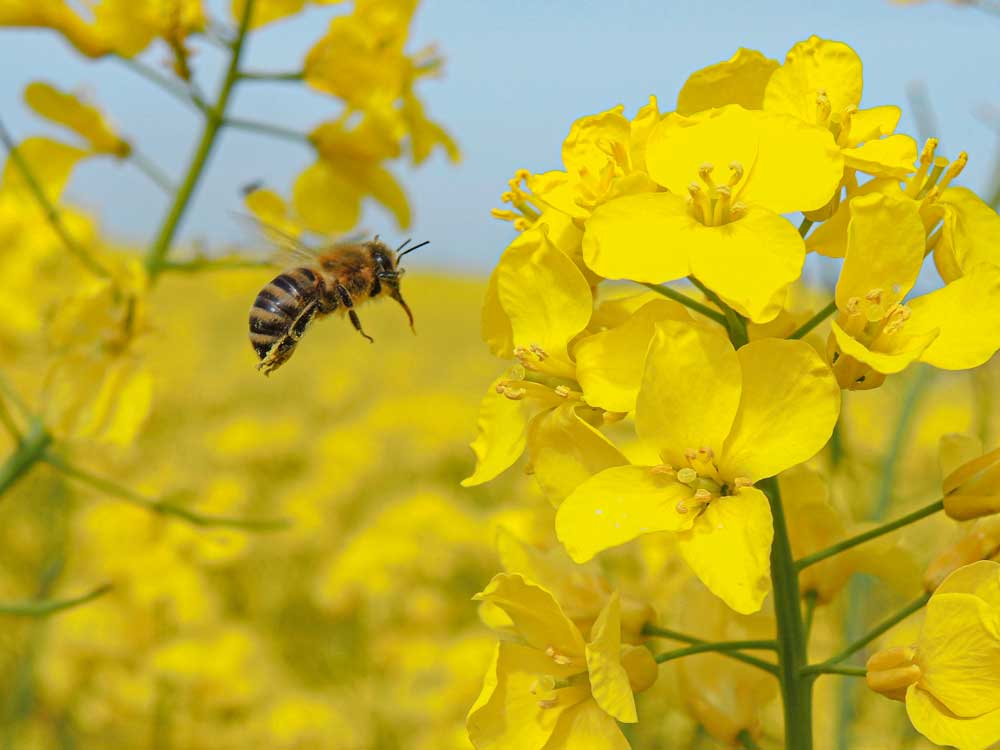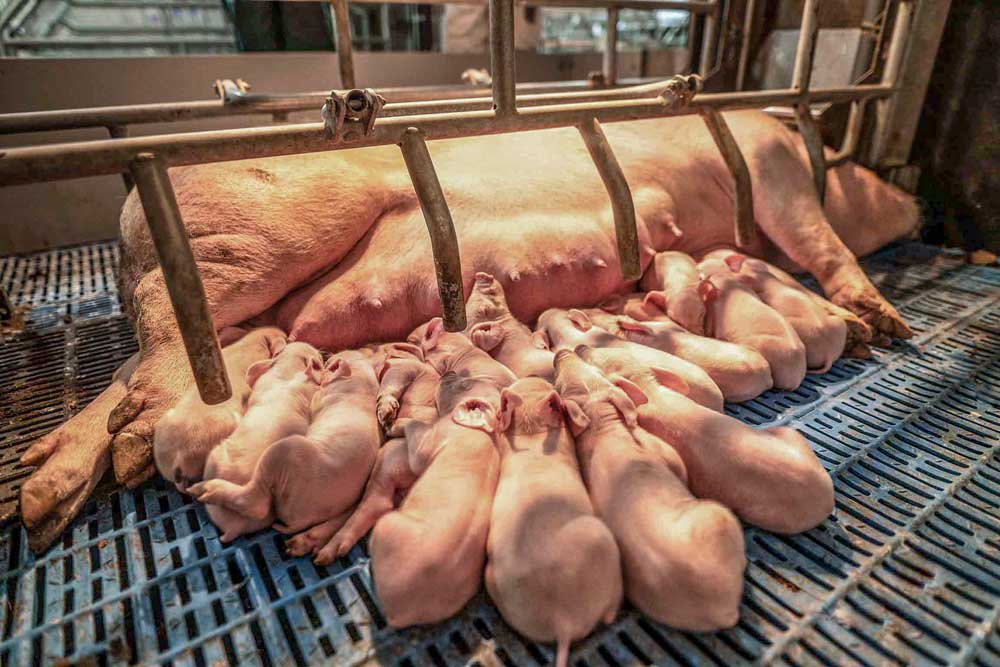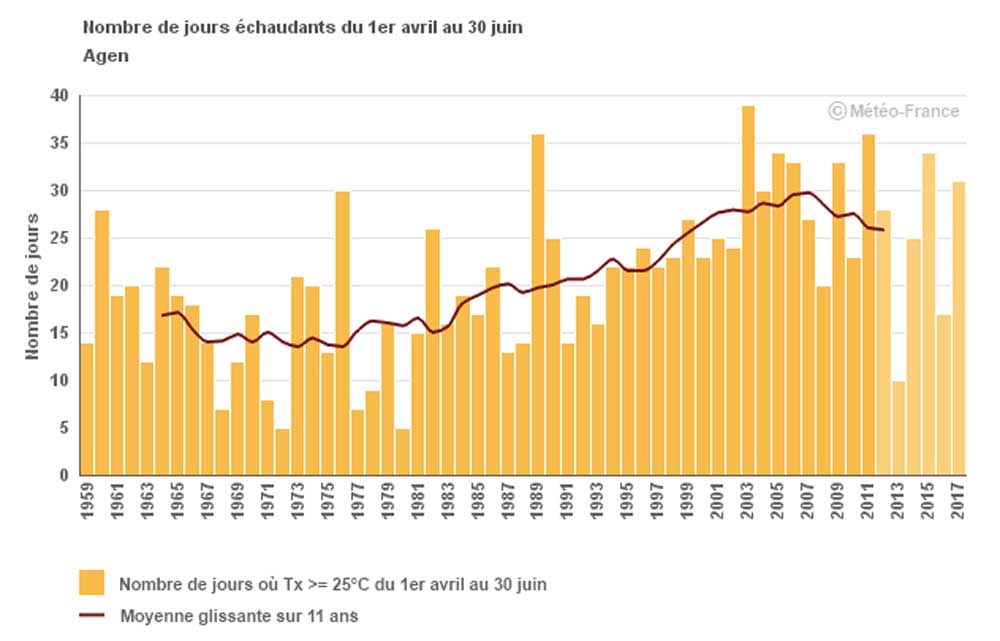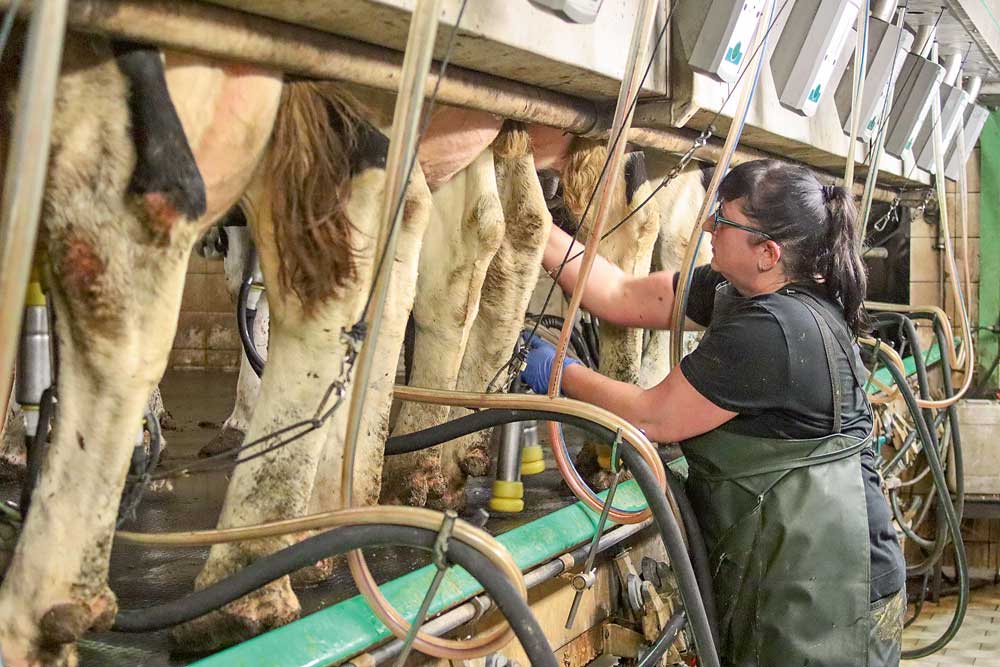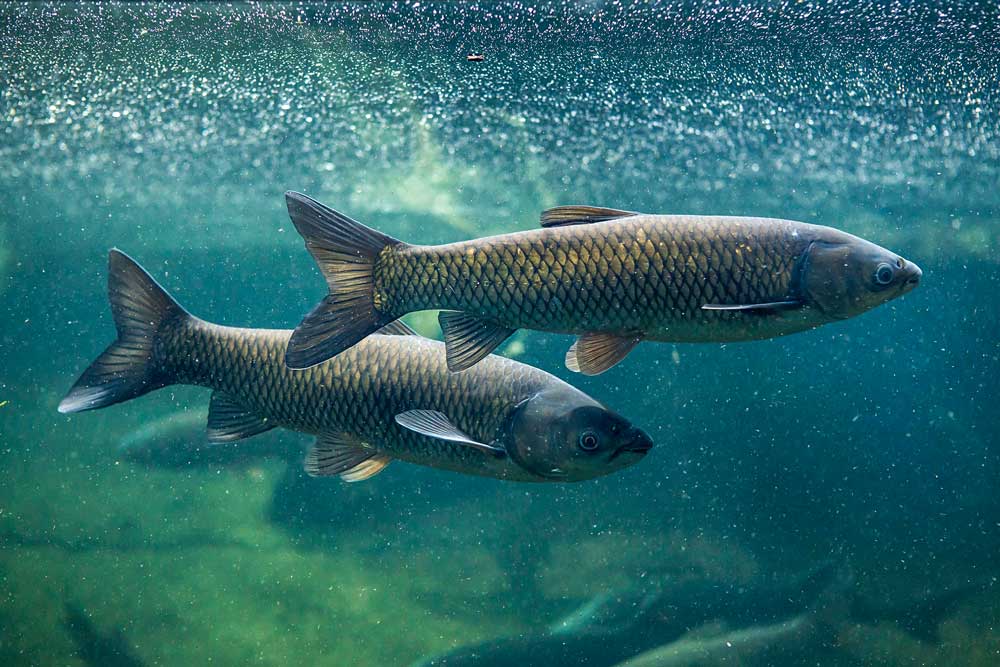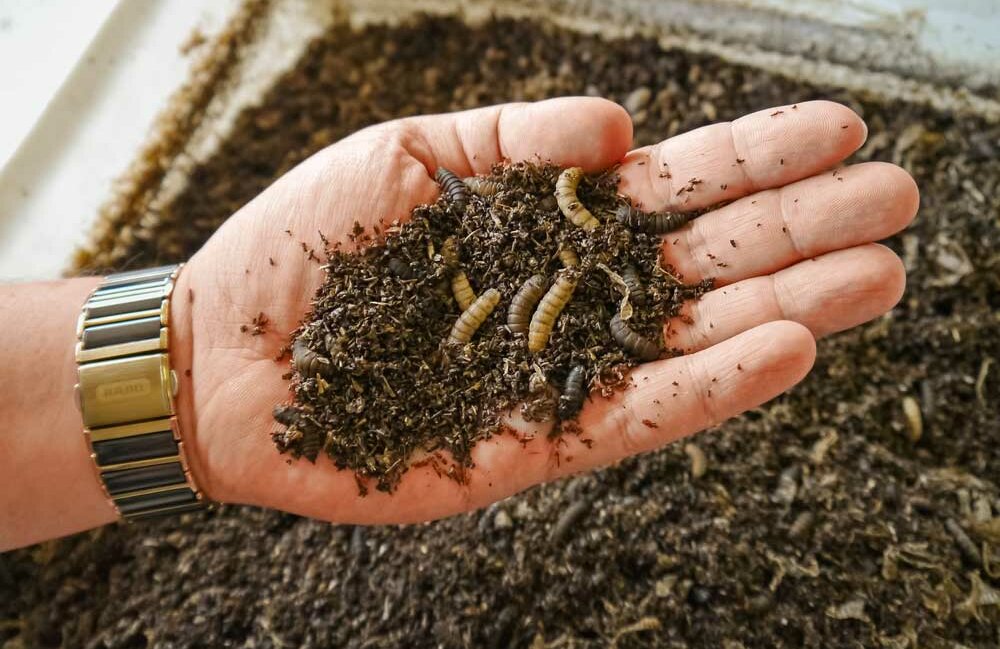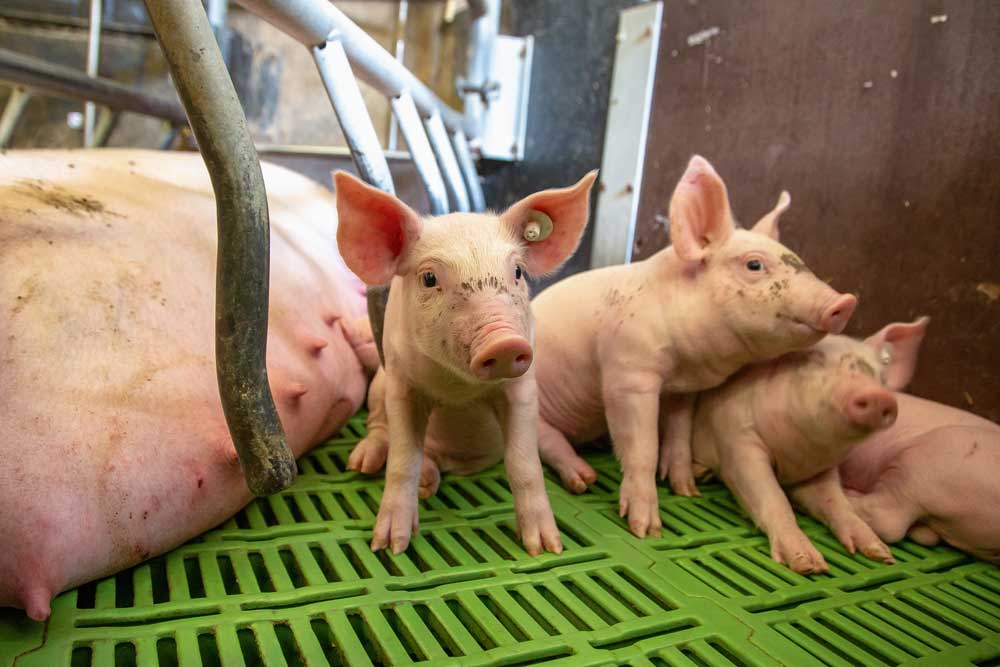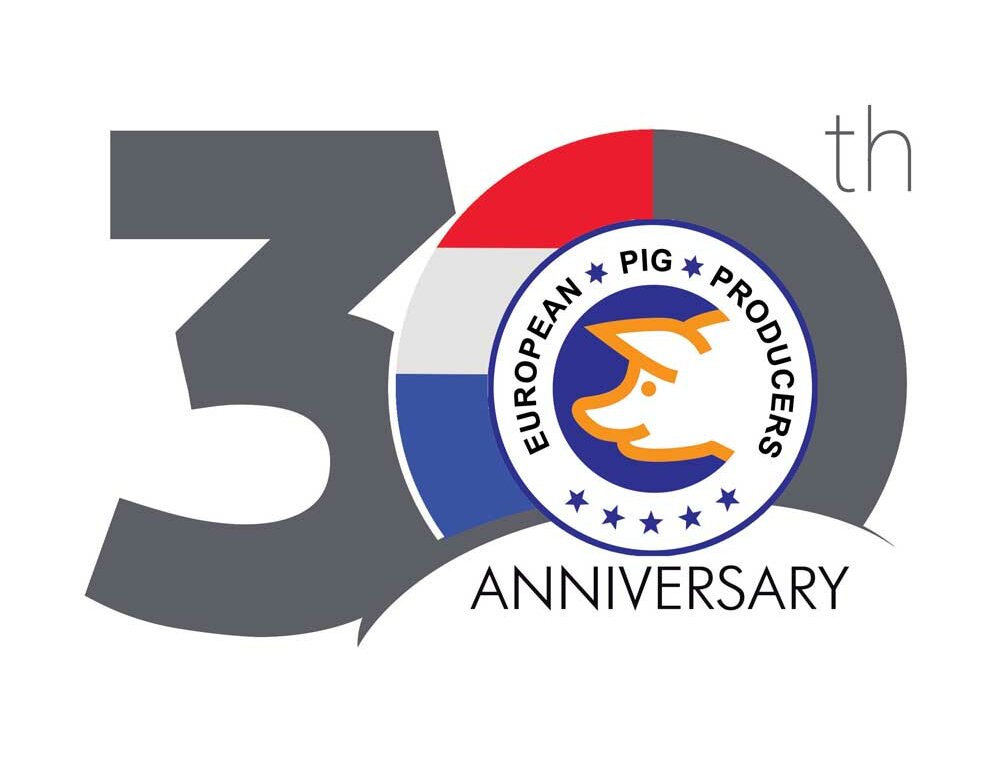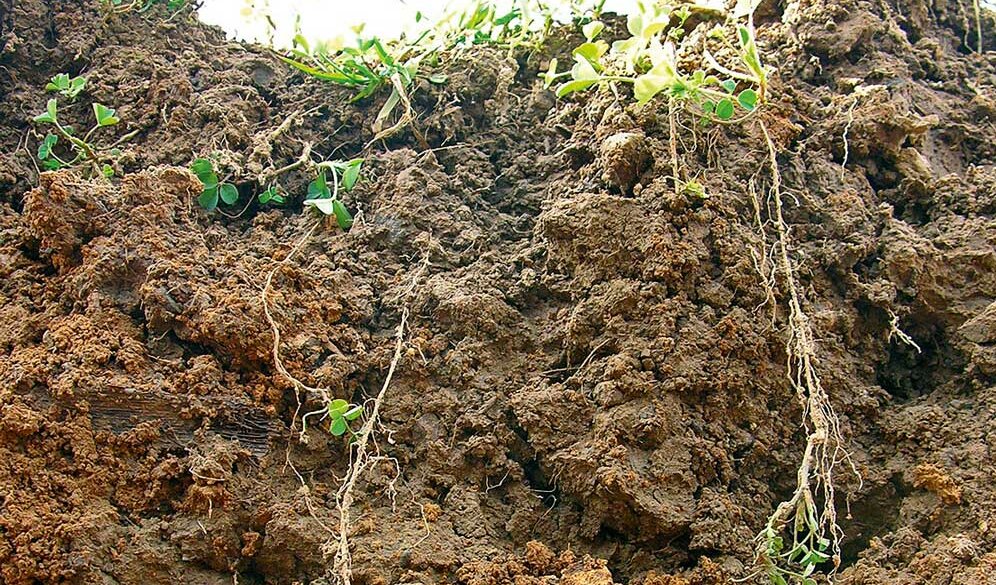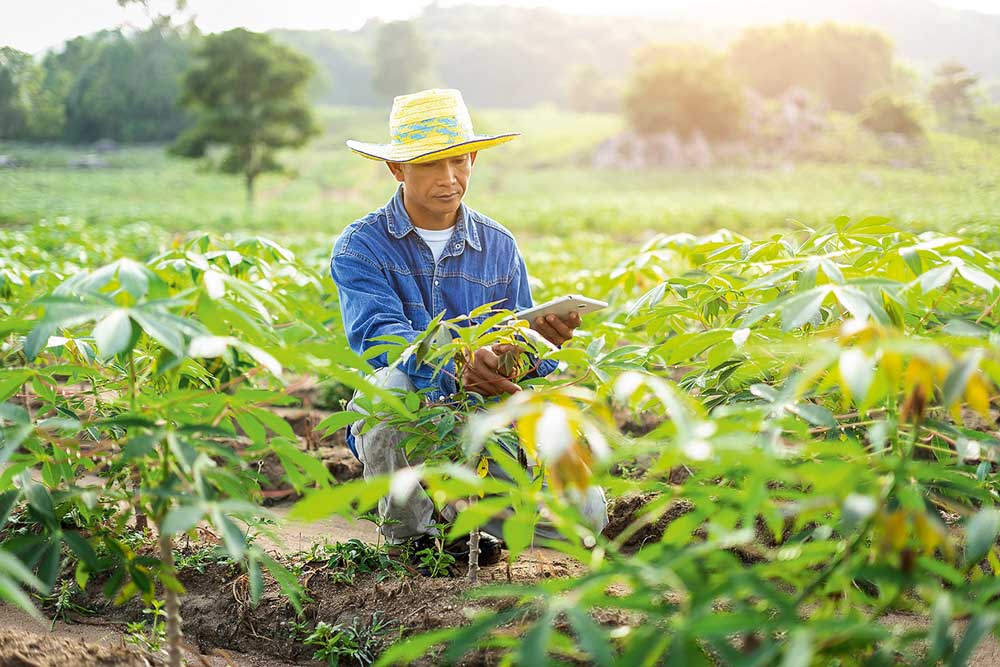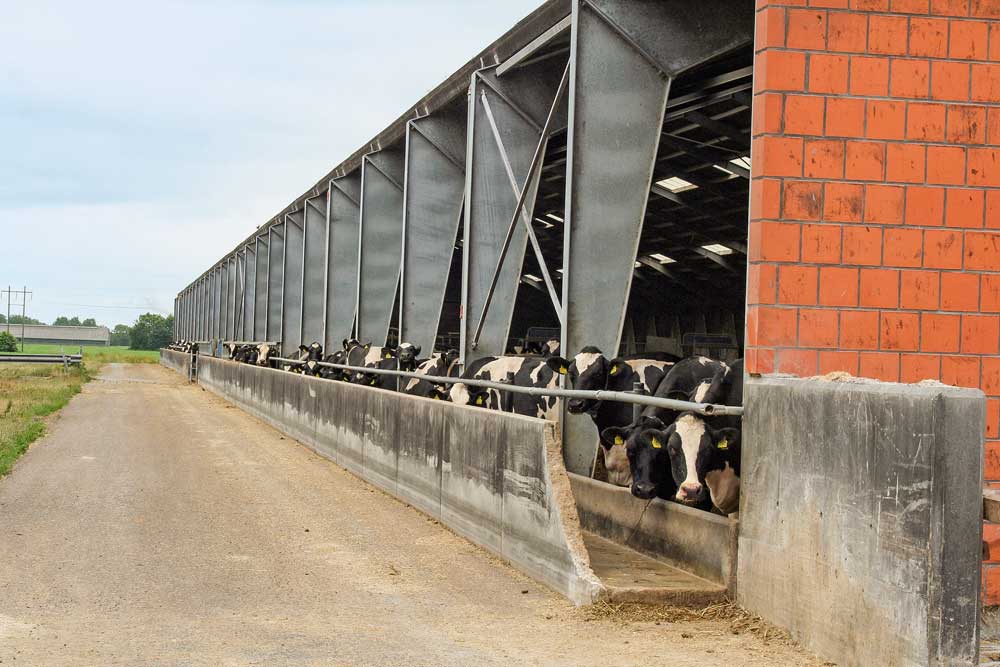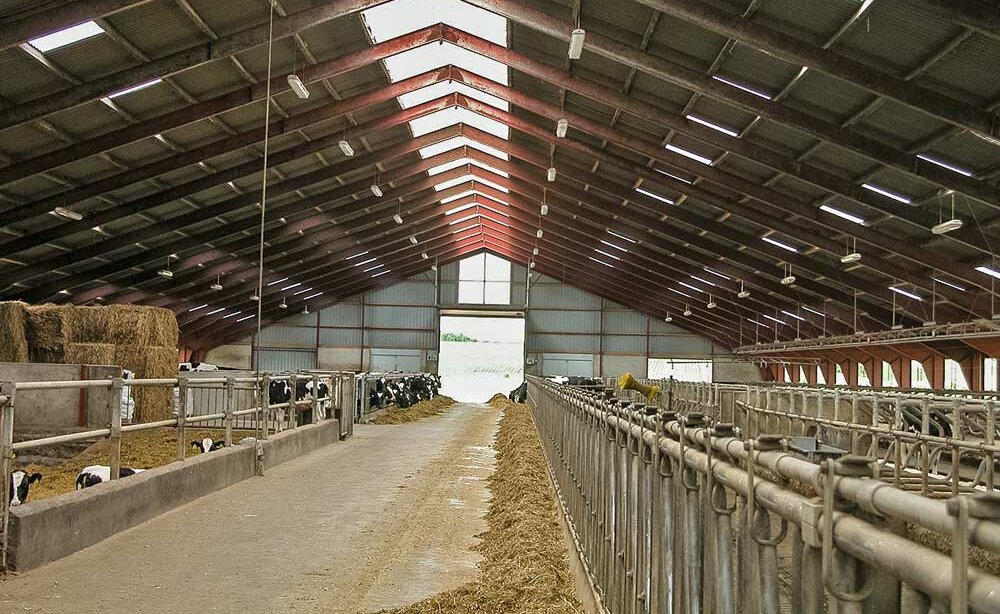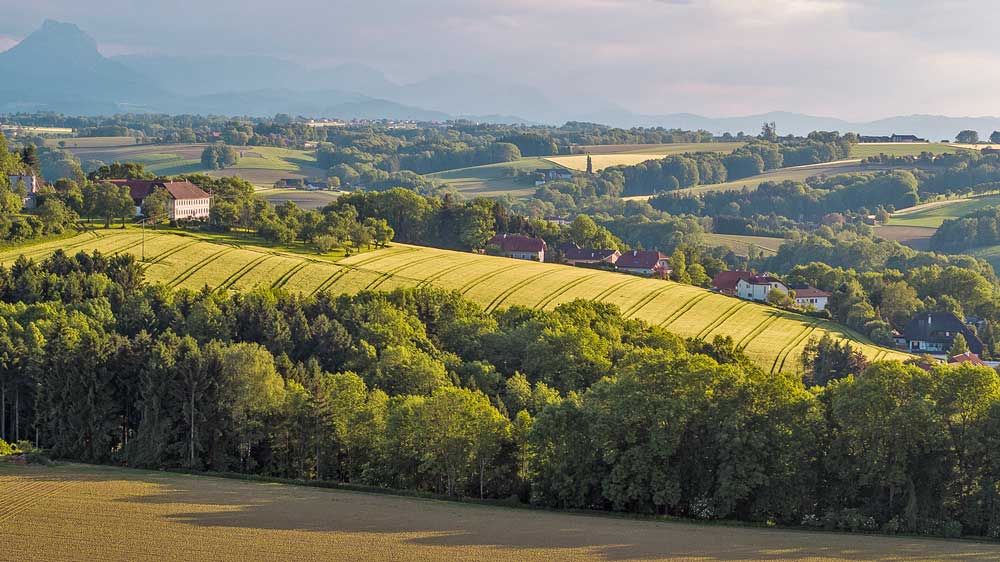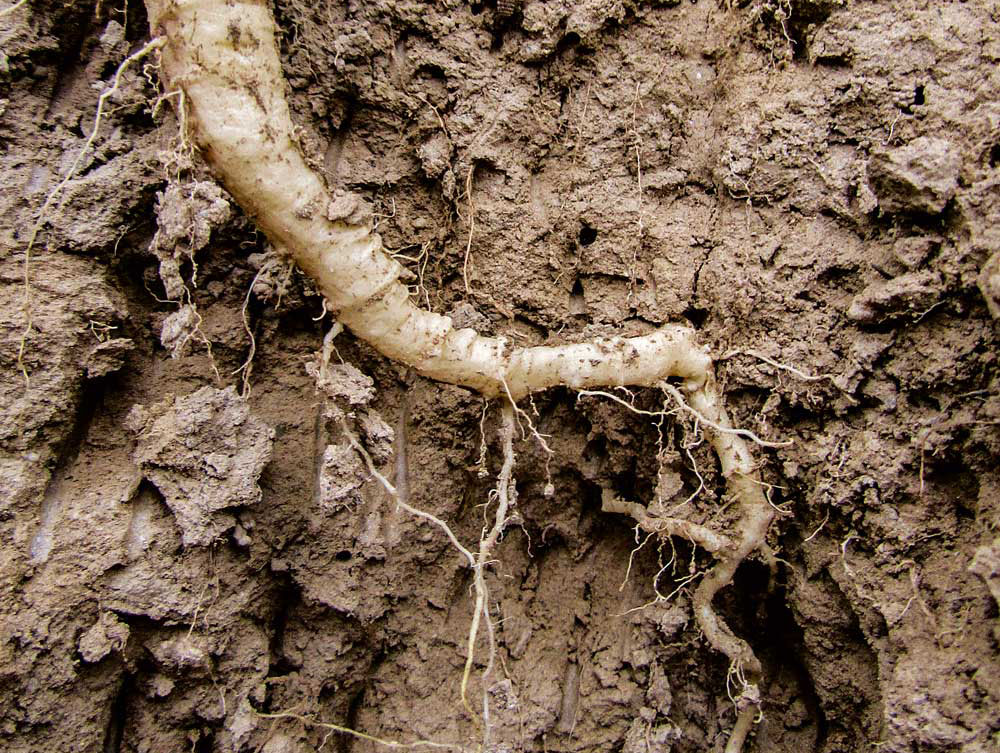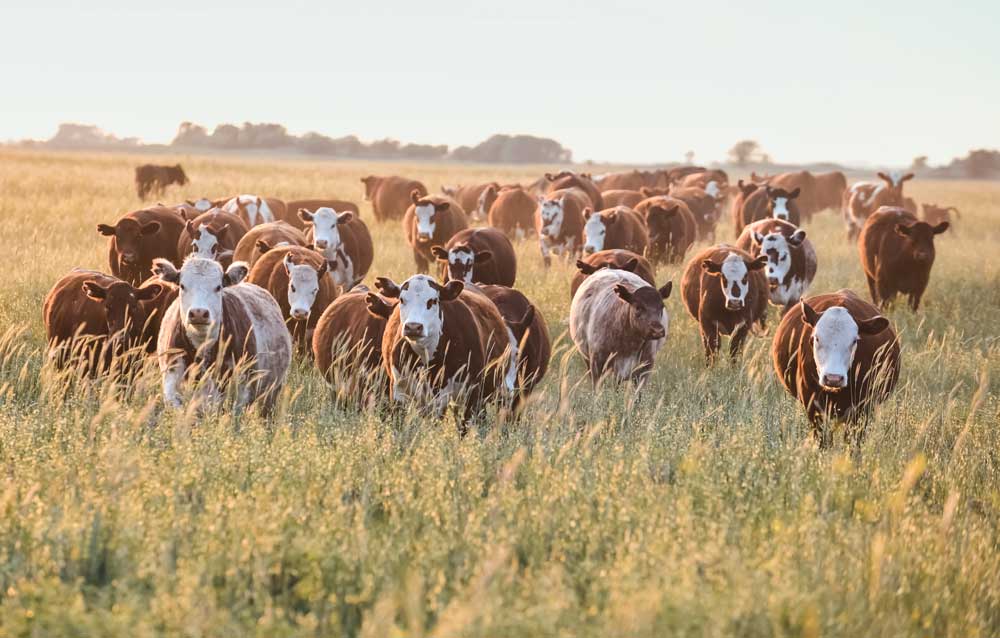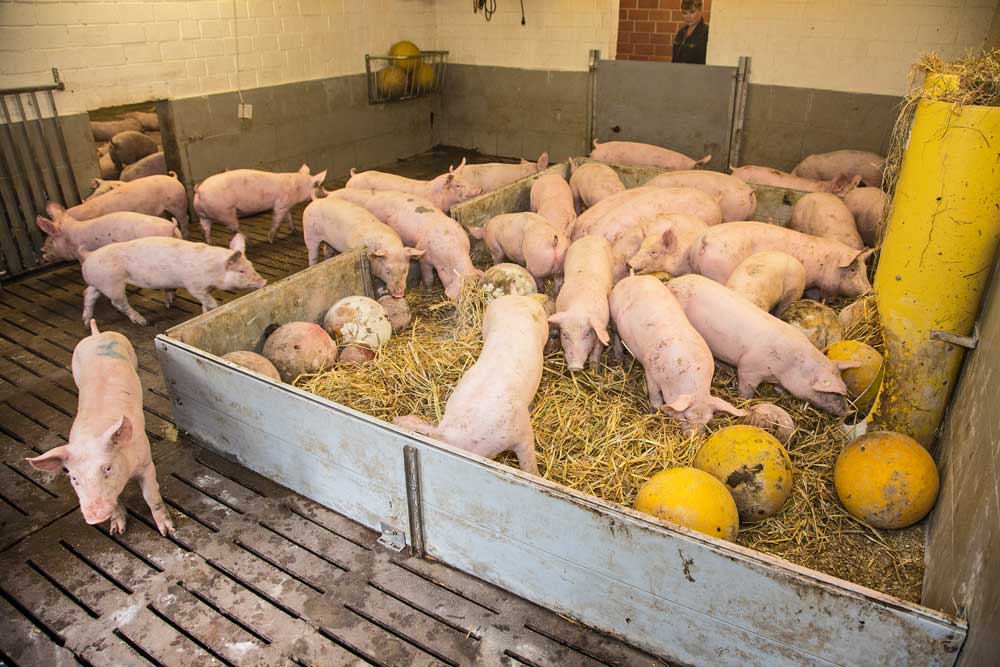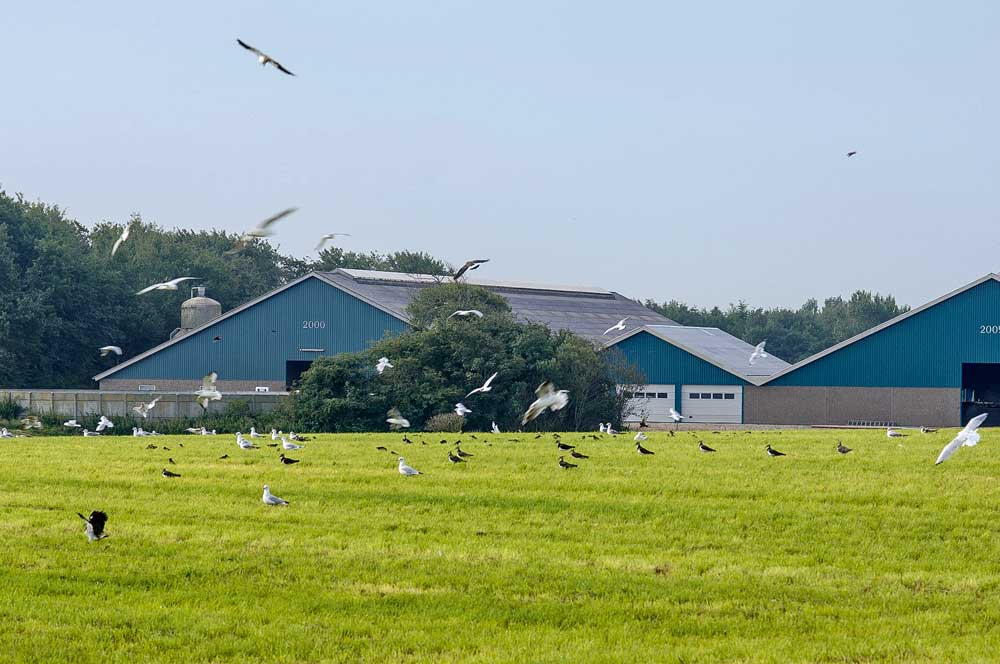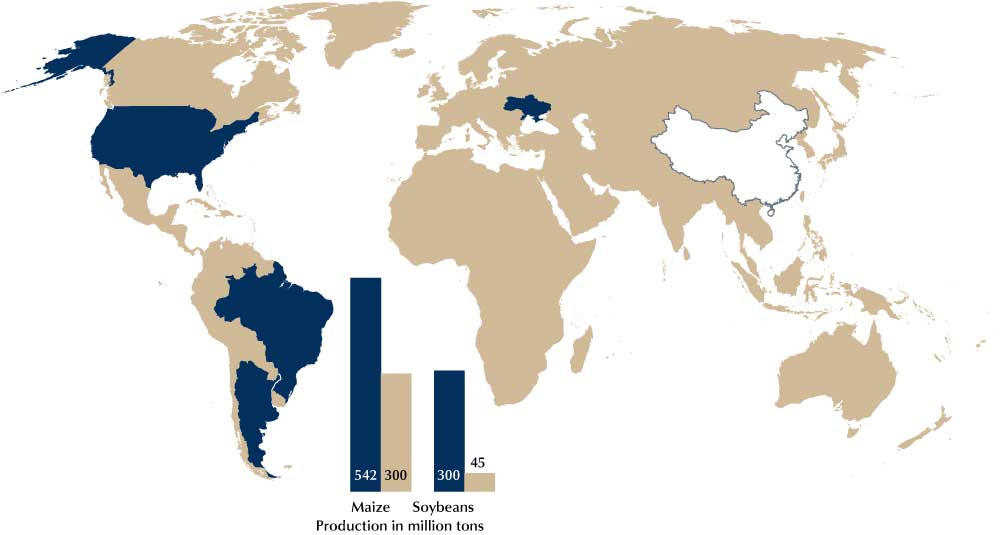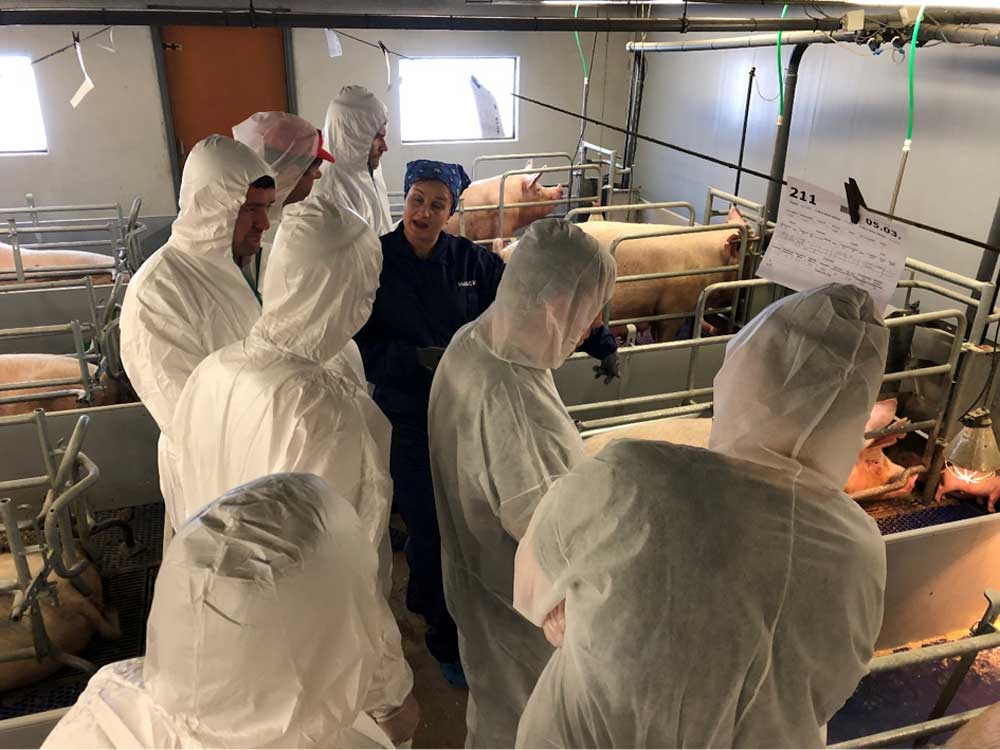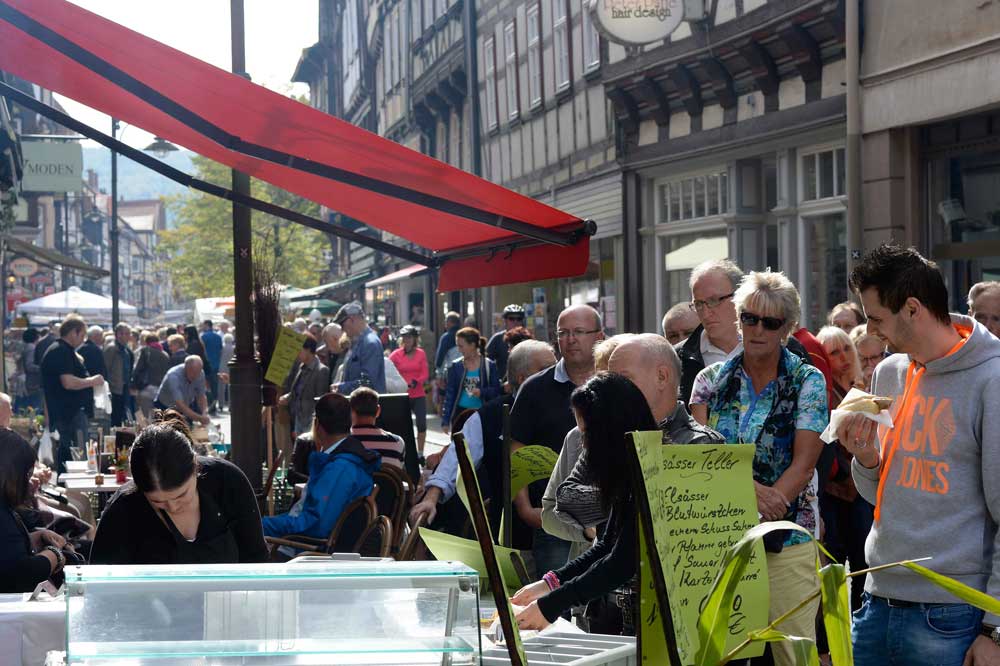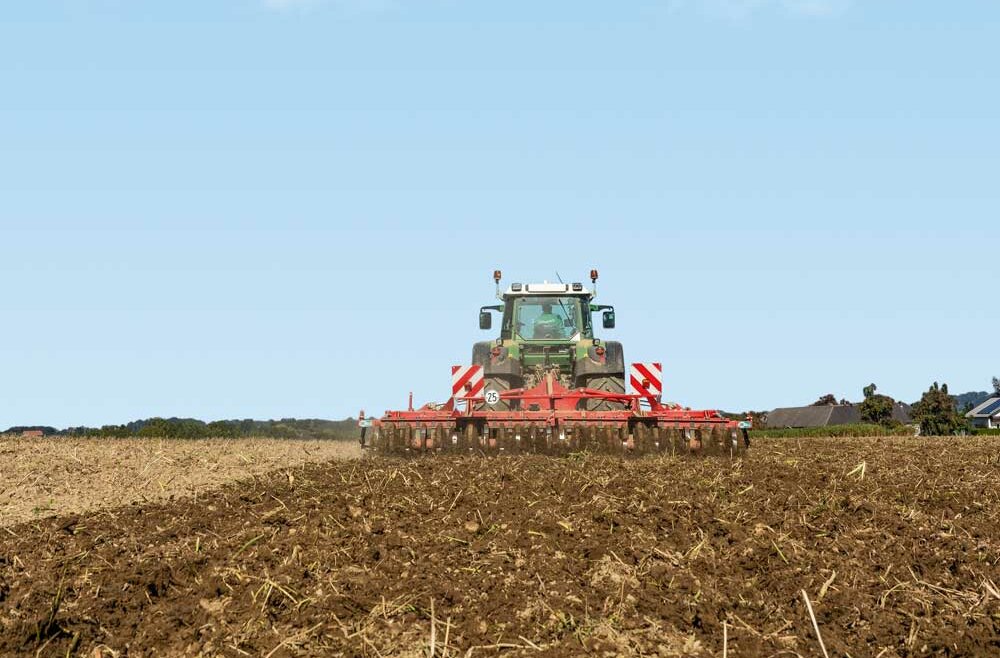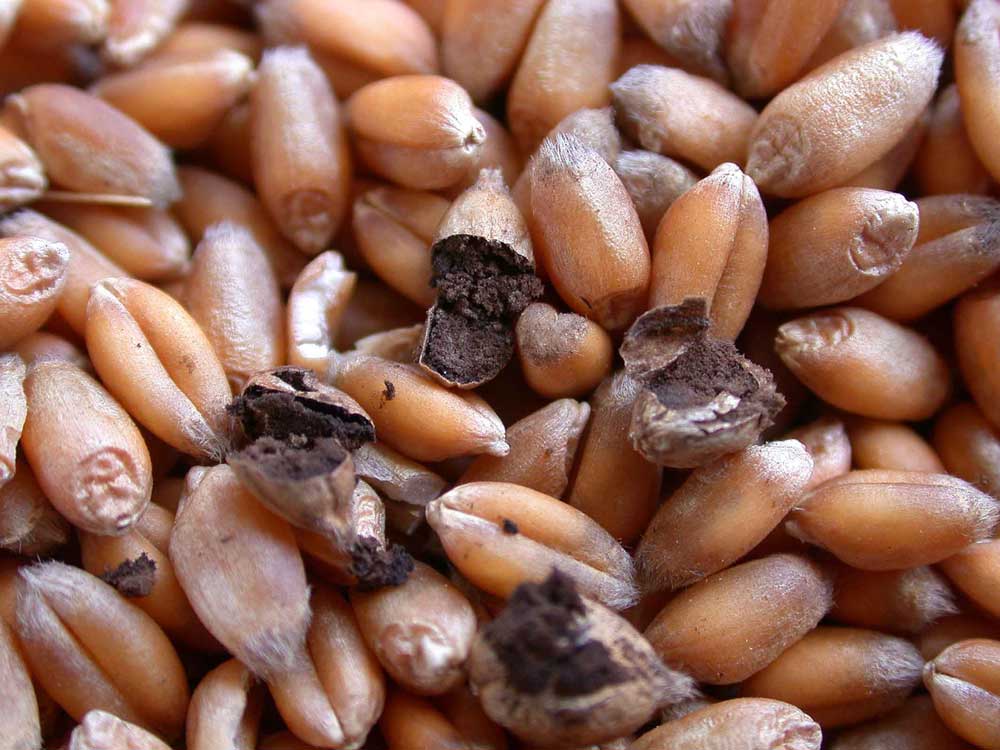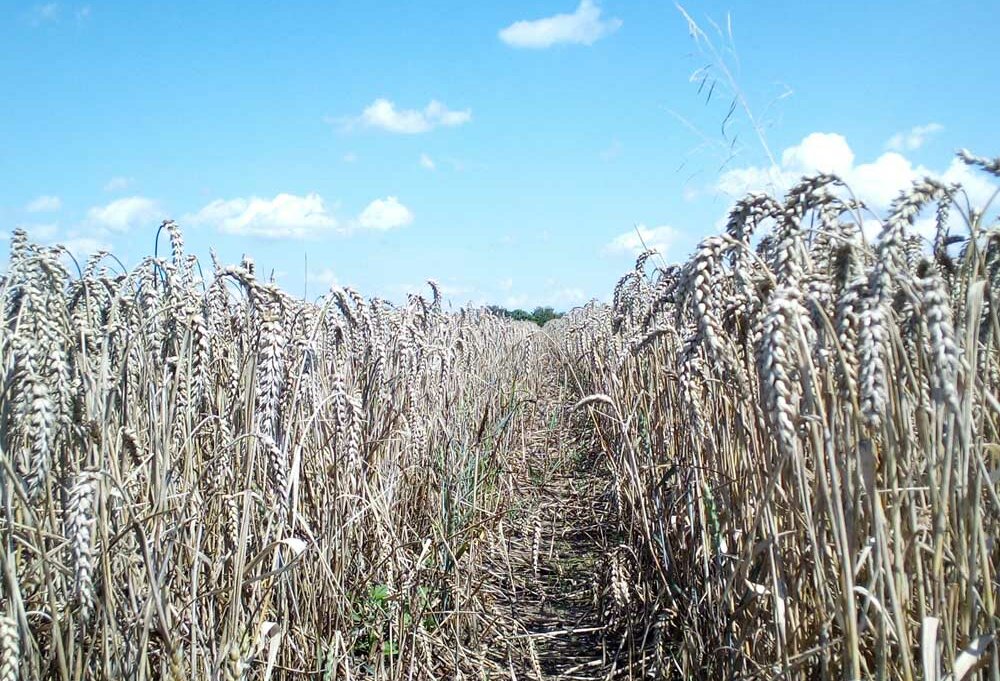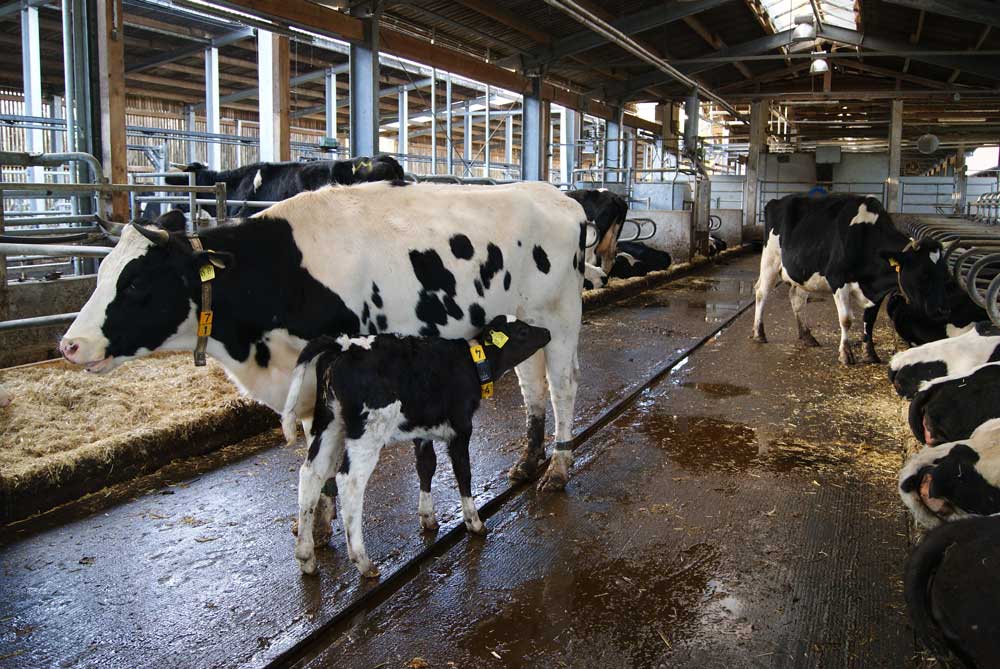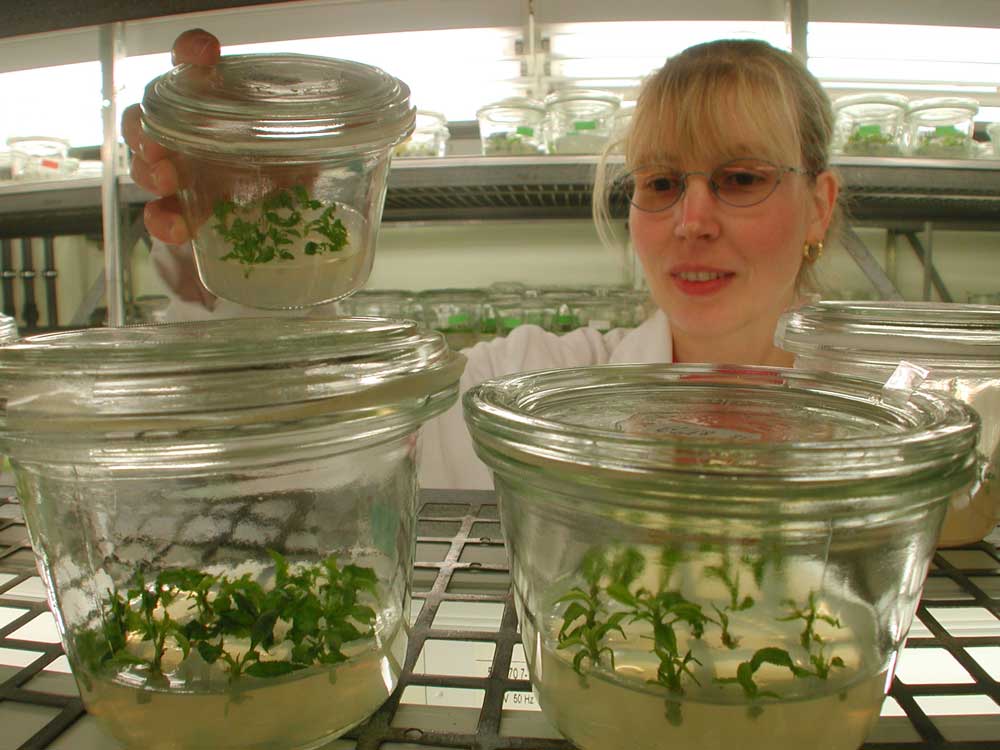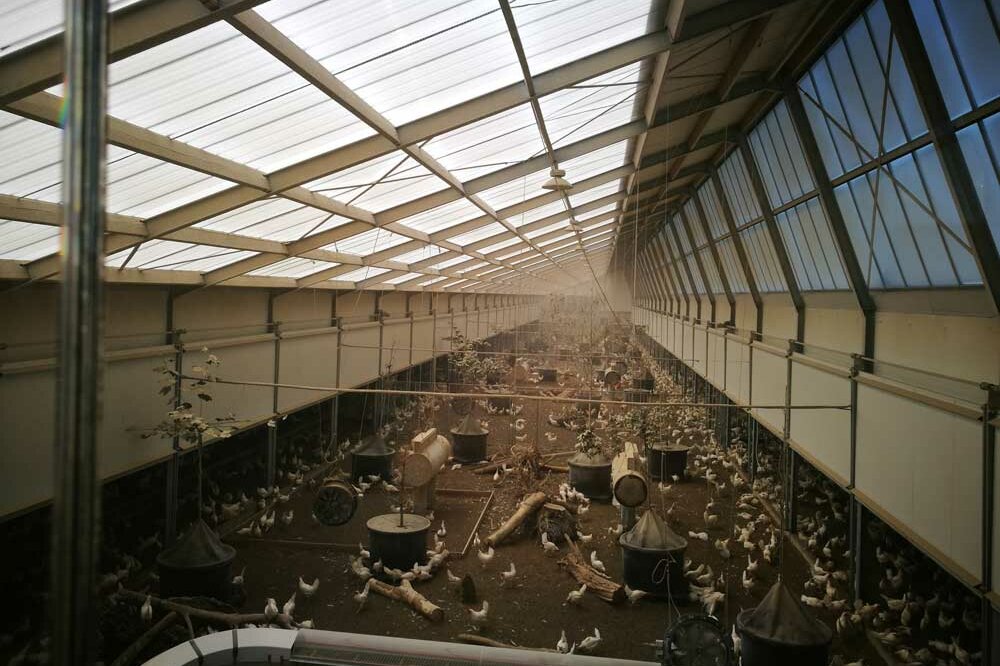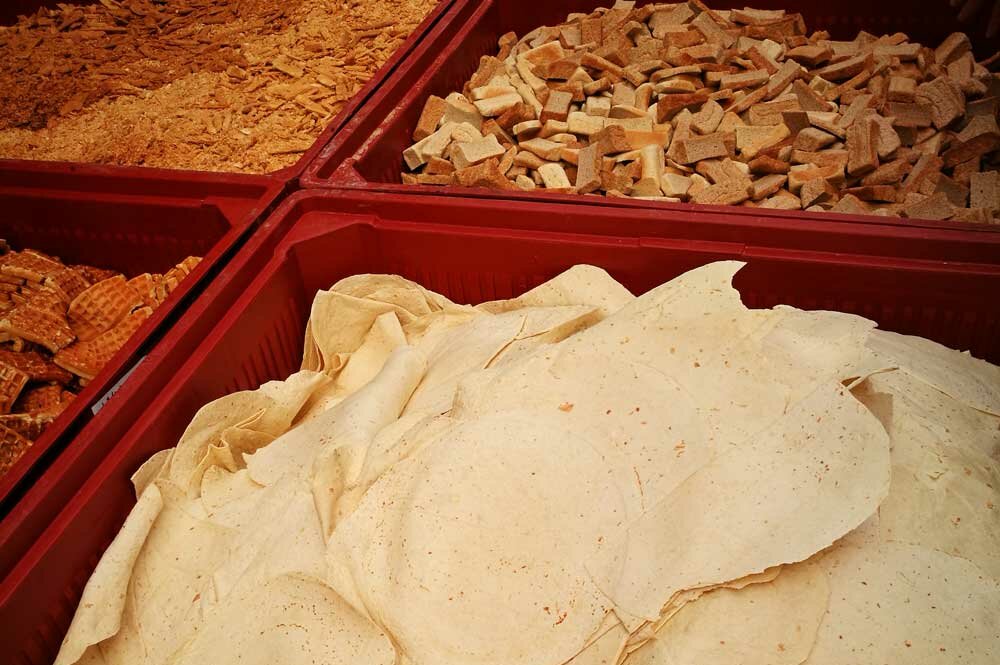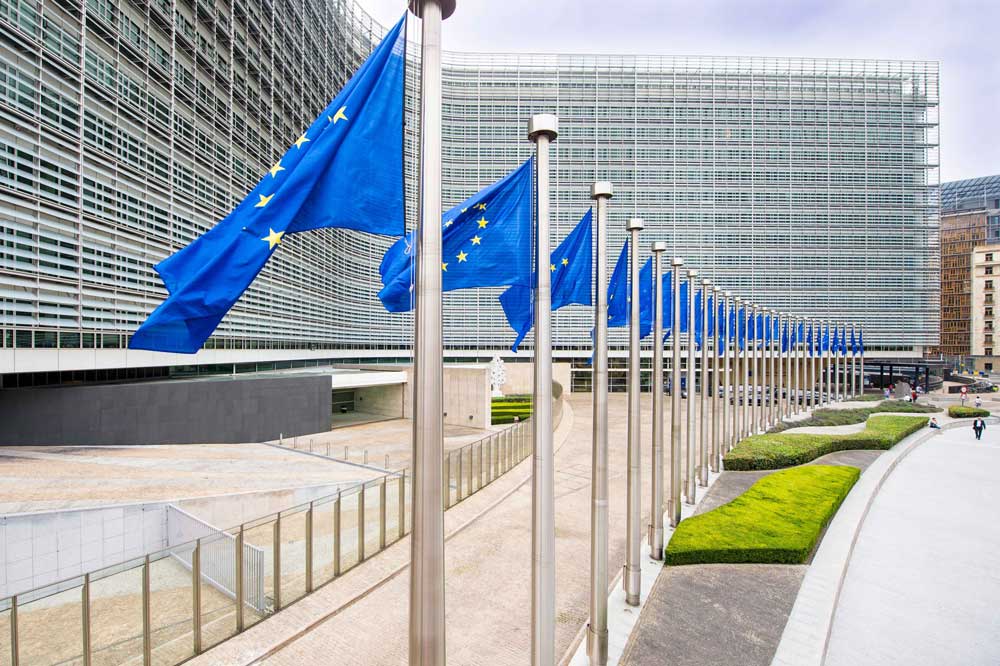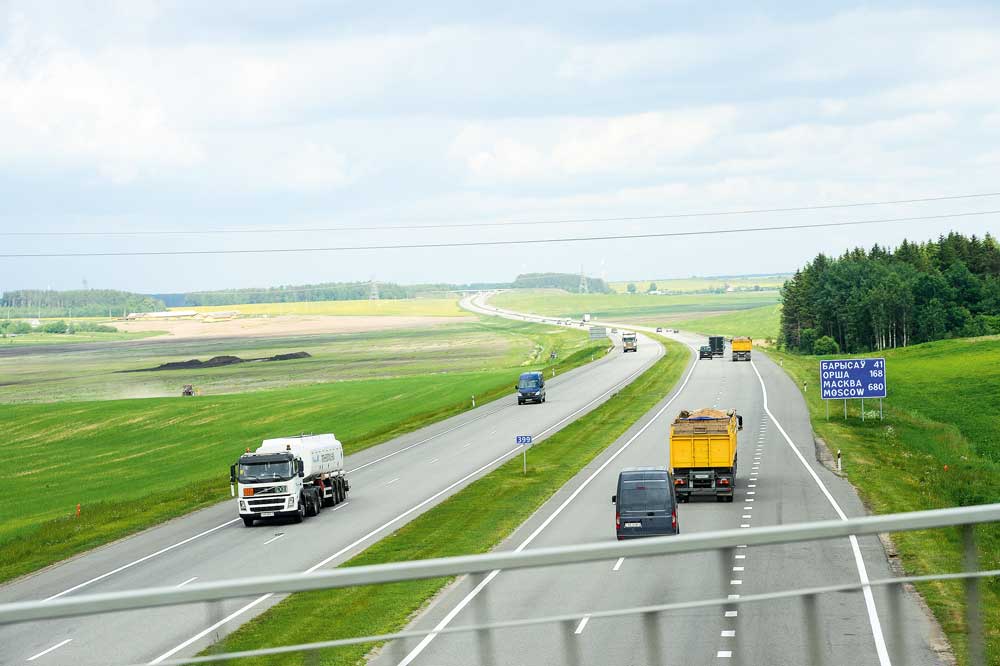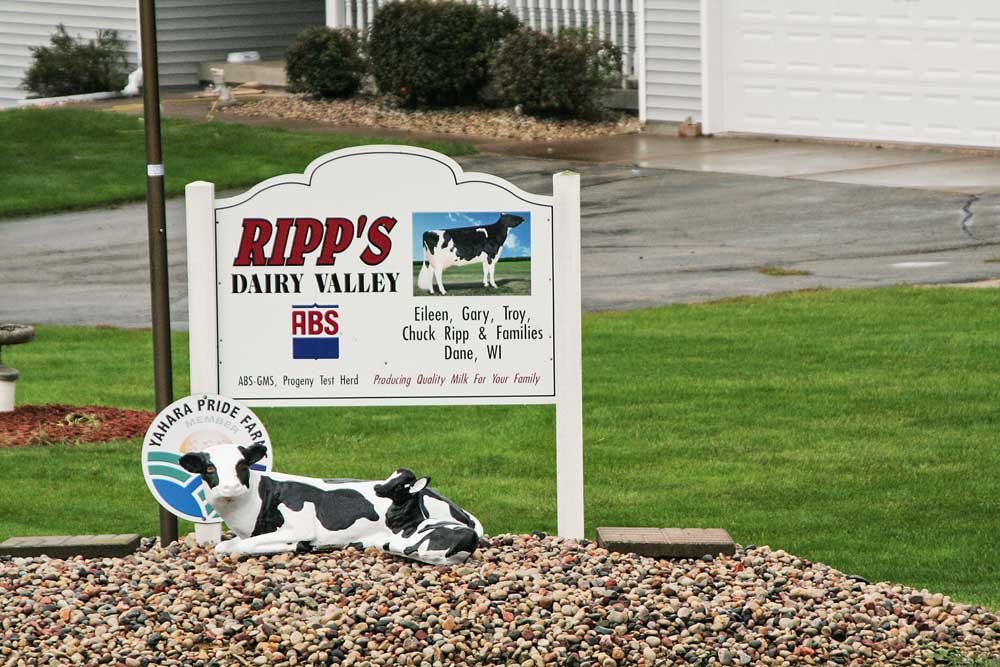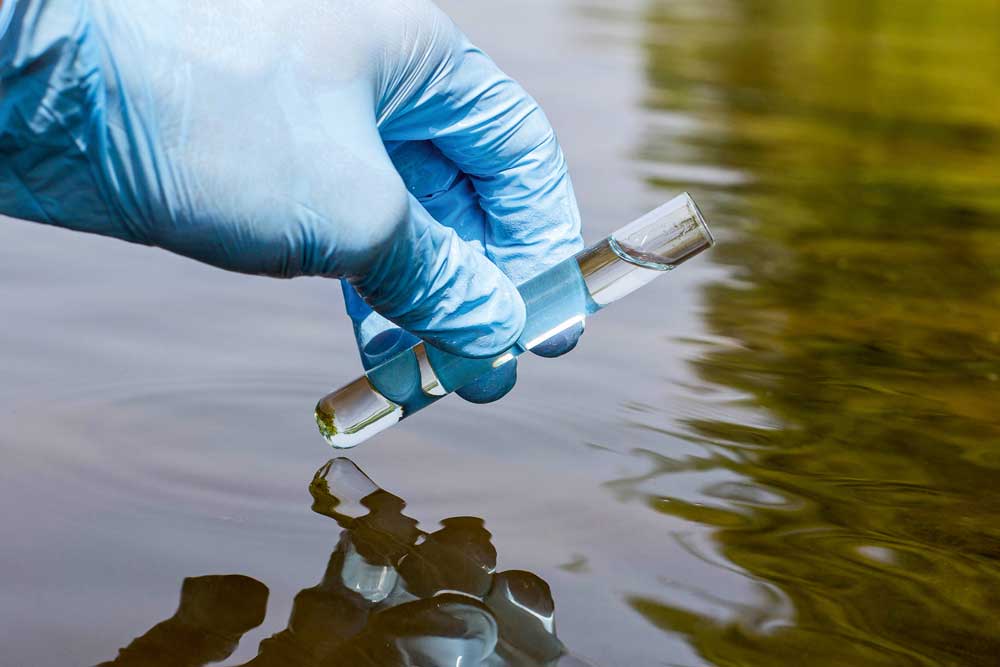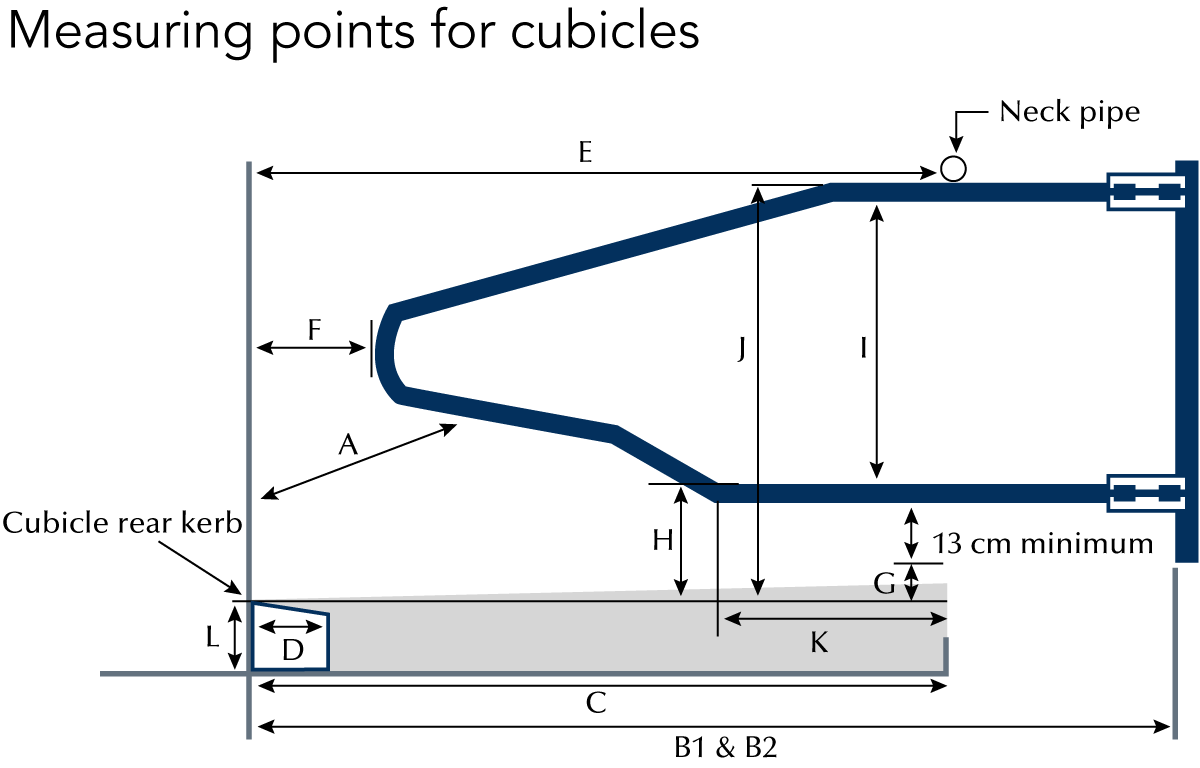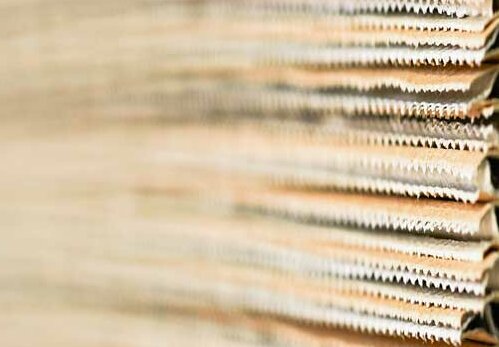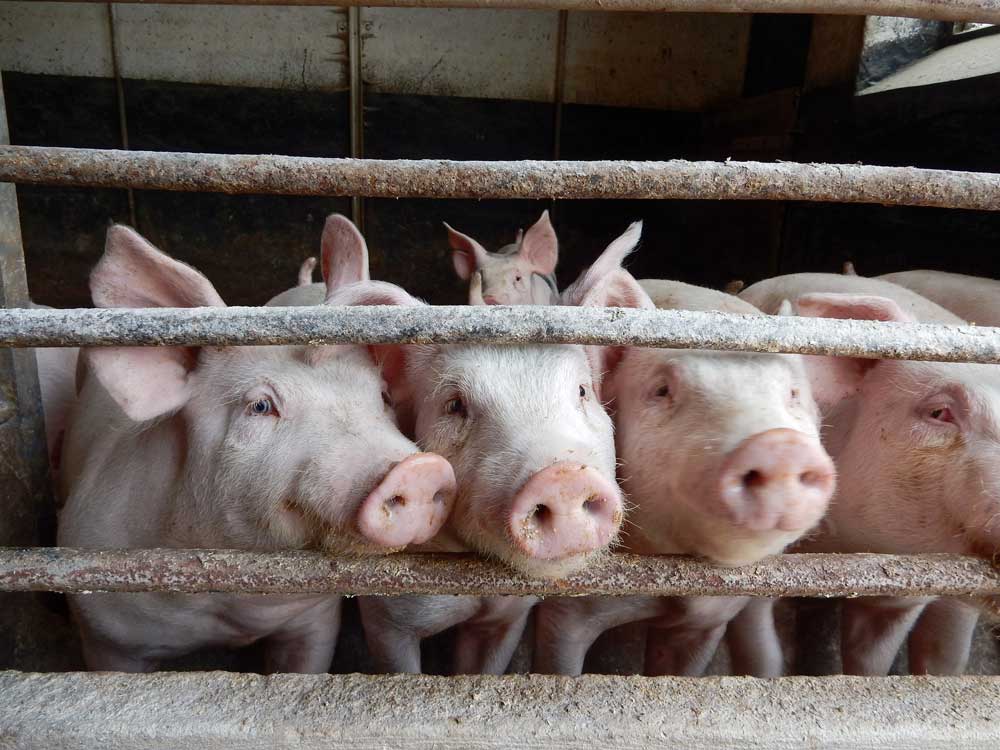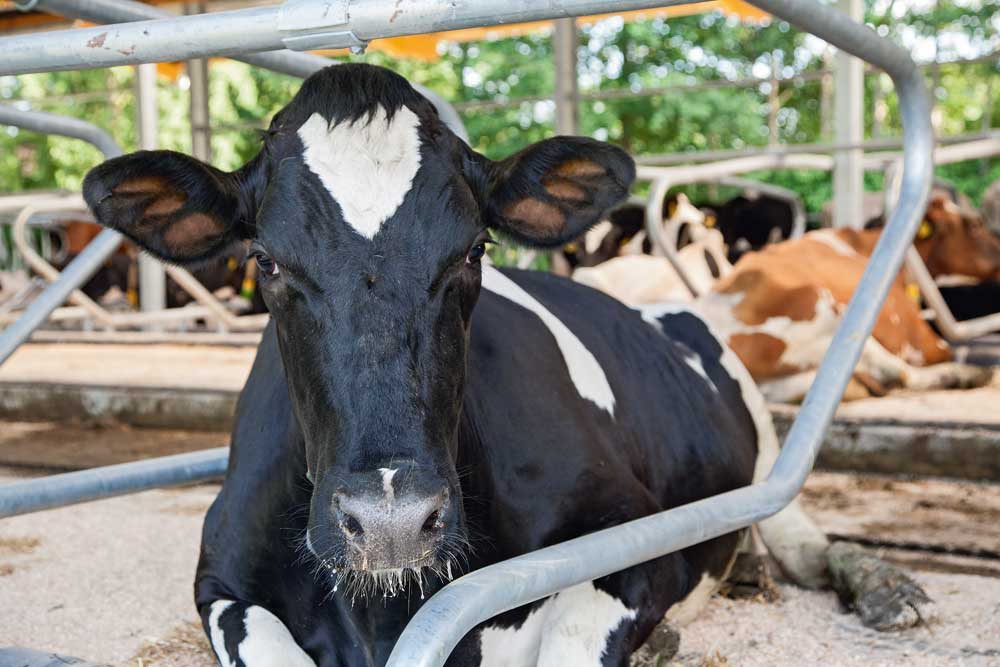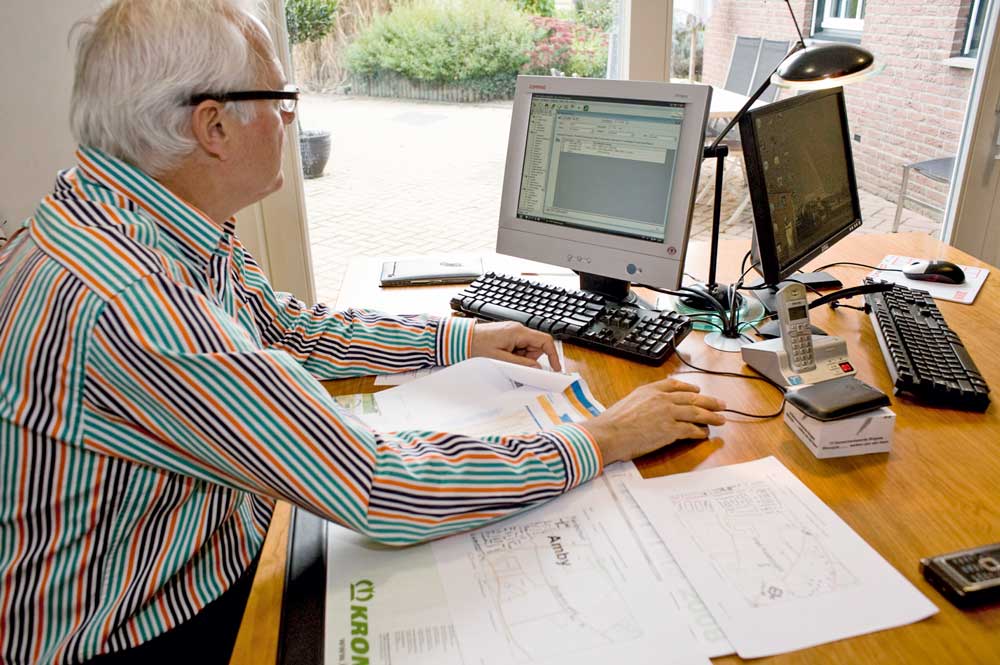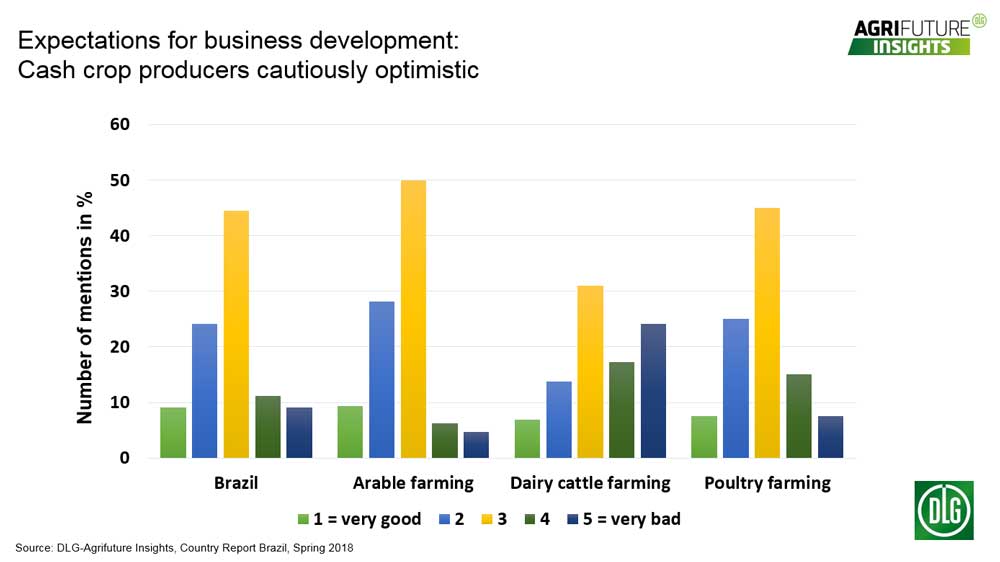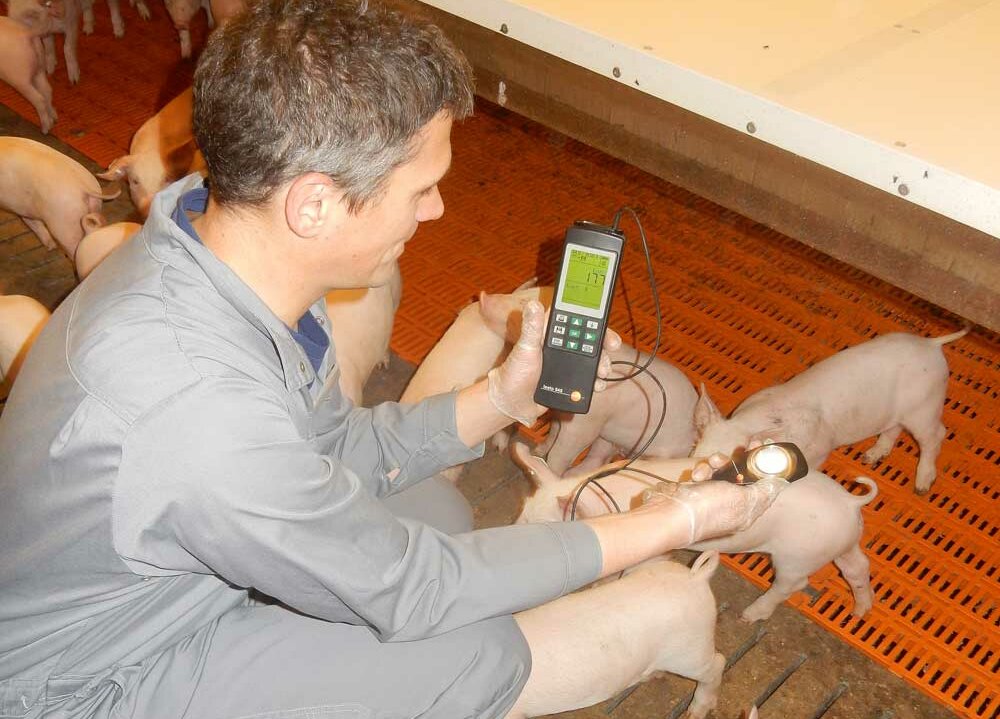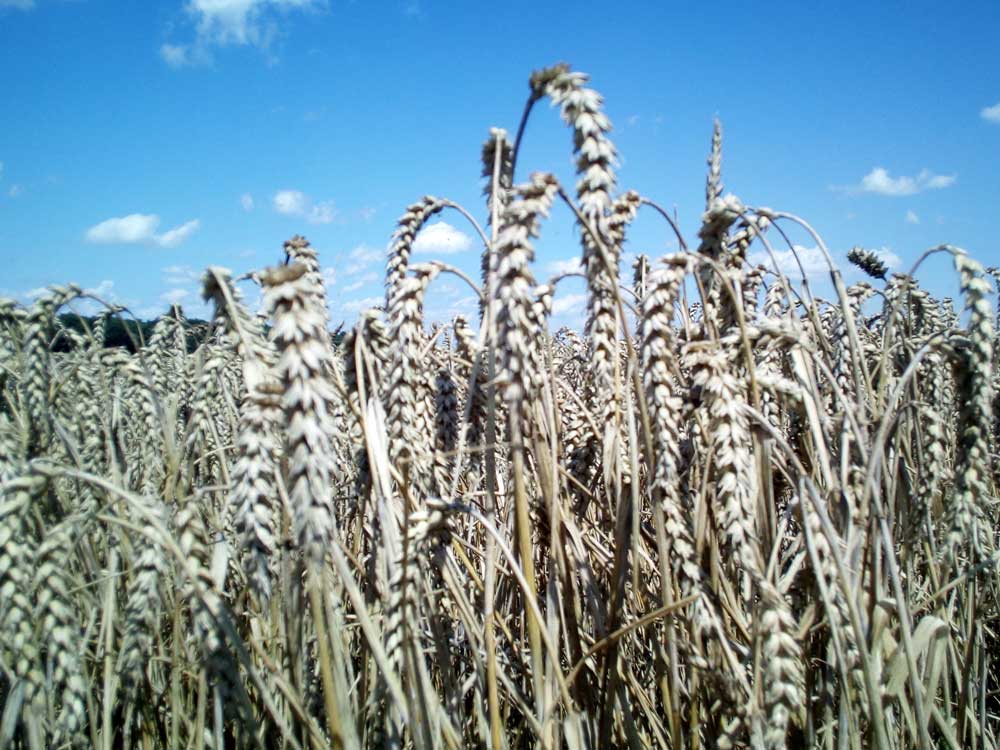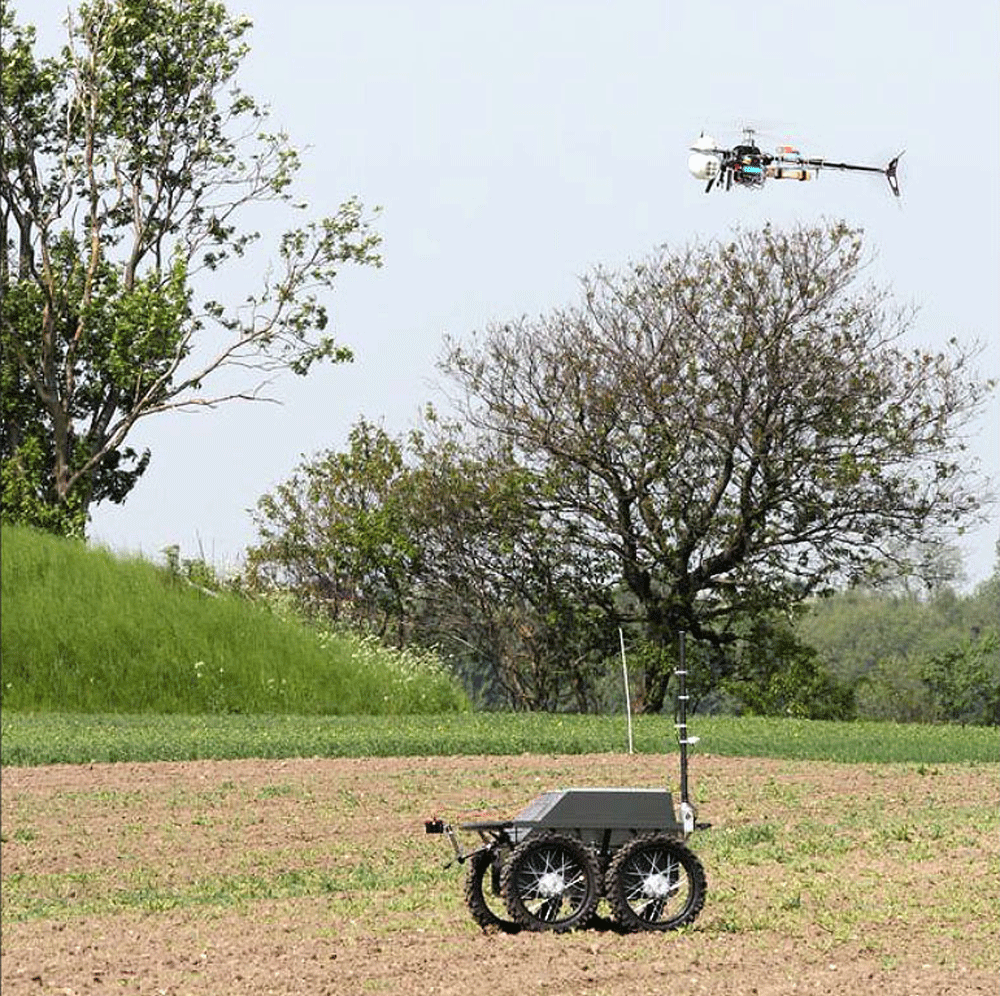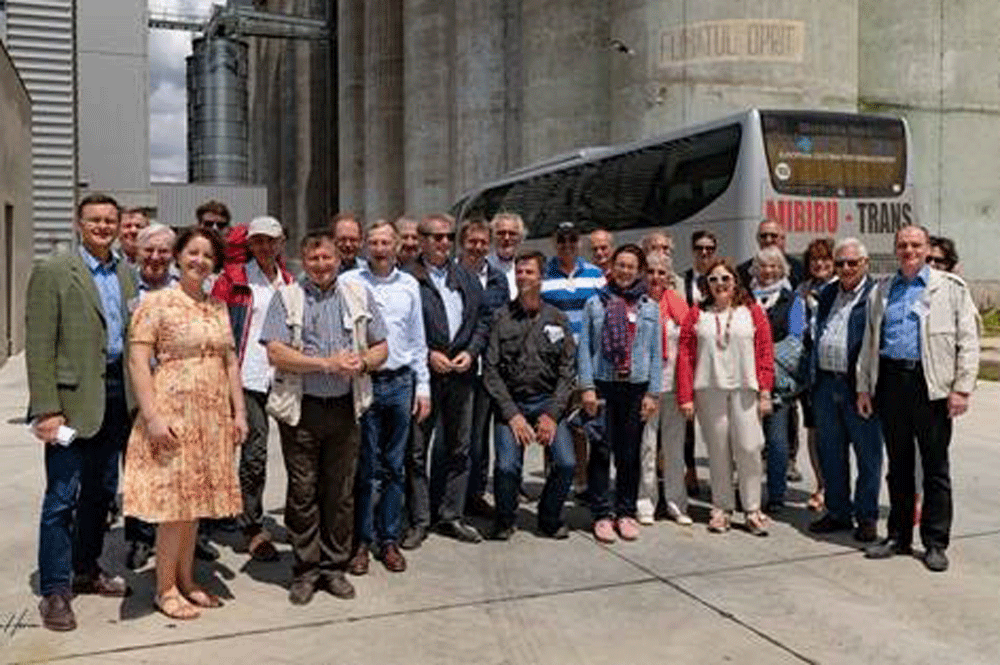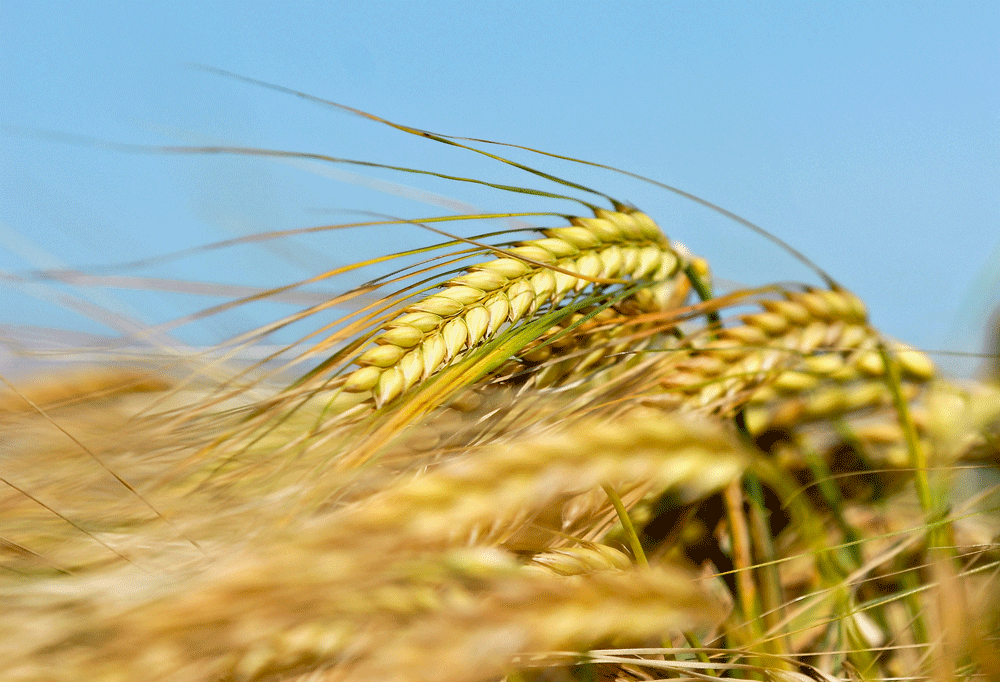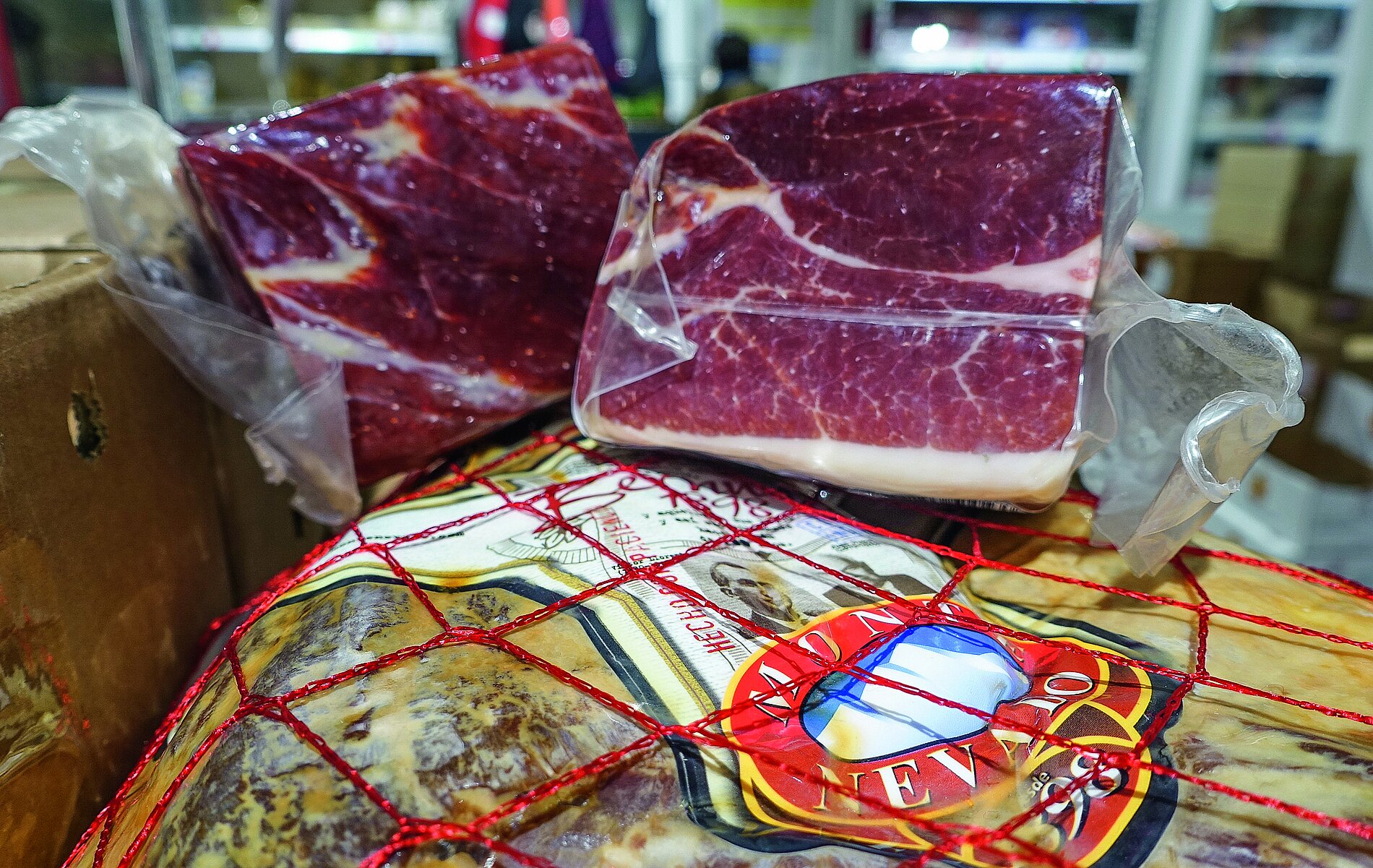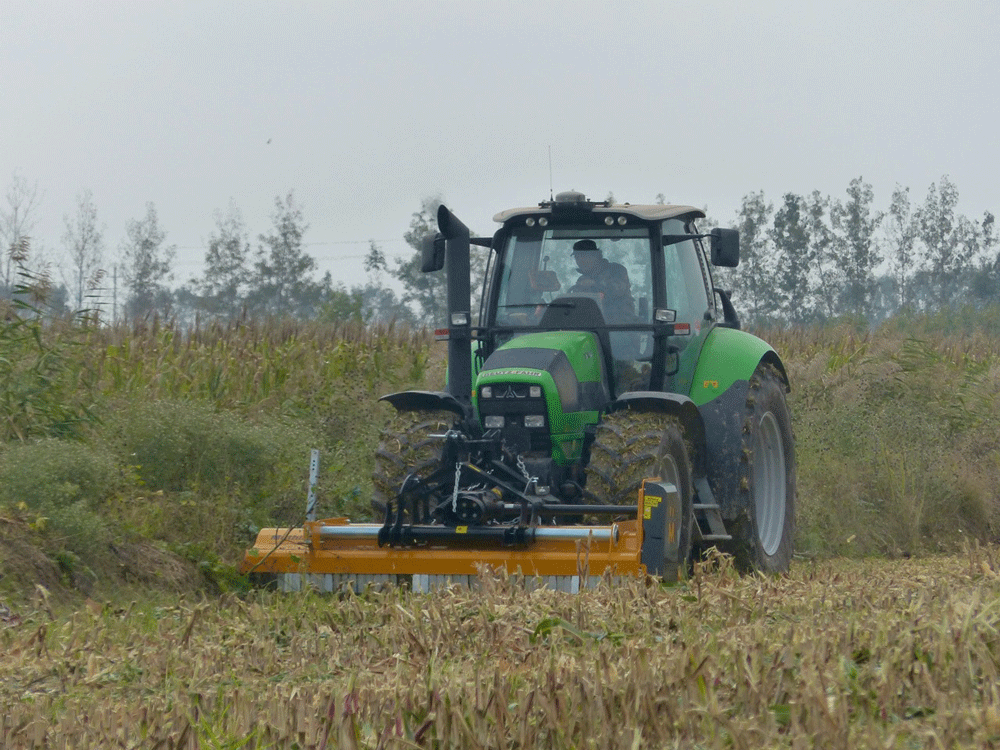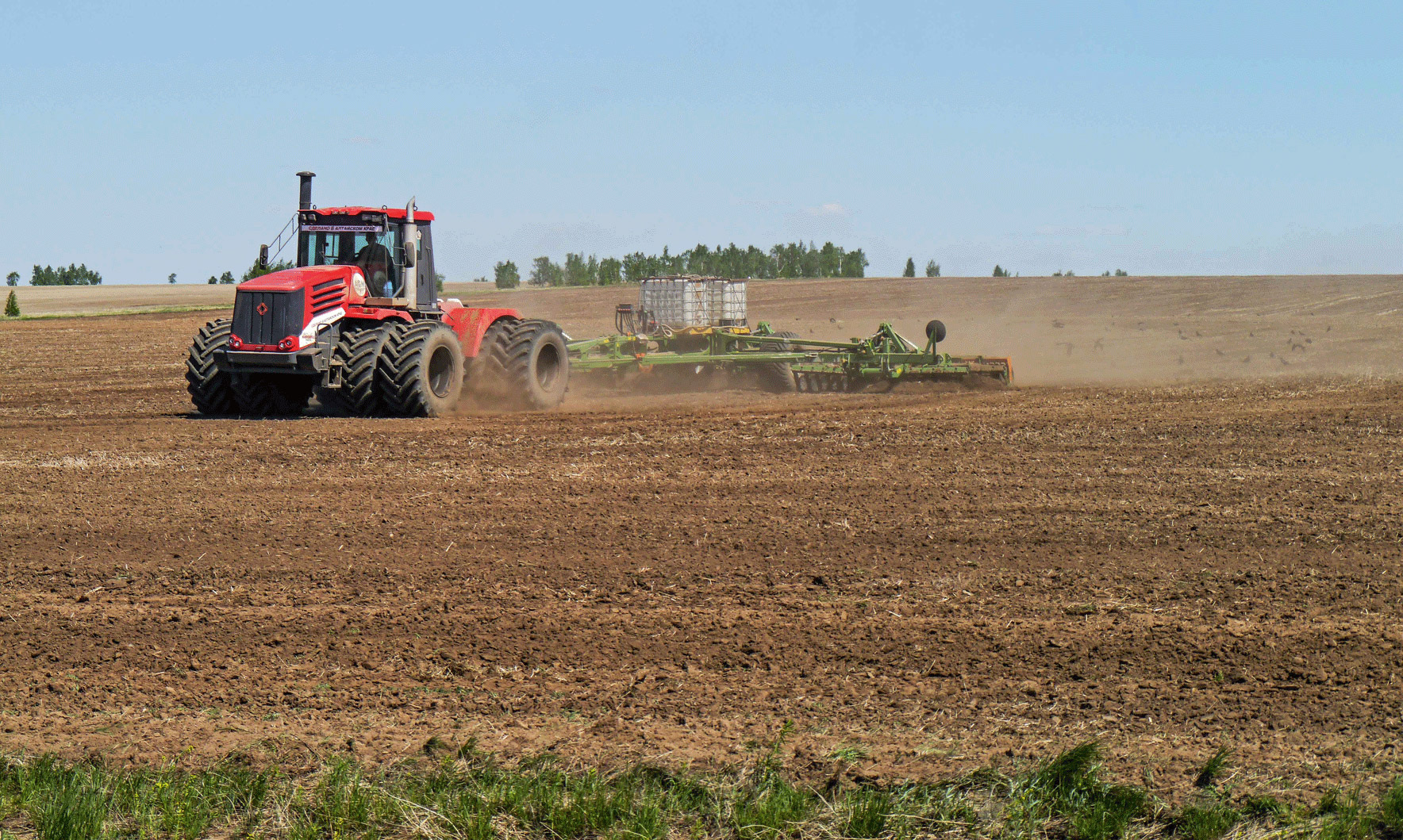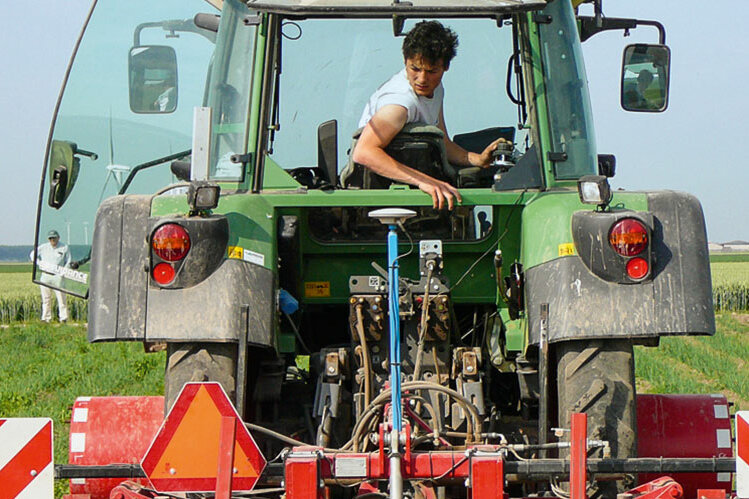Knowledge & Skills
EU Eastward Expansion: 20 years in fast motion
By Thomas Künzel, DLG Mitteilungen
The EU's eastward enlargement was one of the most important geopolitical decisions of the European Union. At the same time, there were many reservations about the admission of the former Warsaw Pact states. How have the new countries and the EU developed since then?
Agricultural drones: One should be able to fly
By Anne Ehnts-Gerdes, DLG Mitteilungen
When it comes to "drones in agriculture", many people think of emotional agricultural technology videos on social media or wildlife rescue. However, drone technology in agriculture has developed significantly in recent years. But how realistic are agricultural drones as an alternative to tractors for crop protection, sowing and fertilization?
Biologicals: What the perspectives are
By Oliver Zapka, Head of Research and Development, Hanse-Agro
The more dramatic the agronomic challenges, the more hope there is for alternatives such as biologicals. However, they are not immediately effective and cannot reverse damage that has already occurred. So what can farmers expect?
Vegetable losses: How can more food be saved?
By Jonathan Sehl, Osnabrück University of Applied Sciences
Around a third of the food produced is disposed of in the course of the value chain. What role does primary production play in this? And what approaches are there to reduce food waste?
Hemp: Rediscovered multi-talent
By Susanne Scholcz, Dr Maendy Fritz, TFZ, Straubing
More and more hemp products can be found in supermarkets as well as in the construction, textile and cosmetics industries. In the search for alternative crops, farmers are also increasingly interested in this tried-and-tested and versatile crop. What possibilities does hemp offer and what needs to be considered when growing it?
Methane: What influence does cattle breeding have?
By Prof. Dr habil. Wilfried Brade, Professor emeritus of Animal Breeding at the TiHo Hannover
The methane emissions of dairy cows can already be specifically influenced by feeding and husbandry. It is not entirely clear what role genetics plays in this, but the possibilities for breeding are probably limited.
Appeal for a (sustainably intensive) responsible agriculture
By Dr sc. agr. Herbert Ströbel, Professor emeritus of Agricultural Economics, Weihenstephan-Triesdorf University of Applied Sciences
Organic farming is often seen as the ideal way to meet numerous challenges facing agriculture. Anyway, it is too easy to draw a simple opposition between “organic” and “conventional” - a sustainable agriculture in the long term is needed.
Biodiesel: The scam with hydrogenated vegetable oils
By Dr Christian Bickert, DLG Mitteilungen
Since the beginning of the year, hydrogenated vegetable oils (HVO) have been arriving in Germany from dubious sources: palm oil residues from oil mills, used cooking oils or undeclared goods. In each case, China is involved - and in most cases it appears to be a case of palm oil being re-declared.
Farm management: Friendliness can be trained
By Rolf Leicher, Heidelberg
Capricious weather, volatile markets, high stress levels - it's easy to be in a bad mood. However, if you regularly offend or hurt others with your appearance and behaviour, you should urgently work on your friendliness.
Marketing: basil and fish on the supermarket roof
By Katharina Heil, DLG Mitteilungen
Wooden construction, the shortest possible transport routes, careful use of resources and a closed water and nutrient cycle - these are the main features of a Rewe supermarket in Wiesbaden. It is considered a "green building" of the new generation.
Research: Healthy soils - healthy plants
By Thomas Preusse, DLG Mitteilungen
There is much more going on between the roots of plants and the soil than conventional agricultural wisdom would have us believe. This is currently giving rise to a new discipline in research and development: "soil health". Its goal is to better understand the processes in the soil and subsequently improve them.
Insects: The great crawling has begun
By Markus Wolf, DLG Mitteilungen
Edible insects are a niche product in the EU. However, issues such as sustainability, environmental protection and food security for a growing world population are increasingly attracting the attention of companies. The signs are pointing to growth.
Sustainability: More plant-based food for the climate?
By Thomas Künzel, DLG Mitteilungen
In the discussion about sustainable nutrition, it is often suggested that the production of animal-based foods in particular is not sustainable. Demands are then quickly made to significantly reduce livestock farming in order to lessen the environmental impact. But this is a rather one-sided view.
India: Supersized challenges
By Thomas Preuße, DLG Mitteilungen
As a counterweight to China, the subcontinent is once again coming more strongly into Western focus. On the one hand, there are countless small farmers without technology or capital. On the other hand, there is accelerated mechanization, which is expected to stimulate growth in the agricultural machinery and supplier industry.
Office management: From chaos to organization
By Dr Victoria von Coburg
The office is the center of attention on a farm. Reason enough to organize the office workplace as efficiently as possible. How do you do that and what do you need to pay special attention to?
Ukraine: The grain market remains flooded
By Dr Christian Bickert, DLG Mitteilungen
Ukraine is not an EU member state, but in terms of agricultural trade it is practically on an equal footing with EU countries. In any case, at the end of April the EU made it clear that it would rather pay compensation than reintroduce the old import duties.
Brazil: The poultry sector is optimistic
By Markus Wolf, DLG Mitteilungen
Corona pandemic and economic slowdown left their mark on poultry production in Brazil in 2022. This did not hurt exports, but it did hurt domestic consumption. Now the signs are pointing to growth again for the largest player on the world market (and competitor of the EU).
China: Is the locomotive running out of steam?
By Dr Christian Bickert, DLG Mitteilungen
For more than ten years, it has always been China that regularly sweeps the agricultural markets dry with its hunger for raw materials and food and ensures high prices. But the golden times seem to be coming to an end. If China no longer pulls the "train", who will then give demand momentum?
Cultivating herbs: Crops that few people know about
By Dr Christian Bickert, DLG Mitteilungen
Dandelion, nettle, milk thistle or artichoke - the cultivation of aromatic and medicinal herbs is a niche. Not everyone can serve them, but for specialists they are lucrative.
Machine systems: What is the point of driving a tractor at all?
By Henning Rabe, PHAEN-agtech, Kiel
Why are equipment manufacturers moving up into the Champions League and why do tractor manufacturers have to fight to avoid relegation? In future, "system competence" will rely even more than before on the work implement.
Machine development: Will the driver remain the determining factor?
By Henning Rabe, PHAEN Agtech, Kiel
Farm labour is becoming harder to find and more expensive. That is why replacing drivers of agricultural machines is often the focus of technical developments.
The agricultural sector in transition
By Henning Rabe, PHAEN Agtech, Kiel
What does the high jump have to do with agriculture? When the traditional technique was no longer working, Dick Fosbury jumped completely differently in 1968 - and won Olympic gold. What can our industry learn from this today?
DLG-GIZ cooperation: Reduction of post-harvest losses
By Thomas König, Deutsche Gesellschaft für Internationale Zusammenarbeit (GIZ) GmbH
The topic reduction of post-harvest losses was introduced using two hybrid, interactive formats. In India the Indo-German Chamber of Commerce organised a large-scale pavilion and in Côte d'Ivoire the German Agricultural Society (DLG) held a two-day conference.
Market outlook: Poultry is the winner
By Markus Wolf, DLG Mitteilungen
When money is tight, consumers turn to cheaper products. This can currently be observed on the world meat markets, where poultry is more in demand than ever.
Denmark 2: Individual solutions of pig farmers
By Christian Mühlhausen, Landpixel
What is needed, not only for pig farmers in Denmark, is the desire to break new ground. To focus on one's strengths. To stand out from the crowd. Farmers in the Jutland region show examples of how such farm development can take place.
Denmark 1: Courageous concepts of dairy farmers
By Thomas Künzel, DLG Mitteilungen
Strong growth, efficient management and a targeted focus on specific market segments: Is this how they are equipped for the future? In this first of two reports we present three Danish cattle farms with different strategies.
Ireland: Ideal amount of grass - every day
By Katharina Heil, DLG Mitteillungen
When mentioning Irish grazing system, one immediately thinks of "low input". Yet dairy farmers manage their grassland more intensively than it looks at first glance and struggle with demanding environmental requirements.
Agriculture worldwide - The problems of your colleagues
By Dr Christian Bickert
Of course, our focus is first on our own country. But what consequences do the Ukraine war or the corona pandemic have for farmers on other continents? At the Field Days of the German Agricultural Society (DLG) there was an interesting discussion on this topic.
Smart spraying: Digitalisation becomes automation
By Thomas Preusse, DLG Mitteilungen
Automatically recognizing weeds in row crops and controlling them as necessary on the basis of algorithms: what sounds like dreams of the future is already on the threshold of practice. The technology works. The decision-making aid promises significant savings for the future.
Crop rotation: New excellence
By Dr Christian Bickert, DLG Mitteilungen
The more expensive energy becomes, the more worthwhile it is to make maximum use of solar energy on the field. Or, alternatively, to make massive energy savings. This has consequences for crop rotation.
Milking hygiene - Don't leave everything to the robot
By Claudia Bodensteiner, TU Munich, Dr Ulrike Sorge, Bavarian Animal Health Service, Prof. Dr Jörn Stumpenhausen, Weihenstephan-Triesdorf University of Applied Sciences
An automatic milking system saves the farmer a lot of work and time, not only when milking, but also when cleaning the system. Nevertheless, one must not neglect the control of hygiene.
Saving herbicides - Targeting weed plants more effectively
By Marwin Hampe, Thünen Institute for Agricultural Technology, Braunschweig
It is often not possible to clearly quantify the direct benefits or economic advantages of digital technologies in crop protection. However, a comparison of area spraying, weed detection and "spot spraying" in sugar beet and rapeseed reveals the possible applications and potentials of the methods.
Artificial intelligence: fully automated processes are the target
By Dr Joachim Hertzberg, Institute for Computer Science, University of Osnabrück
Agriculture, with its many uncertainties, is a grateful field of application for new technologies. We have been talking about digitalisation for a long time, now artificial intelligence and robotics are being added.
Follow the Food - You are what your food eats
By James Wong, BBC
We all know the adage, "you are what you eat" - how healthy eating and nutritious food result in us being healthy, well-nourished humans. But, maintaining the nutrient quality of our food, throughout a complex food supply-chain, is far from a straightforward task.
Bioplastics - A niche with growing potential
By Katrin Rutt, DLG Mitteilungen
Bioeconomy is the buzzword of the day when it comes to sustainability. More and more companies are therefore also turning to renewable raw materials in the mass market for plastics. What is it all about, and what role does agriculture play?
RNAi - A new dimension in plant protection
By Thomas Preusse, DLG Mitteilungen
It is precisely because of insect protection that chemical plant protection is more and more on the sidelines. Great hopes now rest on RNAi, a biotechnological revolution. Smallest pieces of RNA could have the same effect as chemical pesticides today.
Follow the Food - Can we achieve foodtopia?
By James Wong, BBC
We are living in an era of seismic challenges. Our global food system faces stresses it’s never seen before - from the climate crisis, population growth and fractured supply chains – but might these shocks to our system be a catalyst for positive change?
Green refinery instead of imported soy
By Gustav Alvermann
Using the extract of clover grass as a source of protein for organic chickens? The idea is not as crazy as it sounds at first. After all, high-quality protein is becoming a scarce commodity. A pilot plant is already operating on a farm in Denmark.
When insects fight themselves
Interview by Thomas Preusse, DLG MItteilungen, with Prof. Dr. Marc Schetelig, Giessen University
Not only the vectors of malaria or sleeping sickness, but also plant pests can be controlled by "self-destruction". The methods of genome editing are now giving new impetus; this alternative to insecticides is not just a matter of science, at least in Europe.
On the way to more cow welfare
By Sibylle Möcklinghoff-Wicke, Dairy Innovation Team, Friedrichsdorf
The cubicle barn as we know it today is getting on in years. In the future, stalls must offer animal welfare, environmental protection and economic efficiency in equal measure.
CO2 taxes: The new cost trap
By Dr Christian Bickert, DLG Mitteilungen
The CO2 levies not only make diesel and other fuels significantly more expensive. In the long term, raw materials, especially fertilizers, will also become more expensive. And processors will also face additional costs, which they will likely pass on to consumers.
USA: Where has the land gone?
By Markus Wolf, DLG Mitteilungen
In the USA, around 6.5 million hectares of agricultural land have disappeared from the statistics since 2013/14. What has happened to these soils? And importantly for the market, can they be quickly brought back into use if needed?
Larvae for animal feed
By Katharina Hesselbarth, DLG Mitteilungen
Imported soy in animal feed is often criticized. So why not produce a high-quality protein feed on farms and, best of all, use it to recycle waste? That's the concept of a Munich-based start-up.
Lab-grown meat - a revolution
By Professor Dr Nick Lin-Hi, Department of Economics and Ethics, University of Vechta
In vitro meat will replace conventionally produced schnitzel, burgers, sausages and the like on supermarket shelves in the coming years. The important difference to plant-based substitute products: Lab-grown meat is real meat!
Climate: Only long-term Carbon dioxide fixation counts
By Bernhard Osterburg and PD Dr. Axel Don, Thünen Institute Braunschweig
One hectare of wheat binds 9 tonnes of CO2 per year, one hectare of maize even 14 tonnes! Nevertheless, these quantities are only considered "transitory items" in the climate balances.
Climate change: Are there cereal varieties for heat and drought?
Interview by Dr Christian Bickert, DLG Mitteilungen
Climate change has many aspects! There is increasing drought, radiation and heat stress, but also the increase in heat-loving pests. How can you counter these risks? Sven Böse, Saaten Union, explains what cereal growers can do.
Humus build-up: Four requirements for certificates
By PD Dr. Axel Don and Prof. Dr. Heinz Flessa, Thünen Institute for Agricultural Climate Protection, Braunschweig
At first glance, voluntary CO2 certificates for humus build-up are a lucrative approach to rewarding farmers' climate protection efforts. A second look makes one more sceptical, because the conditions are more difficult to fulfil than expected. Moreover, not all certificates contribute to climate protection.
Innovations for agriculture: DLG members set these priorities
By Achim Schaffner and Erik Guttulsröd
The results of the DLG member survey show: The further development of agricultural production towards sustainability is in full swing.
China: Agricultural microchips
By Dr Eva Sternfeld, German-Chinese Agricultural Centre, Beijing
In 2020, China was the EU's most important trading partner for the first time, ahead of the USA. Now the state is investing more in its own plant and animal breeding.
Biologicals: Where they work - and why
By Thomas Preusse, DLG Mitteillungen
In order to slow down the development of resistance in arable farming, biologicals are increasingly being used in Brazil. Can this be transferred to European cultivation conditions?
Humus: Capture, conserve and promote
By Axel Don, Christopher Poeplau and Heinz Flessa, Thünen Institute for Agricultural Climate Protection, Braunschweig
Humus build-up is positive - especially for farmers themselves, to buffer the consequences of climate change. However, it is overestimated as a social contribution to climate protection.
Workload: Ease the stress!
By Rolf Leicher, Heidelberg
Many farmers are at the edge of their stress limits. How can stress amplifiers be uncovered and the quality of recovery phases increased?
Commodities: Is the big bull market coming?
By Robert Theis, analyst for commodity markets at the brokerage firm StoneX in Frankfurt
Whether precious metals, grain, crude oil or vegetable oil - all commodities are currently experiencing a boom. This could just be the beginning of a long-term price rise.
Sorghum millet: Underestimated crop
By Dr Steffen Windpassinger and Dr Benjamin Wittkop, University of Giessen, Dr Kerstin Jäkel LfULG, Nossen, Dr Reinhold Siede LLH, Kirchhain
Sorghum is still in the shadow of maize in Europe. Yet it is very valuable from both a crop production and an ecological point of view. Especially under the changing climatic and political conditions, sorghum is a real and large-scale alternative in Central European agriculture.
Humus: Facts and myths
By Gustav Alvermann, Organic Farming Advisor, Westerau
The enrichment of humus promises to contribute to climate protection. However, it is often forgotten that organic farming in particular feeds on the use of existing humus.
Crisis management: Six tips for more optimism
By Matthias Herzog, management and personality trainer, Garbsen
Especially in difficult times, it pays to remain optimistic without looking at everything through the proverbial rose-coloured glasses. But how do you manage to focus on the positive aspects?
Farm land purchase: The rules are stricter in Eastern Europe
By Dr Christian Bickert and Thomas Künzel, DLG Mitteilungen
Every state has the right to restrict the sale of agricultural land. Eastern Europeans in particular fear selling off their land and have therefore set particularly strict limits.
Competition: A Europe of differences
By Thomas Preusse and Thomas Künzel, DLG Mitteilungen
It is often the small differences that cause the greatest resentment: Why are farmers in neighbouring countries allowed to do what I am not? There are indeed annoying examples. But the most important thing is that differences are well justified. This can sometimes be doubted.
Wheat - Have yield limits been reached?
By Sven Böse, former manager of specialist advisory services, Saaten-Union
Long term yield trends are still positive. But after several unspectacular harvests and increasing input restrictions, fears for the future increase. Have we reached the limits of yield increase? And anyway, will yield alone be the right way of measuring crop success in future?
"No hard Brexit, but the current Brexit is not that soft either"
Interview by Dr Christian Bickert, DLG Mitteilungen
When we think of Brexit, we are relieved that Brussels and London have reached a last-mile agreement. A hard Brexit has been averted and trade will remain tariff-free. But the product standards are much more decisive says Prof Dr Martin Banse.
Crop protection: Alternatives to agrochemicals
By Thomas Preuße, DLG Mitteilungen
Politics and society want less chemicals used in crop protection. And while weed control can see herbicides replaced by mechanical operations, there’s no simple answer to other applications. What role could biologicals or new formulations play in this respect? And what other possibilities do we have?
Meat production: Brazil moves on the fast lane
By Markus Wolf, DLG Mitteilungen
This South American country increasingly aims its meat output at the export market. Even now, the meat from every fourth pig or beef animal produced there is destined for abroad, with the trend set to continue right through 2021.
The future of weed control
By Prof. Dr Enno Bahrs, Felix Witte, Hans Back, Institute for Agricultural Economics, Hohenheim University
Weed control 2.0: The political will is for less herbicide. But how economically practical are the alternatives?
Agroforestry: New potential for an old system
By Dr Christian Böhm, Brandenburg University of Technology (Brandenburgische Technische Universität), Cottbus-Senftenberg
Normally, trees are not very welcome in arable fields. But cleverly integrated with crop growing or livestock production systems they can bring many advantages. Read on to learn about some of the solutions offered by agroforestry systems.
Older topics
Piglet production: The downside of large litters
By Dr Franziska Rink, Biomin Deutschland, and André van Lankveld, Biomin Regional Manager Westeuropa
The aim of achieving as many piglets as possible per litter often means a poor start in life for some of them. This presents a problem, not only in terms of profitability, but also of animal welfare and pig production’s public image.
Grain reserves: In the hands of just a few countries
By Dr Christian Bickert, DLG Mitteilungen
Stockpiled worldwide is about 40 % of global annual requirement for wheat, 28 % for maize and 25 % for sugar. But what proportion of these reserves are available to purchasing countries? And who stores this ware? Here we sort out the respective figures for you.
Diesel: What comes next?
By Thomas Preusse, DLG Mitteilungen
The debate over the »Green Deal« applies to farm machinery too. Industry and institutes have long been working with methane - or fuel cells and batteries for electric drive. But what’s the best way ahead? There’s still no sign of the right direction and here’s why.
Veterinary treatment per video?
By Jörg Held, editorial manager of the online news portal wir-sind-tierarzt.de
Before the corona crisis, telemedicine was seen as a project for the future. But lockdown pulled digital communication for vets right into focus Europe-wide and now this market is developing full speed ahead – although some countries, Germany for example, are lagging behind the leaders.
Traceability - a key to export for pig farmers in Russia
By Sven Häuser, EPP
A conference for pig farmers organized by the DLG and EPP took place in Moscow this year. It was embedded in the technical program of Agros 2020, a new international DLG exhibition for animal and feed production in Russia, and was carried out in cooperation with the National Union of Pig Breeders. The conference highlighted traceability and transparency as a tool to secure export markets for pork.
Subclinical ketosis: »It hits the high-performance cows«
By Katharina Heil, DLG Mitteilungen
Subclinical ketosis is an »occupational hazard« for the dairy cow. Stefan Freuen has studied the disease intensively in his herd. He describes his monitoring methods and discusses the influences on cow performance and production lifetime.
Bees need oilseed rape
By Dr Doris Ahlers
... and rape growers the bees as pollinators. All of which means farmers and beekeepers work together in increasing harmony nowadays.
Where does our soya come from?
By Dr Christian Bickert
Each year the EU buys-in 33 m t of soya meal and soybeans from third countries of which around 6 m t lands in Germany. Where does this ware come from – and can soya grown in the EU ever be competitive with it?
Pig breeding: Increasing welfare via genetics
By Christin Benecke
Many characteristics relevant to animal welfare, such as boar taint or piglet mortality, have a genetic component and can be influenced through boar selection. Still the exception, however, is clear designation of appropriate breeding values.
Two tools to help farmers understand climate change
By Frédéric Levrault, Expert "Agriculture et changement climatique" – Chambres d’agriculture, France
In France, as in the rest of Europe, farmers and their professional managers have now clearly understood that adapting agriculture to climate change has become absolute essentially.
Climate Change Support for Agriculture: Is France a Step Ahead?
By Mark Parnell, Independent farm advisor
In travelling to different countries and different agricultural exhibitions one frequently sees country specific differences for farming practices. But especially on the subject of climate change and the implications for agricultural production it could be reasonable to bundle activities.
Lean management: Seeking the time-stealers
By Bianca Fuchs, DLG Mitteilungen
Optimal work routines save time and effort. Moderate on-farm spares and input inventories tie up less capital. Staff given responsibility are more proactive in their work planning. Such advice is part and parcel of so-called »lean management«, a technique for activating the unused potential still slumbering in many farm businesses.
More fish from Asia
By Markus Wolf, DLG Mitteilungen
Overfishing, pollution and climate change impact fish populations the world over. Natural fishery results reflect this with annual catch increases lessening year after year. But in response there are very rapid production increases in aquaculture, producing ware selling particularly well in Europe.
Neither fish nor flesh
By Katrin Rutt, DLG Mitteilungen
Insects are seen as attractive future protein sources. So far, though, there’s no tried and trusted large-scale production concept: a situation North-Rhine Westphalia entrepreneurs Dirk Wessendorf, Martin Ewering and Günter Wielens aim to change soon.
More piglets - and more litters too
By Prof. Dr Steffen Hoy, Justus-Liebig-Universität Gießen, and Birgitt Hameister, VzF GmbH Uelzen
It’s often maintained that breeding for large litters leads to shorter productive lives for the sows. But high fertility and long-year production do not rule each other out. Steffen Hoy and Birgitt Hameister have the evidence.
24 January 2020: Happy Birthday, EPP!
By Gert van Beek, EPP-President
It was January 24, 1990 in Denmark when a group of international pig farmers founded the European Pig Producers Club on the initiative of DLG during an agricultural fair in Herning.
Agricultural trading 4.0 – or only hot air?
By Dr Christian Bickert
More transparency, better prices and above all less labour input: all this is promised by the new agri-trading platforms currently shooting out of the ground like mushrooms. Is this the beginning of the end for the classic farm supply outlets? Or are new marketing opportunities opening-up here for farmers and local traders?
Plants manage their own rhizosphere
By DLG Mitteilungen
The immediate area of soil around plant roots – the so-called rhizosphere – still belongs to the »great unknown« areas of plant research. Better understanding of the microbiome functions might open opportunities for precise actions in the distant future.
CRISPR/Cas has limitations
By DLG Mitteilungen
So far, new breeding methods (»CRISPR/Cas«) have represented a golden future for crop production, offering plant breeding progress with unbeatable price-performance value. But recent research at ETH (Swiss Technical University) in Zurich indicates the CRISPR/Cas »gene shear« has its limitations.
Danish milk producers: Efficiency is the secret of their success
By Bianca Fuchs
Participants attending last year’s European Dairy Farmers Congress in Denmark learnt all about efficiently managed dairy farms that had undergone substantial expansion and delivered impressive milk production performances. Here are three examples.
Dairy expansion beset by limiting factors
By Bianca Fuchs
Excellent locational and climatic conditions and high production performance are all synonymous with dairy land Denmark. On the other hand, costs for labour and land are high, farm businesses depend to a great extent on outside capital and society demands on the sector continue to rise.
Biodiversity: More target setting!
By DLG Mitteilungen
In Germany, opinions tend to differ sharply on the theme »agriculture and biodiversity«. Especially farmers plead for a strict separation, with intensive agriculture here and nature protection there.
Increasing yields: Top crop experts on rooting
By Christian Bickert and Katrin Rutt
Earlier this year, scientists and farmers joined a DLG-Mitteilungen workshop on aspects of crop rooting. How can this aspect of plant development be encouraged for better and, above all, more stable yields? The discussion, reported below, offers expert answers to important questions.
Beef: The mechanisms behind the price
Dr Isam Almadani and Dr Zazie von Davier, Thünen Institute of Farm Economics, Braunschweig
Climate change, government policies and export market access are all important factors influencing the worldwide beef market. Even events at the other end of the world have an influence on the way the beef markets in our own countries develop.
Animal welfare: A question of morality
By Prof. Dr Peter Kunzmann, University of Veterinary Medicine (TiHo), Hanover
Important parts of central European society have a massive interest in the welfare of animals. Whether this concern is based on the necessary factual knowledge is quite another matter – an attitude that unfortunately continues in subsequent communication.
Pig housing: Avoiding heat stress
By Christin Benecke
It doesn’t have to be a summer of the century for pigs to be overheated in their housing. How can we avoid this through the hot season?
Mycorrhizal fungi: Invisible aid
By PD Dr Christel Baum, Faculty of Agricultural and Environmental Sciences, University of Rostock
Interest grows in new methods that might improve crop production. But many of them still need considerable research, for instance the use of biostimulators. Mycorrhization is an aspect of the latter. What can this offer crop growers?
How do we reach the consumer?
By Dr Christian Bickert
Social media, newspaper articles or open-door days on the farm – there’s no all-round successful recipe for communication with the general public. But what’s the best route?
N fertiliser application: 20 % under optimum - and back again
By Thomas Preusse
If there’s one country that has taken the EU Water Framework Directive especially seriously for a considerable time now, it’s certainly Denmark. The main reason for this was, and still is, the critical condition of the Baltic Sea.
Six maps explain the world markets
Output of agricultural products and their trade steams on the world markets appear at first complex and hard to follow. But global trade patterns tend to repeat themselves and follow fixed rules. Those who understand this can then appreciate many developments or even anticipate them.
Pig Farming in Europe: Learning from each other!
For the first time in the almost 30-year history of the association, the Managing Board of the European Pig Producers (EPP) e.V. met in Finland last year. In addition to working through the agenda, a visit to a pig farm and a large slaughterhouse and a consulting company were scheduled. As a result, the members of the managing board were able to familiarise themselves with the special aspects of pork production in Finland "from farm to fork".
Between factual logic and psycho-logic
By Johannes Simons and Carl Vierboom
Why is it that fact-based arguments have limited chance against the power of imagery in the realm of persuasion – and can the agricultural sector learn from this to improve its own communication?
Blockchain: Maximum transparency
By Martin Stoussavljewitsch, Youki GmbH, Regensburg
Everyone speaks about it but hardly anyone knows what exactly lies behind blockchain technology. Already clear, however, is that it can enable greater transparency within the agricultural delivery chain. And the data involved cannot be manipulated. Here’s how the blockchain concept functions.
How can we cope with weather extremes?
By Detlev Dölger and Wiebke Lenge, Hanse Agro, Gettorf, Germany
The extreme conditions in 2017 and 2018 once again emphasised just how unpredictable weather and climate have become. What if such »exceptional years« become standard? How can farms prepare for such conditions?
Saving our bees – seriously!
By Thomas Preusse
Bees get a lot of attention nowadays. Everyone speaks about their survival, although knowledge of the different species and their habitats is still relatively limited.
Non-chemical seed dressing?
By Dr Michael Hess
Chemical seed treatment is the simplest and safest procedure. But if this approach is no longer effective and the active ingredients therefore wasted, what then? Physical and biological alternatives have their limitations. But the so-called »Swedish model« offers a very promising approach.
Milk from grass: Full speed ahead
By Johannes Thomsen, University of Applied Sciences, Kiel
Milk production in Ireland is right on-course for continued expansion. Following a substantial increase last year, there’s every sign that progress will be maintained in 2019, particularly as conditions for this remain ideal.
New bread-baskets supply the world
By Bernd Chilla, RMI, Hamburg
Global grain trade patterns have changed radically in the last ten years. No longer is the USA unchallenged as »bread-basket of the world«. Catching up fast as top grain suppliers are Ukraine, Russia and Brazil. EU exports are also affected – at least for wheat.
Leaving the calf longer with the cow?
By Hauke Tergast, Wiebke Schumacher and Kerstin Barth
The early separation of calf and cow is a much-criticised aspect of dairy farming. But would keeping them together longer be financially viable for the farm business?
European Pig Producers consolidate network in South Africa
By EPP
The inaugural appearance of representatives from the South African Pork Producers’ Organisation (SAPPO) at the 2018 EPP Congress in Switzerland recently prompted a three-day reciprocal visit by the EPP to the Johannesburg/Praetoria region.
New breeding methods: One verdict, many questions
By Katrin Rutt
The European Court of Justice (ECJ) has spoken: new breeding techniques around the CRISPR/Cas procedure will come under gene technology, as far as the law is concerned. While the court’s decision imparts long overdue legal certainty, it’s also the starting gun for a flood of very difficult questions.
Eggs from high welfare layers sold-out every day
By Norman Dunn
It was a vision to begin with. Dutch poultry farmer and university lecturer Ruud Zanders searched the world for a carbon-neutral egg production system. Early-on, it became clear that this vision would greatly profit from Nijsen-Granico’s “food for feed” concept. Another identified requirement was animal housing designed to supply all required energy for ventilation, lighting, etc. Zanders formed a partnership with three other businessmen and named the company Kipster.
Food to feed: Reducing farming’s carbon footprint
By Norman Dunn
Here’s an overall concept involving farmer, feed miller, food processor and retailer all working together. The aim: production of welfare-based and environmentally-friendly high-quality food. The concept has already started in the Netherlands where one of the first projects features egg and chicken meat production.
Brussel’s new plans
By Thomas Preusse
The present EU agricultural policy (CAP) applies until 2020. But if EU Commission proposals for the period 2021 to 2027 are followed, we’ll still be meeting old acquaintances then including capping and degressive payments or risk management through insurances. But what exactly might be new?
Belarus: A surprise in the East
By Christoph Foth
»Toss your preconceptions overboard«. Here’s a socialist country that’s not behind the times and neither corrupt nor poverty ridden. Although on mainly poor soils, its agriculture remains productive thanks to a well-managed planned economy.
Ripp’s Dairy Valley: Perfect conditions for high performance cows
By Sibylle Möcklinghoff-Wicke, Dairy Innovation Team
Ripp‘s Dairy Valley is a family business run by brothers Chuck, Gary and Troy Ripp and their families. Stocking is 980 cows, 880 of them milked three times daily. Labour force: 18 workers including eight milkers.
Water pollution: Who’s to blame?
By Prof Tobias Licha, Göttingen University
Often agriculture gets the blame for negative effects on water quality. But there are other ways in which nitrate or plant protection substances can land in the environment.
Cubicles: Best bedding for cows
By Sibylle Möcklinghoff-Wicke, Dairy Innovation Team
Cows must feel comfortable for optimum milk production. Maximum time in the cubicles and enough space to lie down and get up comfortably help secure cow comfort.
Cropping for starch: cardboard creates more demand
By Dr Christian Bickert
Spiralling starch production is taking place in Europe’s south and west, particularly from wheat and maize. This affects traditional price differences between inland and coastal grain markets.
Ukraine: Europe's »Middle East«
By Dr Christian Bickert
Maize and soybeans as far as the eye can see. If it weren't for the sunflower fields, this could be the USA's Midwest. There are other important differences too.
Pig production: Cost advantages slip away
By Robert Hoste, Wageningen Economic Research
Over the last five years or so, Dutch pig producers have faced massively increased competition. There are many reasons for this, but a prominent role is played by the problems of manure disposal.
Cow comfort – the American approach
By Sibylle Möcklinghoff-Wicke
Only cows that feel comfortable can produce lots of milk while remaining healthy. The aim in America is to optimise housing so that all negative performance factors are avoided.
Entrepreneur: bettering your business skills
By Enno Karstens
Advisers know it. Farm business comparisons show it. The biggest influence on farm results is the farmer’s entrepreneurial spirit. Increasing output through more fields and more livestock is not the only way ahead. So what else do modern farmers need for business success?
Current business environment and expectations for business development of Brazilian farmers mediocre
The business environment in Brazil is imbalanced at the moment. Cash crop producers tend to be satisfied, but there is dissatisfaction among dairy cattle farmers.
Pig farmers focus on animal health and efficiency
By EPP (European Pig Producers)
Pig farming is an important and significant industry in the global agricultural and food sector. A decisive factor for the increase in global demand for high-quality food in the past two decades was the demographic development.
Does wheat cause disease and obesity?
By Dr Friedrich Longin, University of Hohenheim
Nutrition. A flood of currently published books claims wheat is bad for health. But too often the respective authors ignore or misinterpret the cereal’s scientifically proven benefits: an approach that does more harm to humans who really suffer from wheat-caused diseases.
Drones: The airtech revolution agriculture
By Per Frankelius, Charlotte Norrman and Knut Johansen
In a research project that had been running for five years at Linköping University, Sweden, the entry of unmanned aircraft technology and sensors in global agriculture has been studied. Per Frankelius ranks the use of unmanned aircraft technology in parity with the satellite revolution or other earlier agricultural developments.
Romania: From subsistence to agribusiness
By EAF
The 2018 European Arable Farmers (EAF) event led members in June to western Romania – one of the country’s most interesting regions and one characterised by high investment activity.
Protein: Grain often underestimated
By Dr Christian Bickert
Protein strategies or »homegrown protein« – these are the terms when talk is of substitutes for imported soymeal such as peas, field beans or rapeseed meal. But more than half the protein in European feed troughs is already EU-produced, particularly from grain.
Pig production in Spain: High integration and plenty space
By Christin Benecke
In Spain a couple of advantages help competitiveness in this sector. Not – as often claimed – laxer environment protection rules. But instead, efficiency right along the production chain and a positive public image.
Doing business in Africa: The Mali example
By Marc van der Sterren
The right investments in West-Africa are those for the local market. It’s the imports and exports that give a company troubles. And the local market is big enough. Moreover: West-Africa is one enormous market.
Agrochemicals: Bayer, Monsanto and all the others
By Doris Ahlers, Thomas Preusse
The movement that sees increasing concentration of companies in the agrochemical sector has more than a few farmers bemused. Among the reasons for the mergers and takeovers are the huge costs of developing new products. But could this revolution also be opening new perspectives in the markets?
China: Rapid development of farmer cooperatives
By Prof. Ren Dapeng and Wei Rong
Since the mid-1980s, Chinese farmer organisations play an increasingly important role, a development strongly supported by the July 2007 introduction of the “Law on Specialised Farmers Cooperatives”.
Crowdfunding – for farms too!
By Thomas Künzel
Raising capital. Got a brilliant business idea? But no starting capital? Maybe you should consider crowdfunding? Credit providers in the Internet invest in projects, ideas or companies – in agriculture too.
Ways ahead for wheat
By Christian Bickert
Harvest yields. The larger wheat harvests throughout the world are only the product of the crop’s increased yield capacities and not through expansion of growing area. This sort of situation increases harvest risks – but also the chances of higher prices. This applies even more so for barley.
Farmland formed by man
By Thomas Preuße
Polders. Normally, soil is seen as simply the basis for growing crops. But now and again in the Netherlands one gets the impression that soil is a special substrate widely adaptable for a range of requirements.
Polder pioneers
By Thomas Preuße
The Netherlands. The efforts involved in wresting polder land from nature have been huge. And because polder soil is fertile, scarce and therefore expensive, it’s intensively farmed. Here, we present three outstanding farming businesses in the northeastern polder and Flevopolder.



